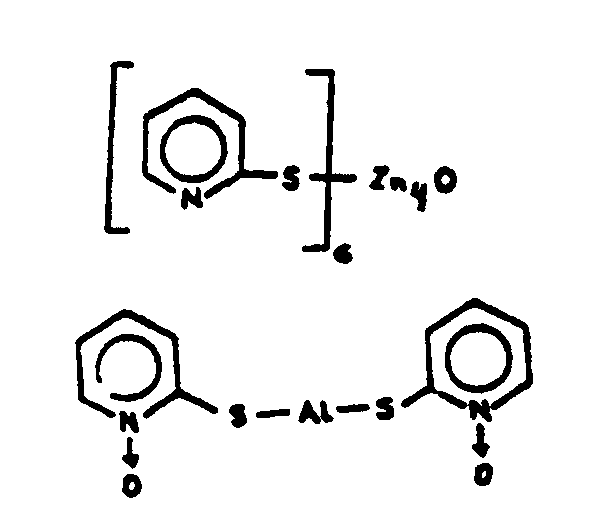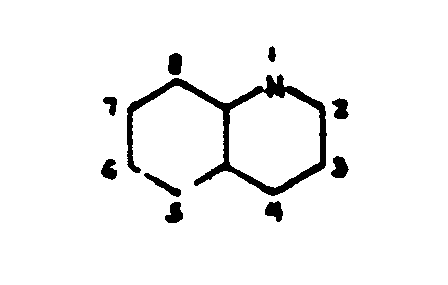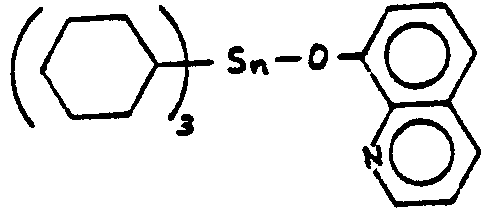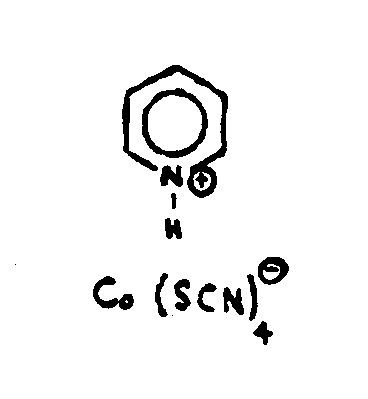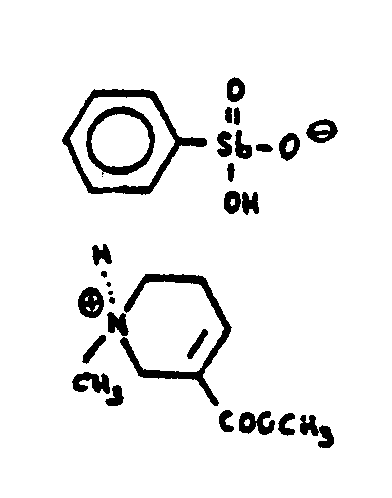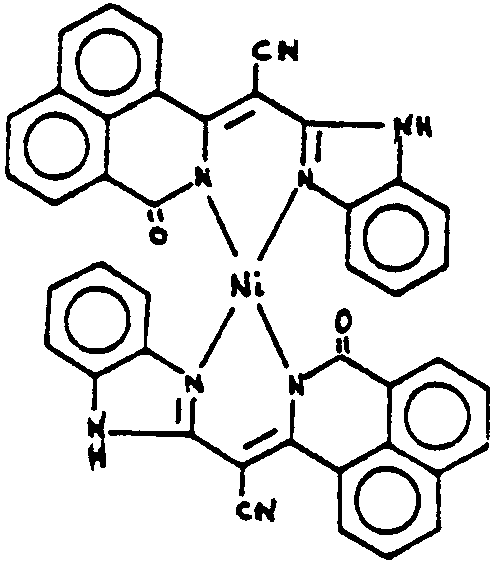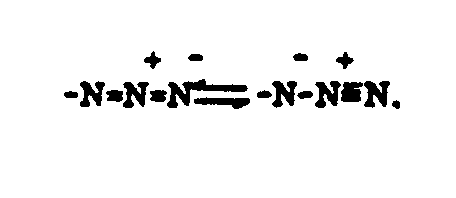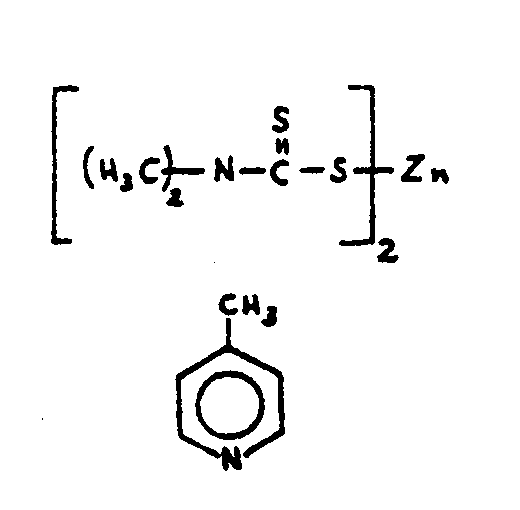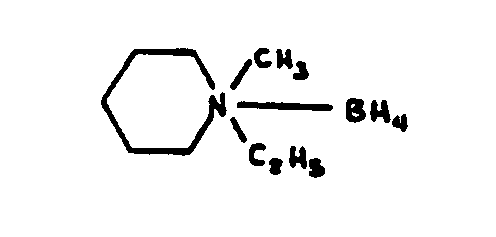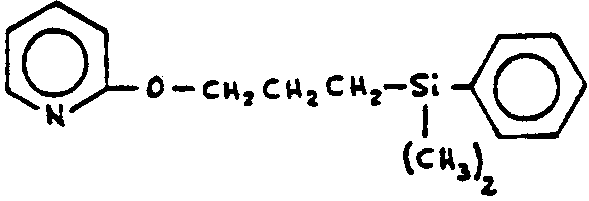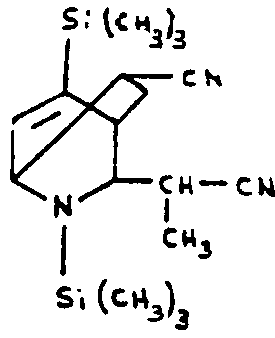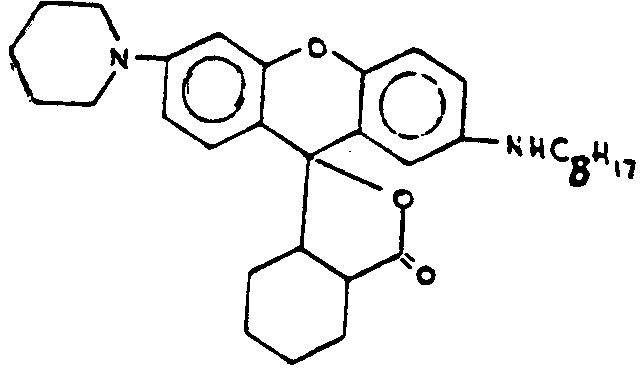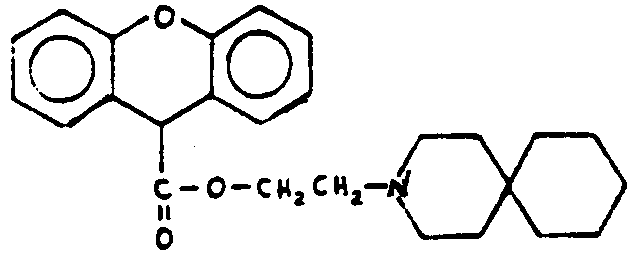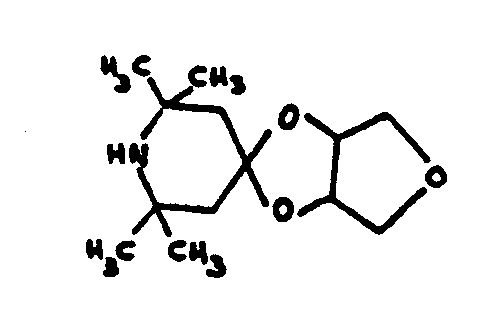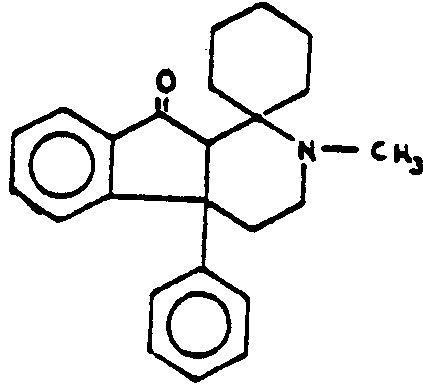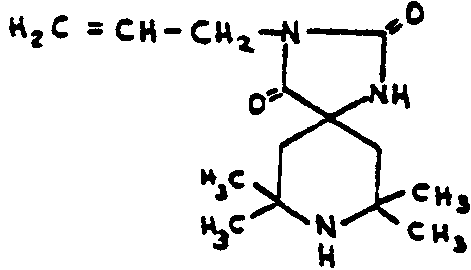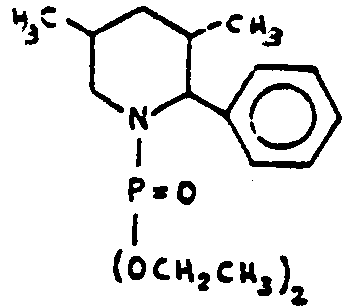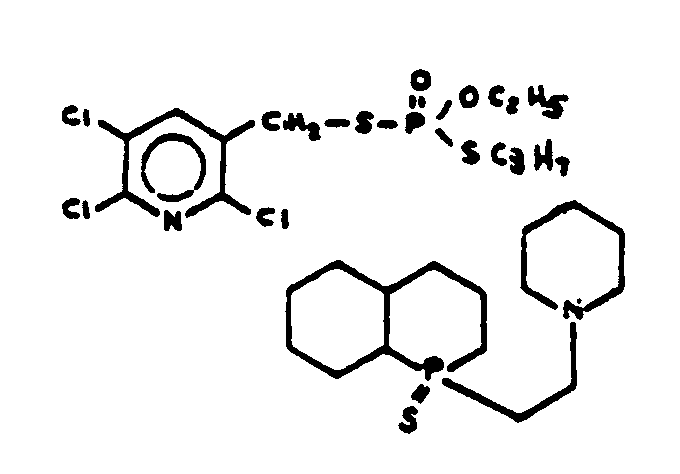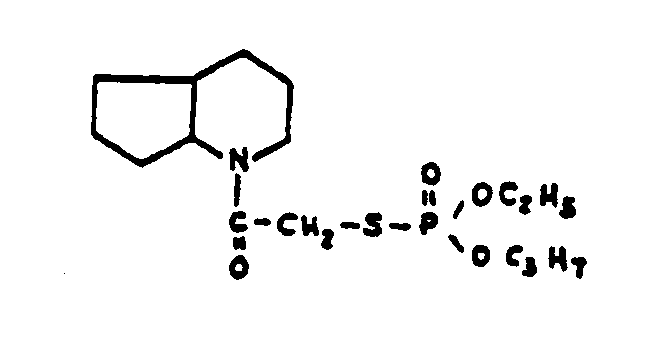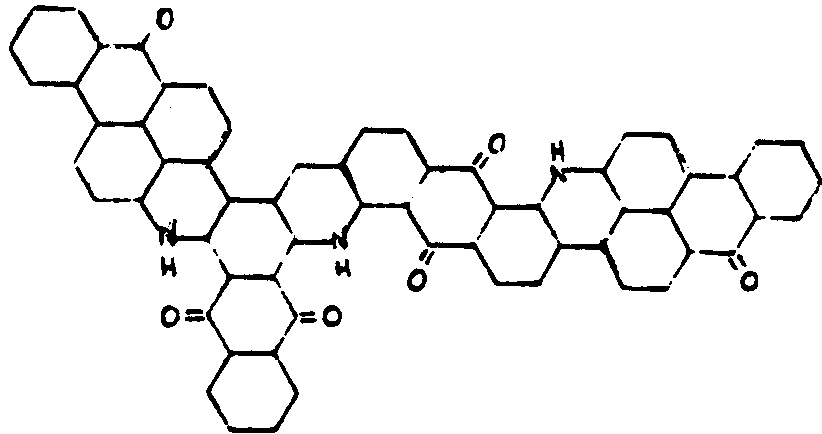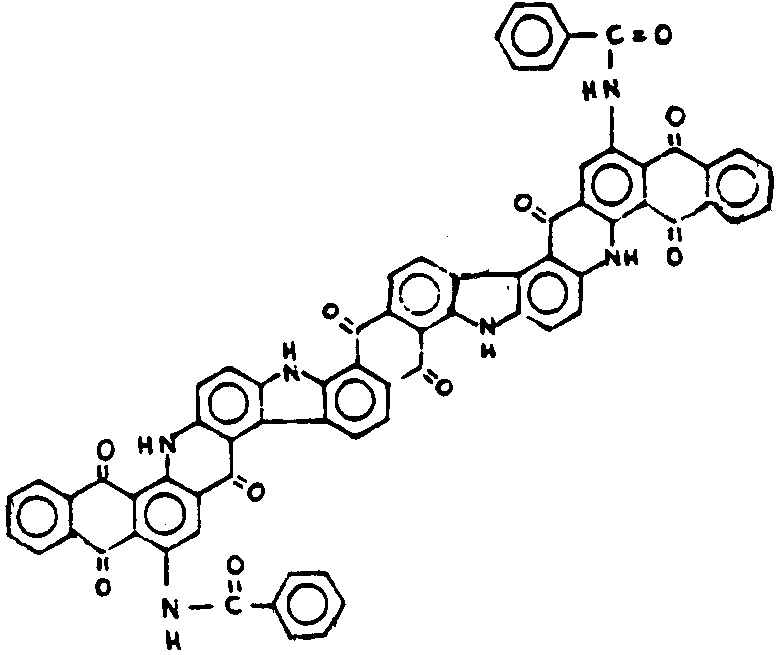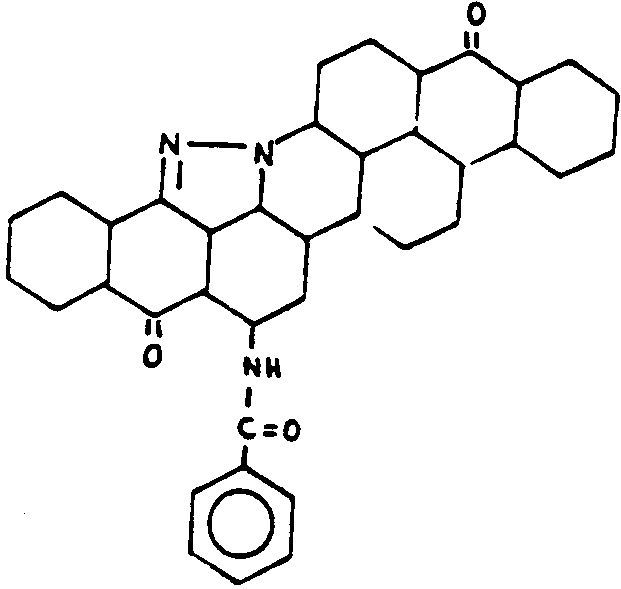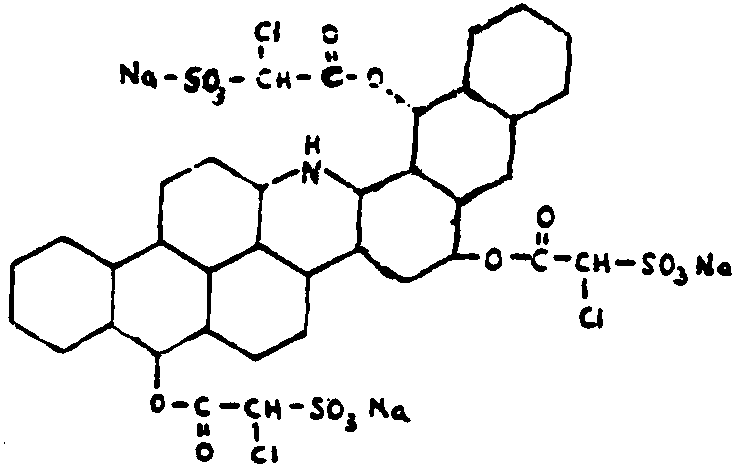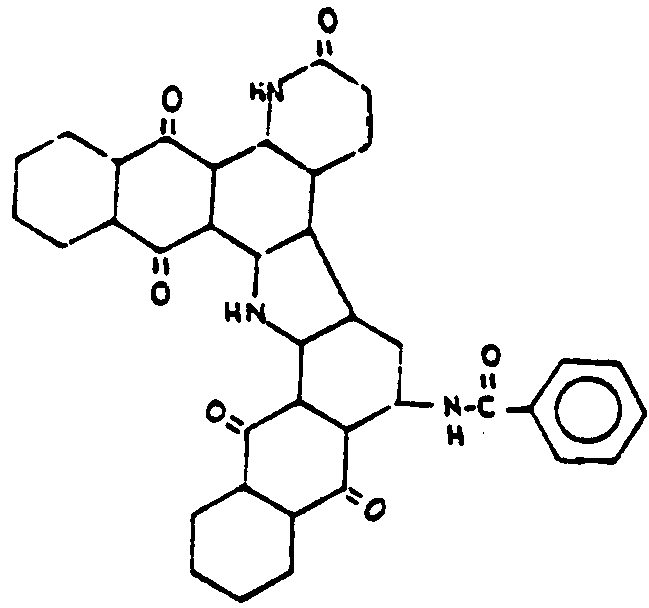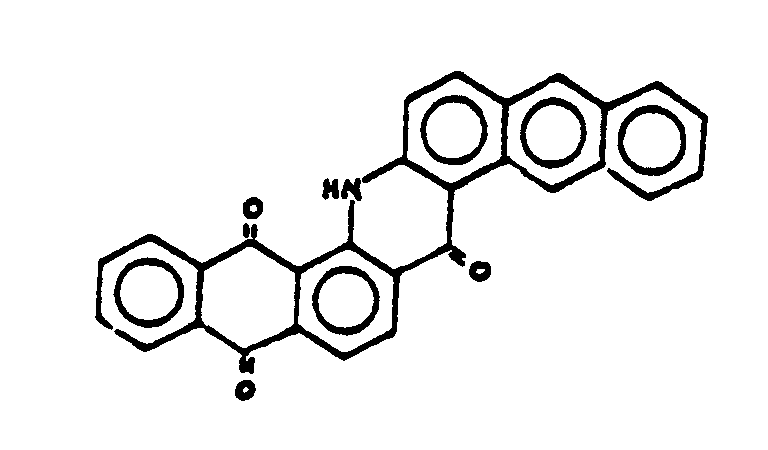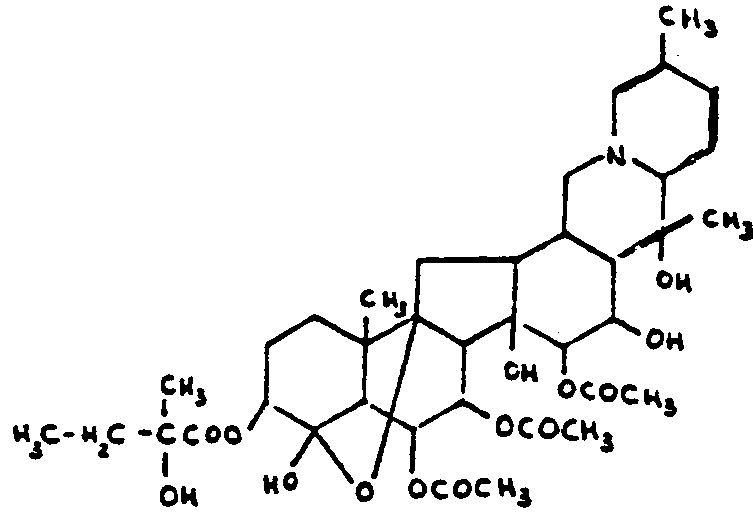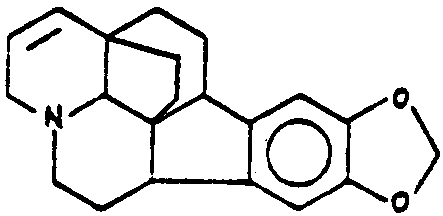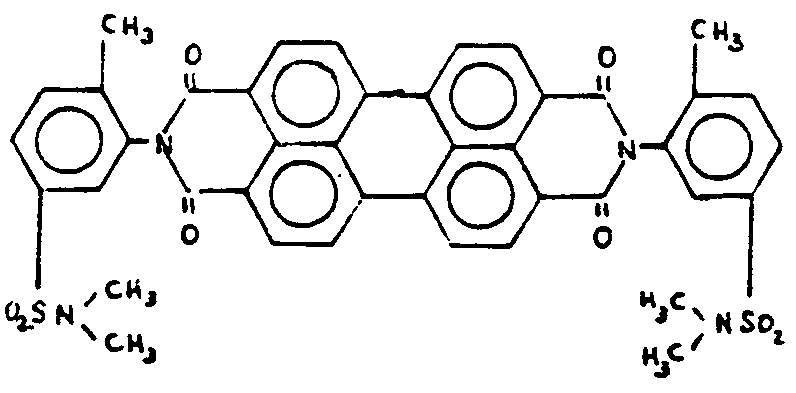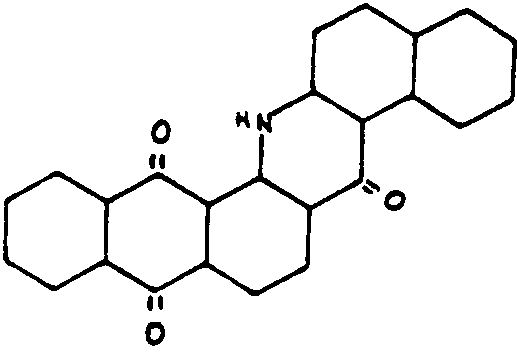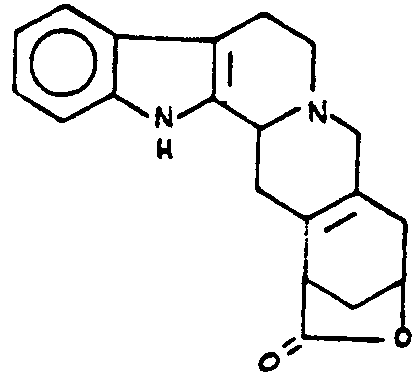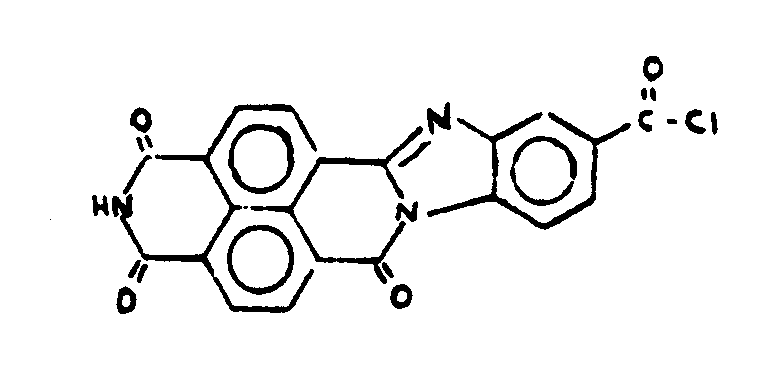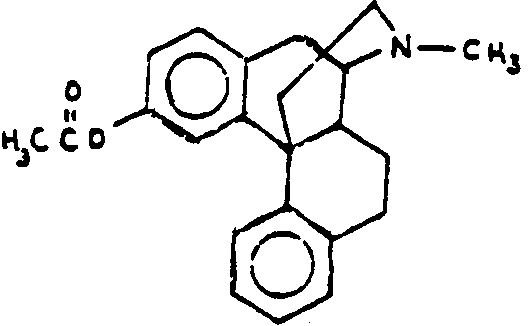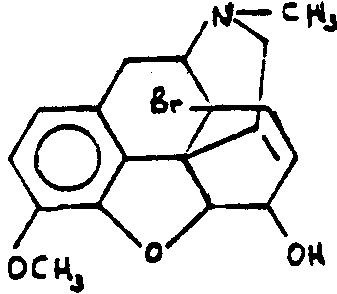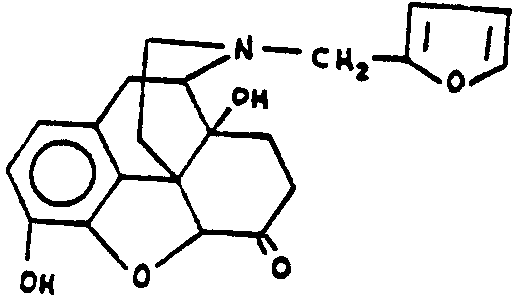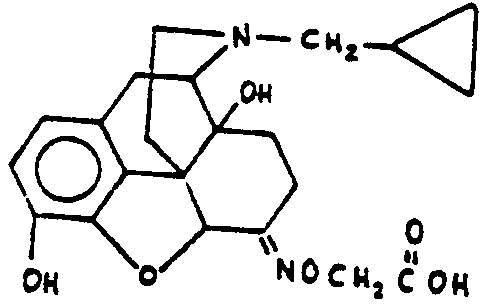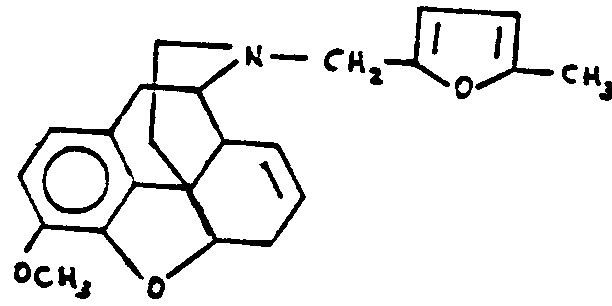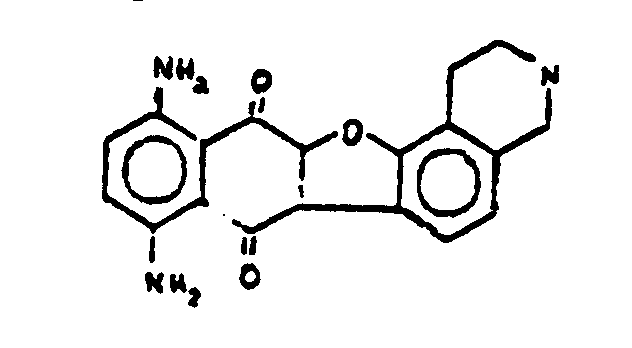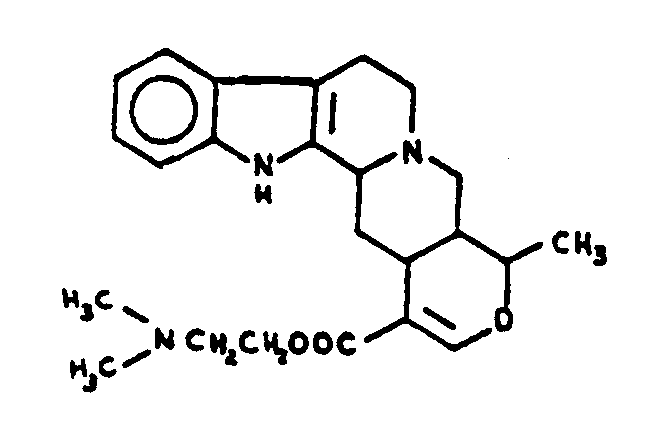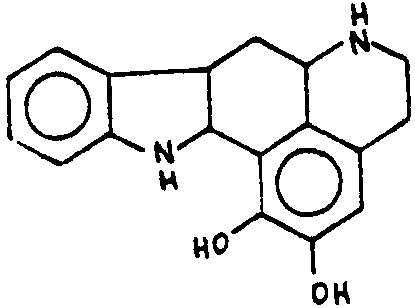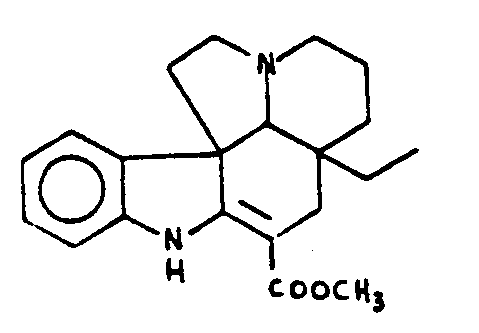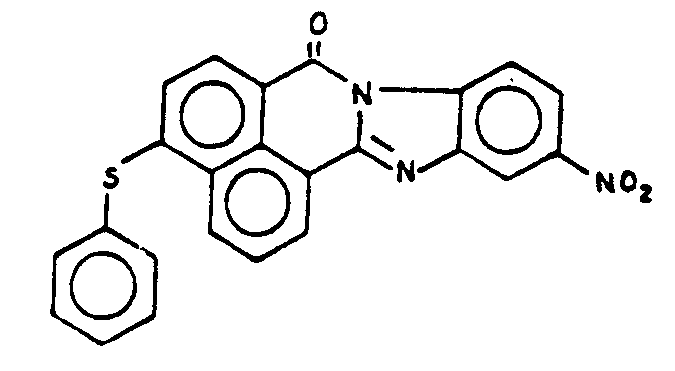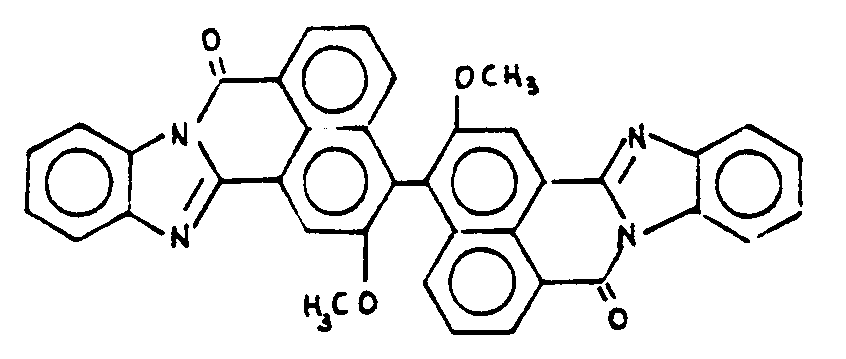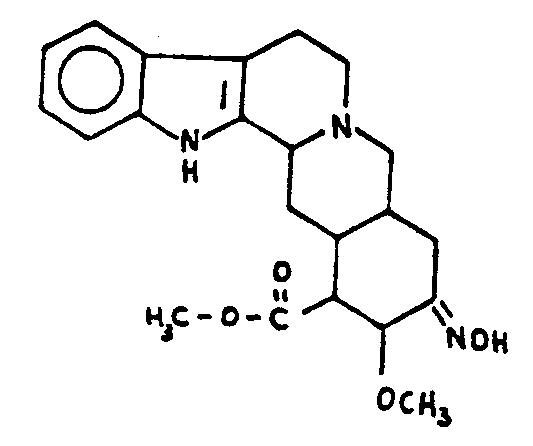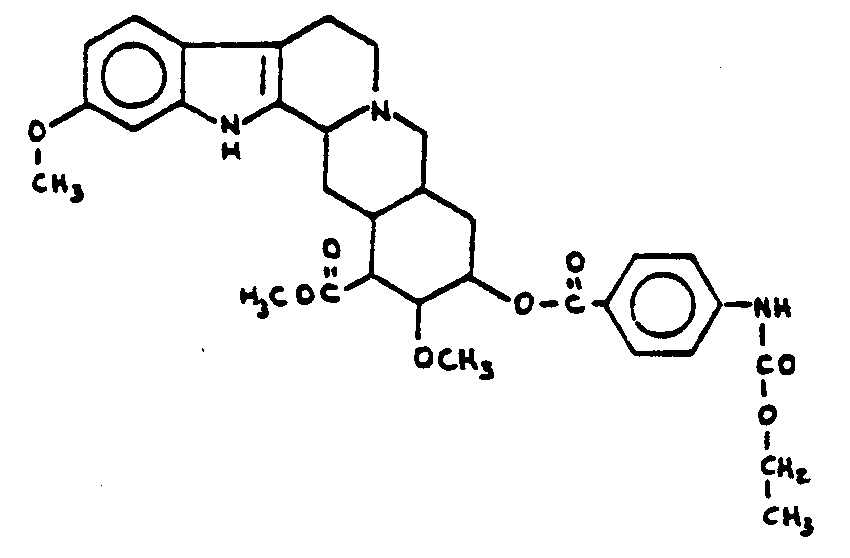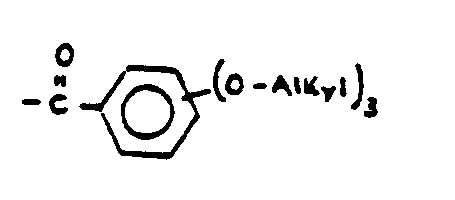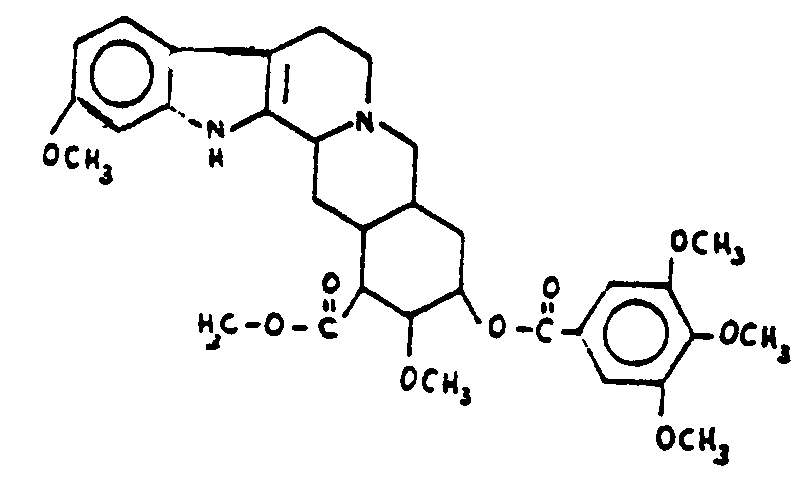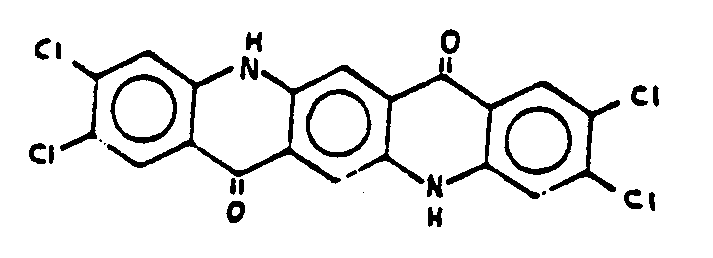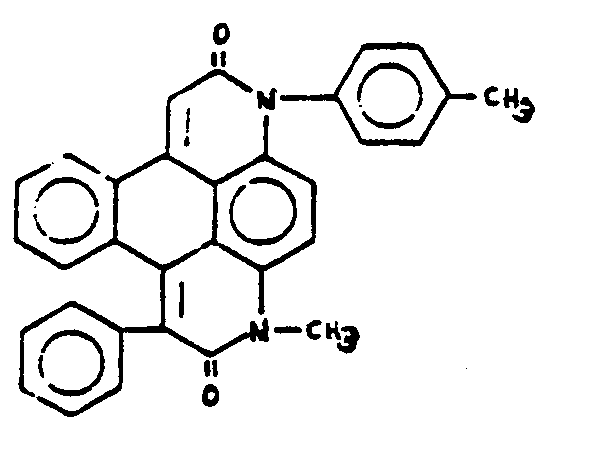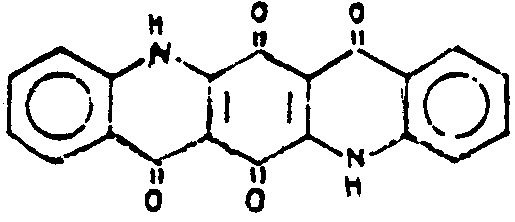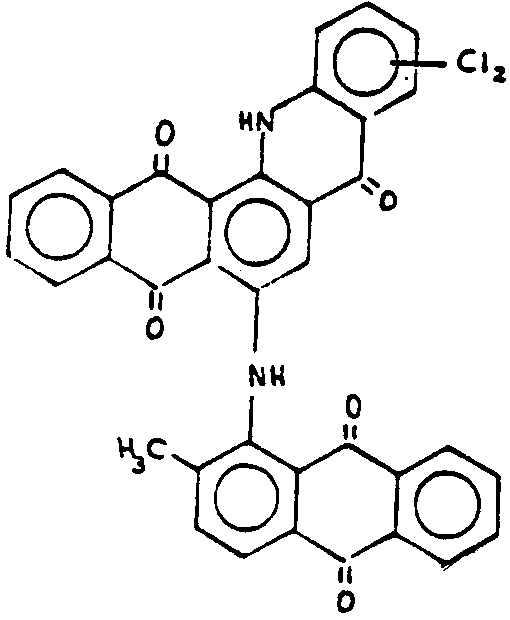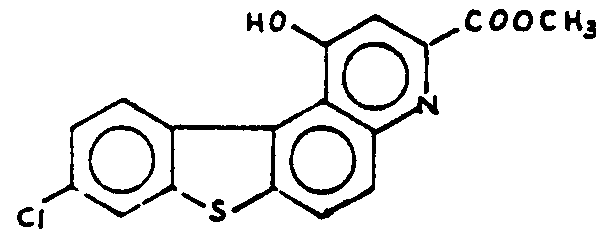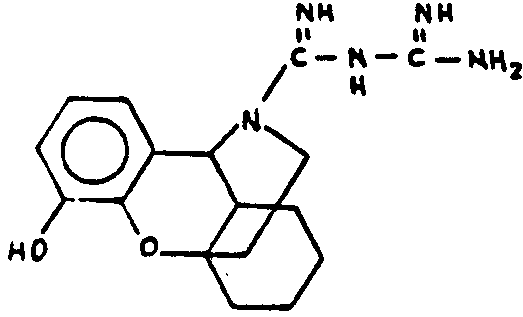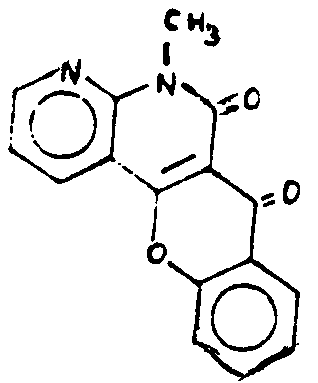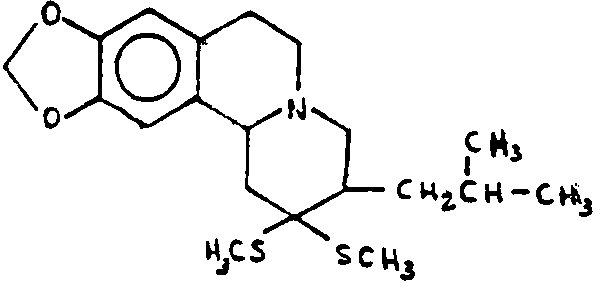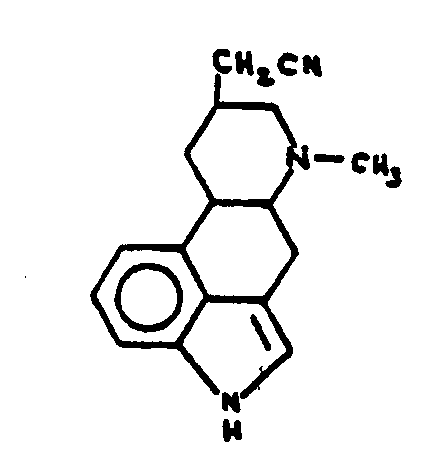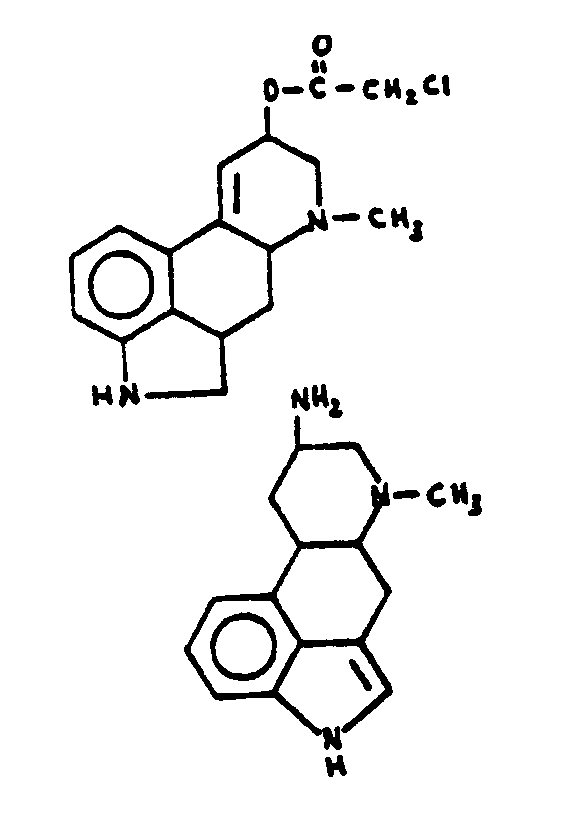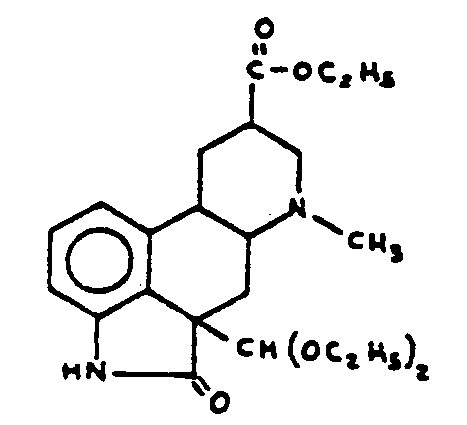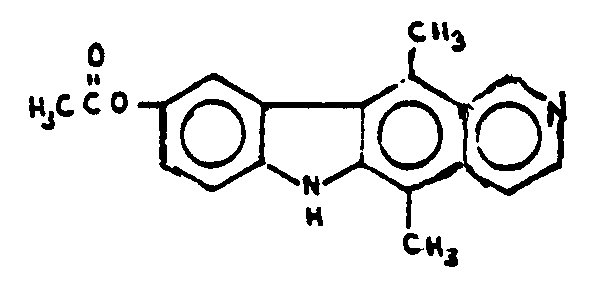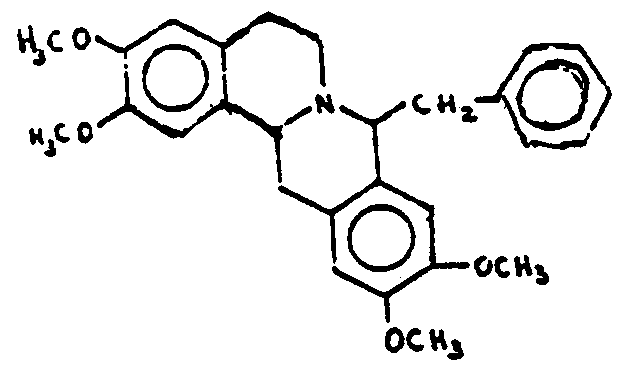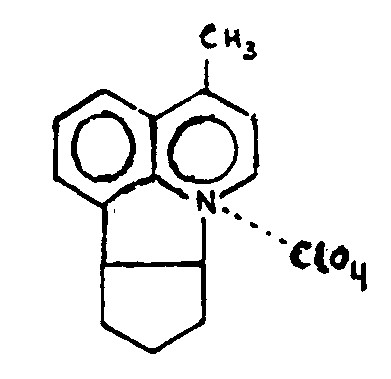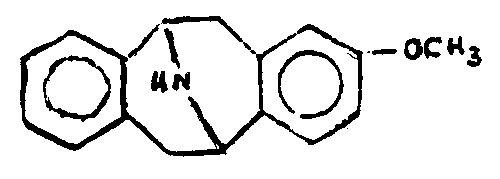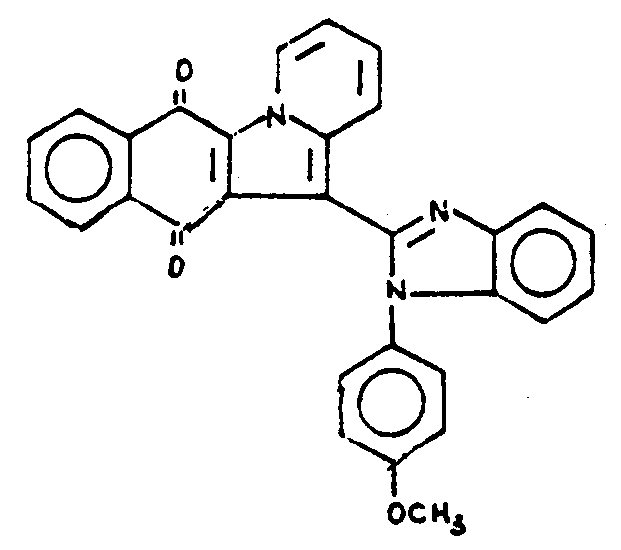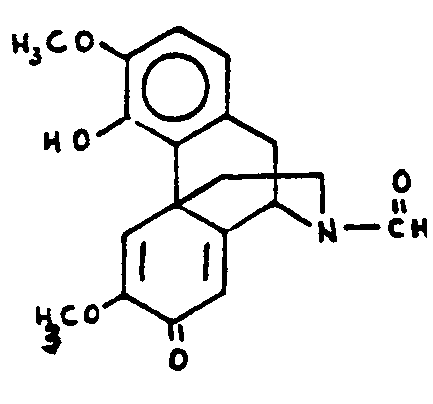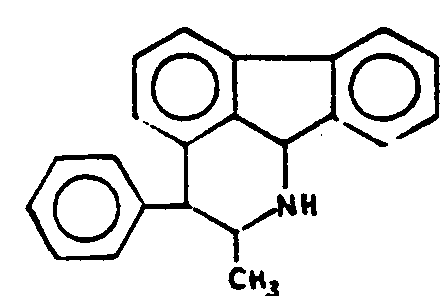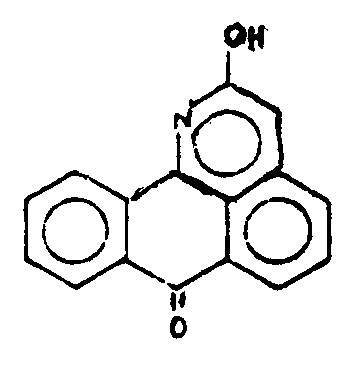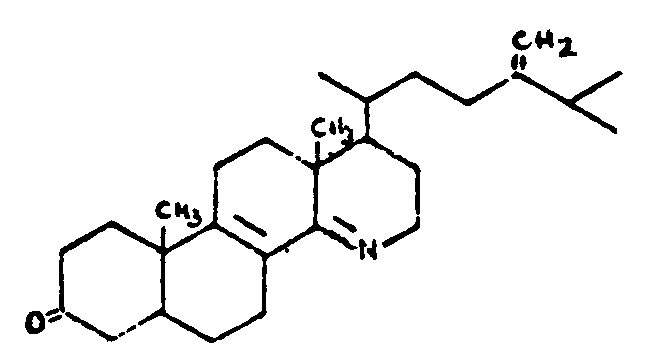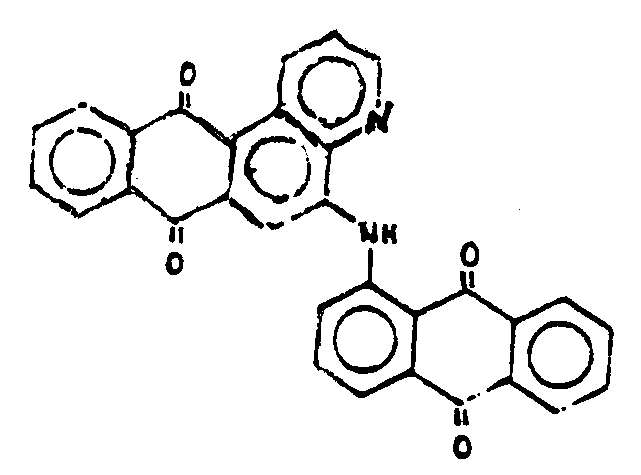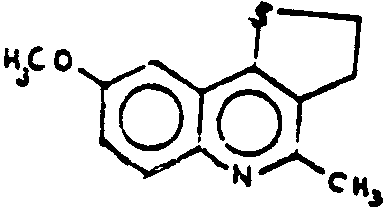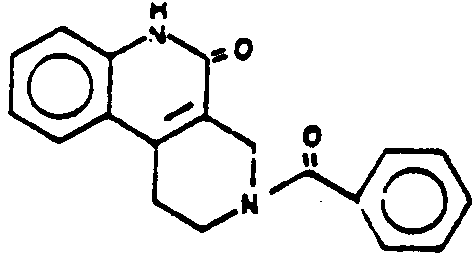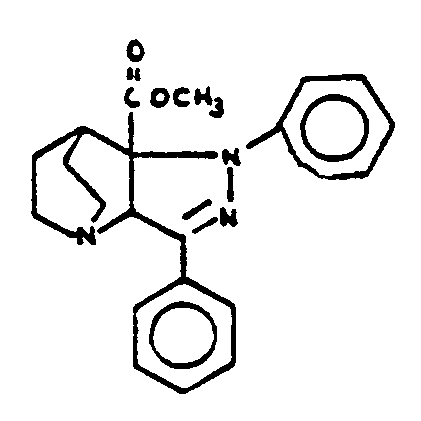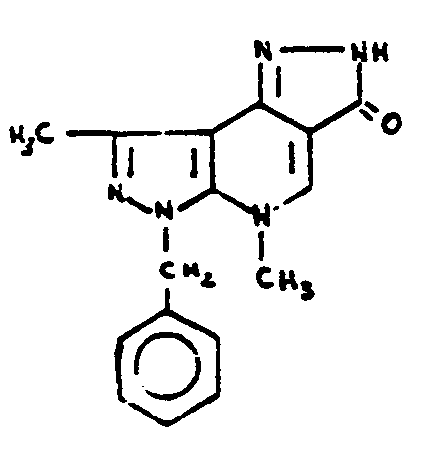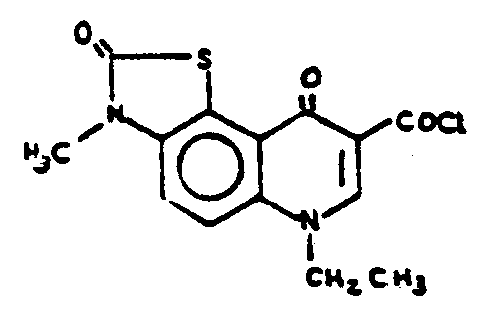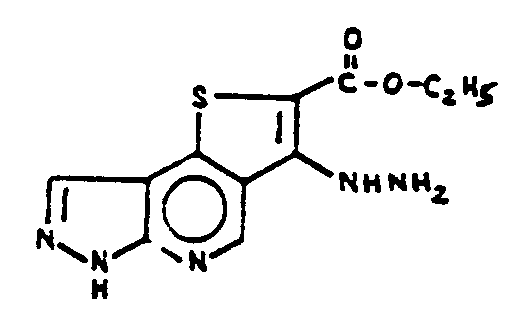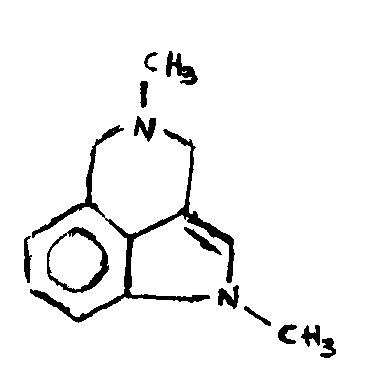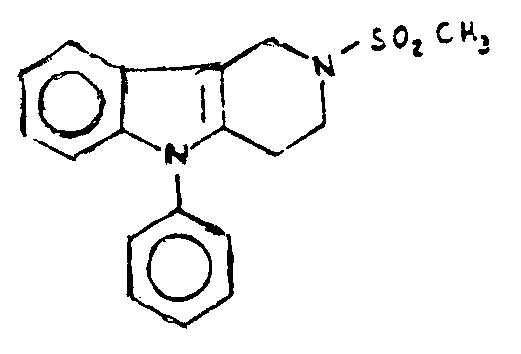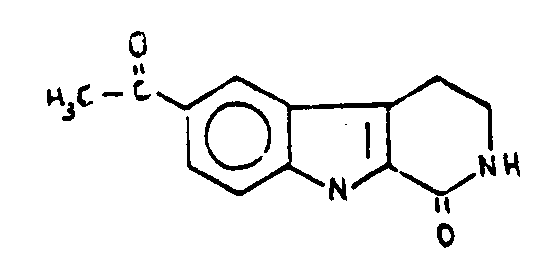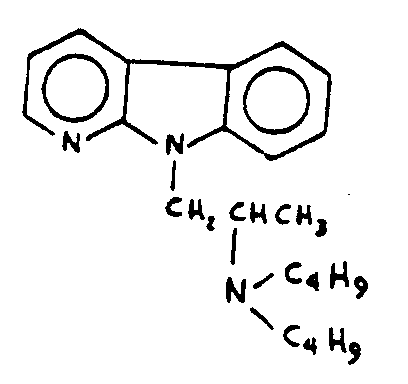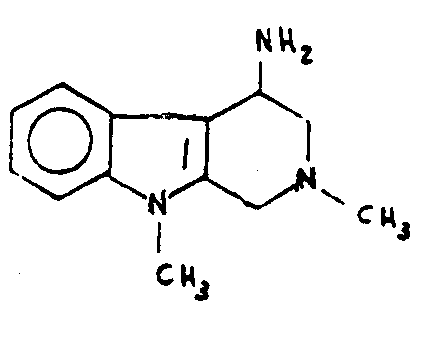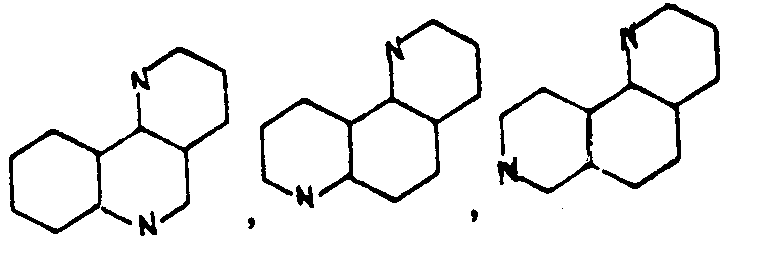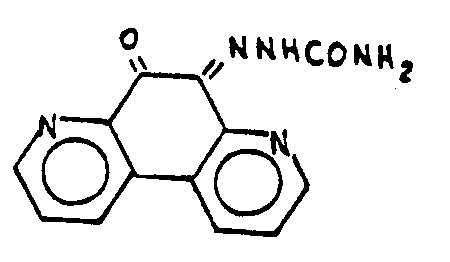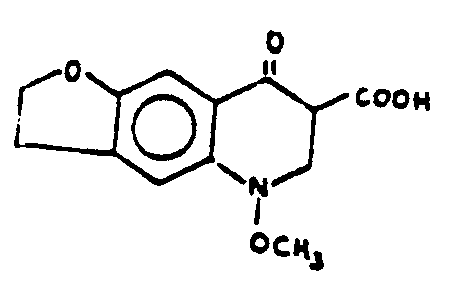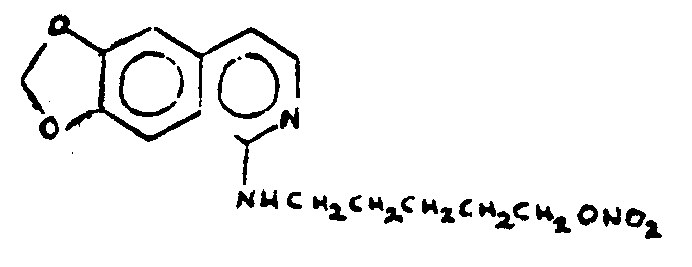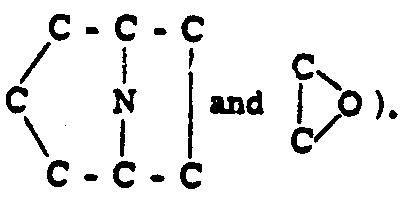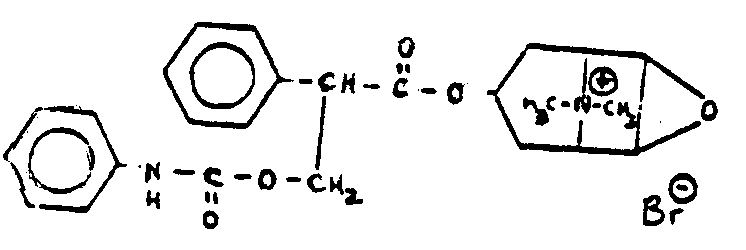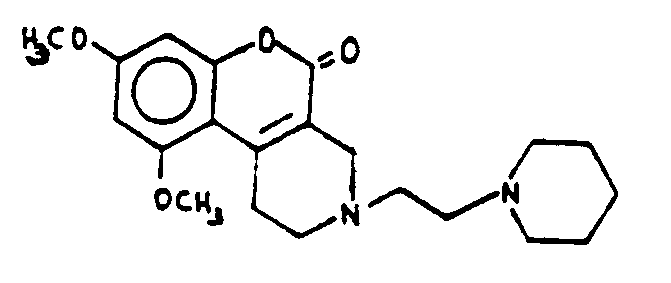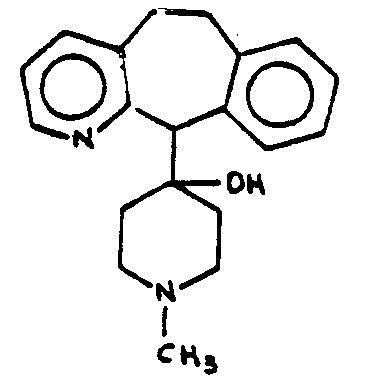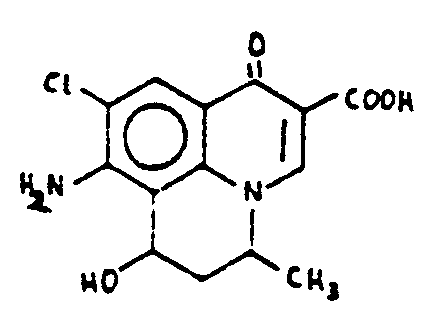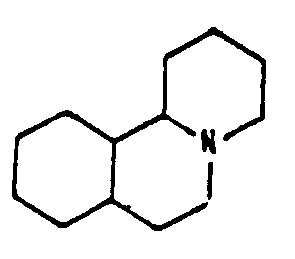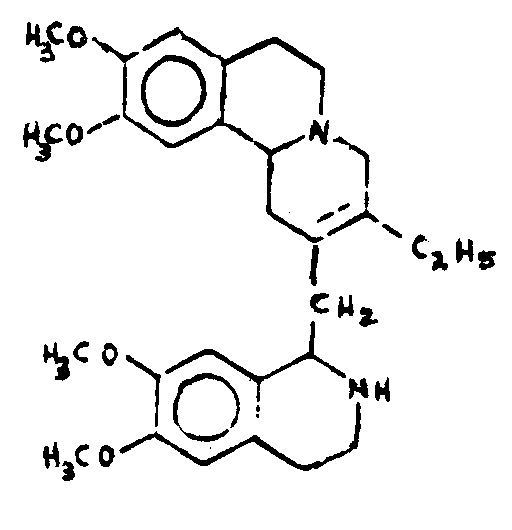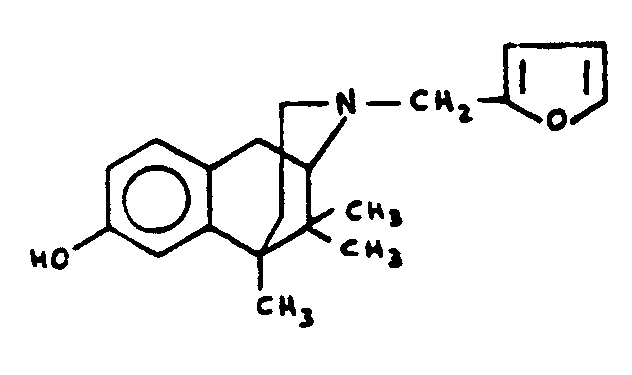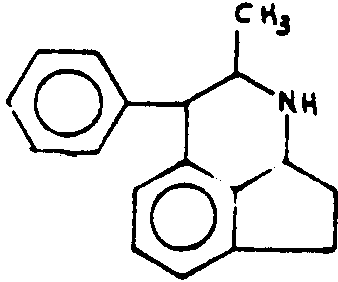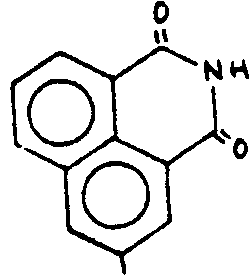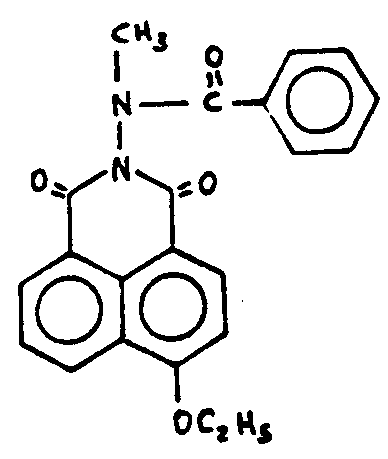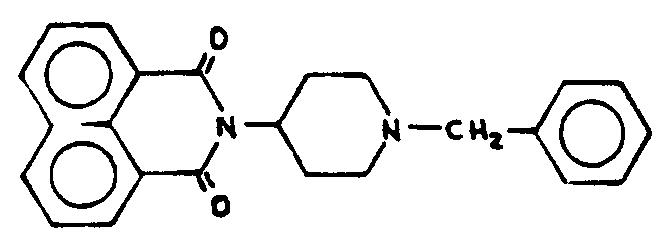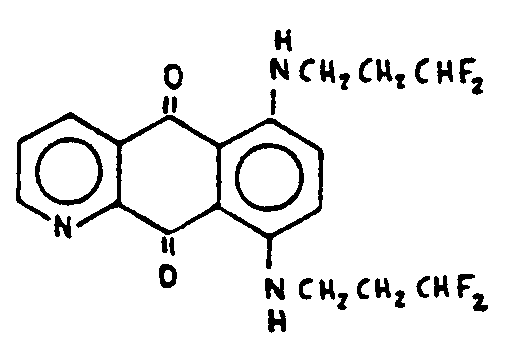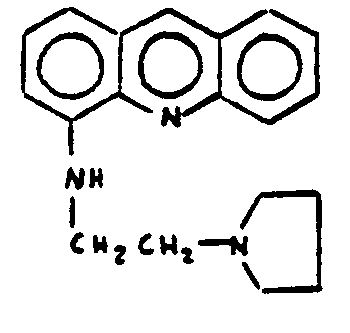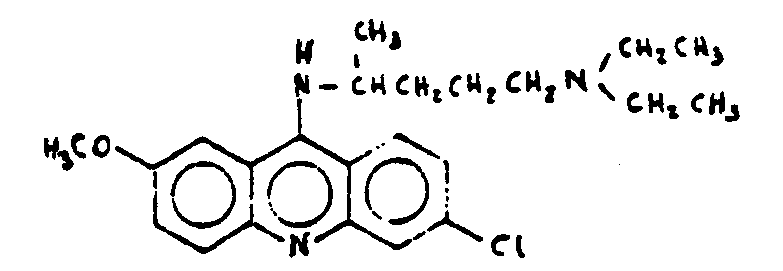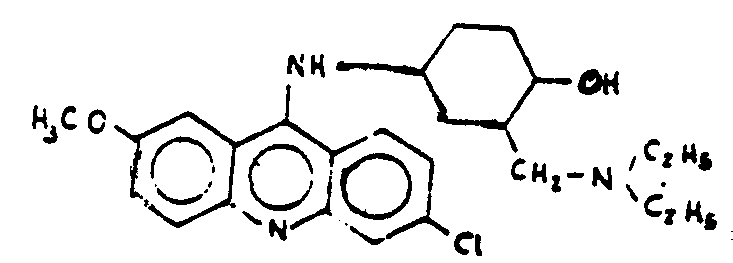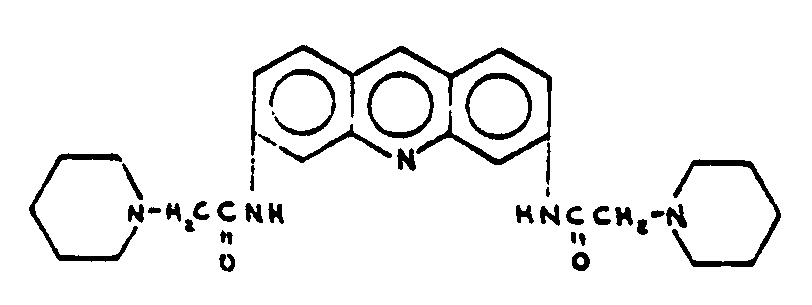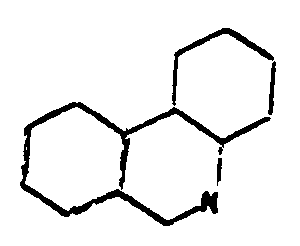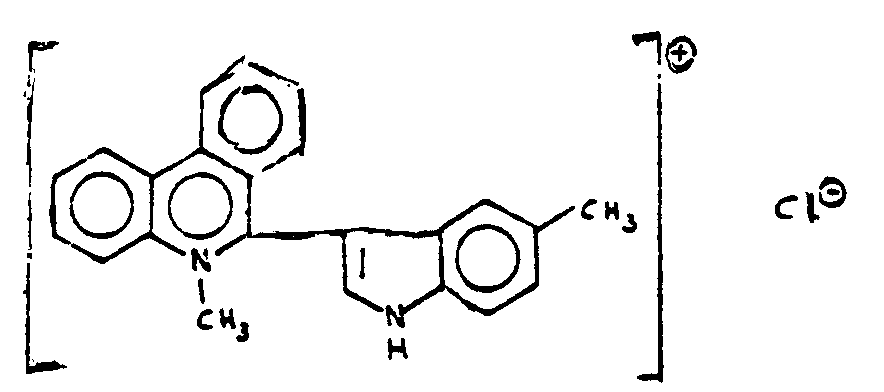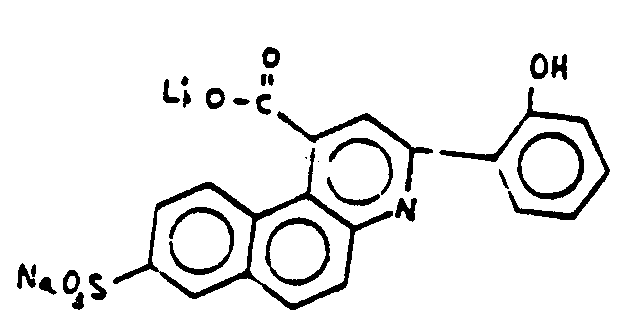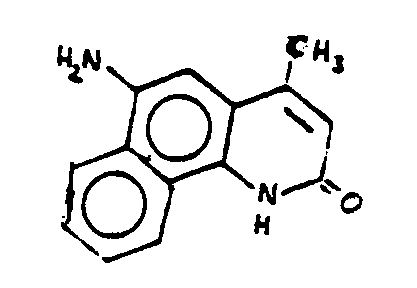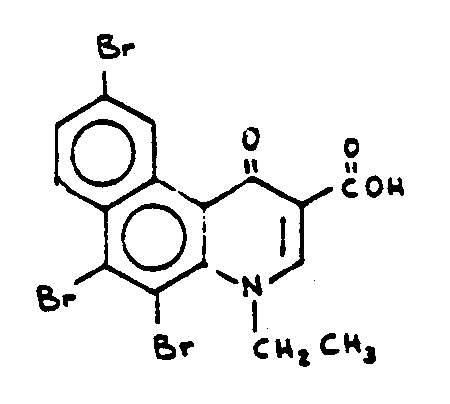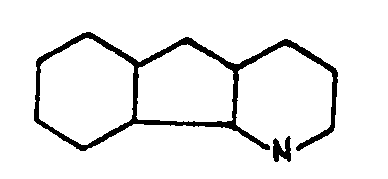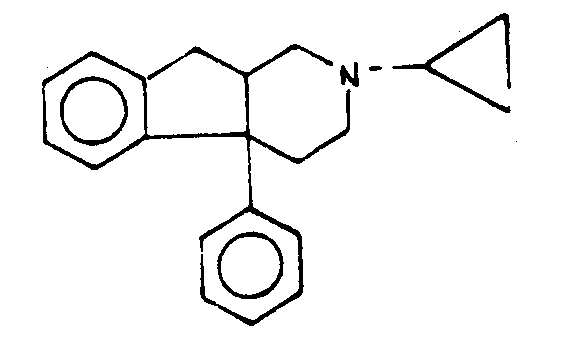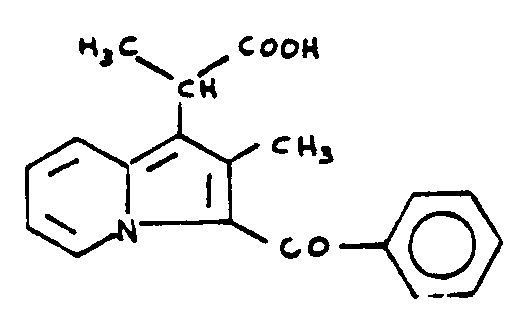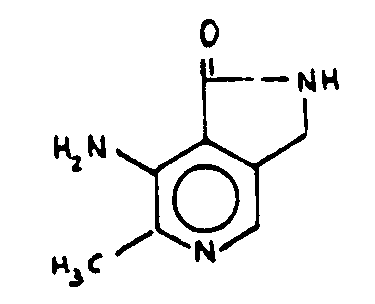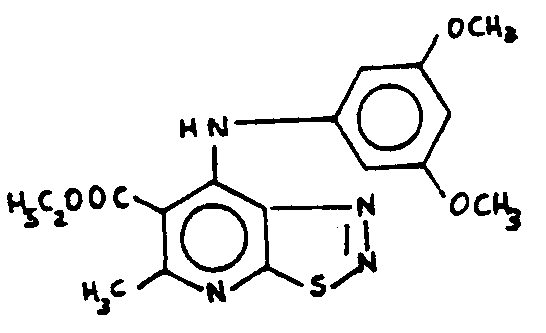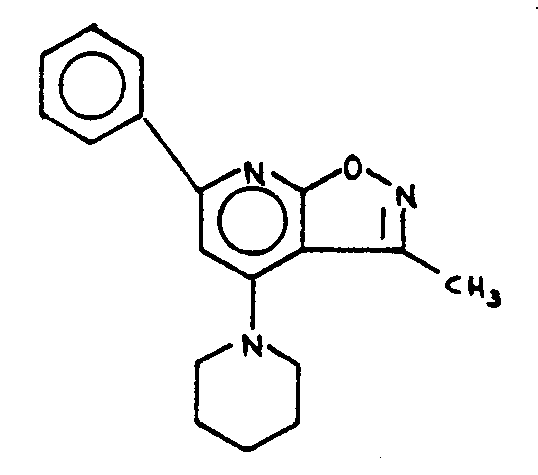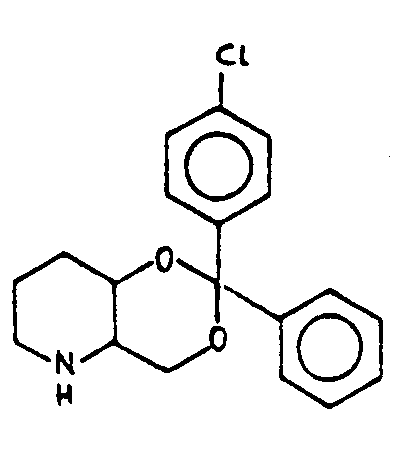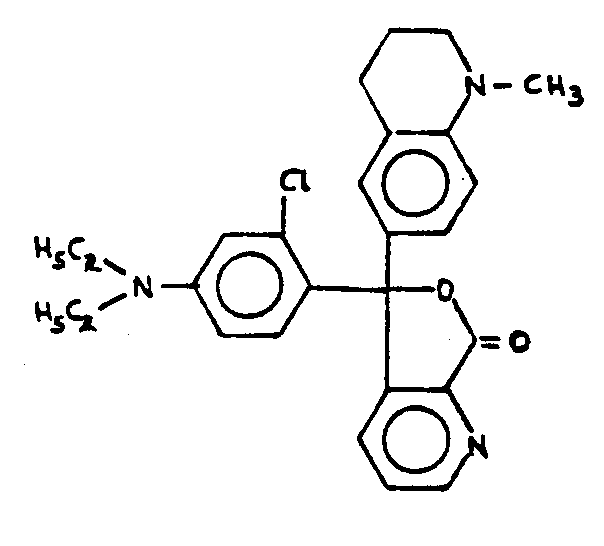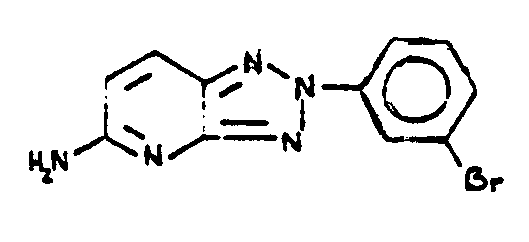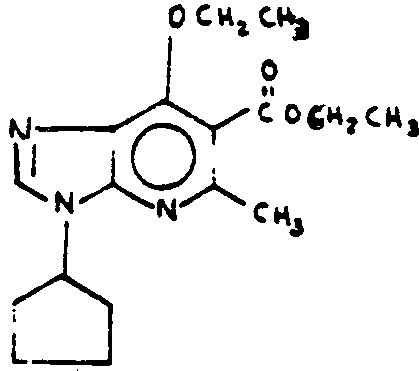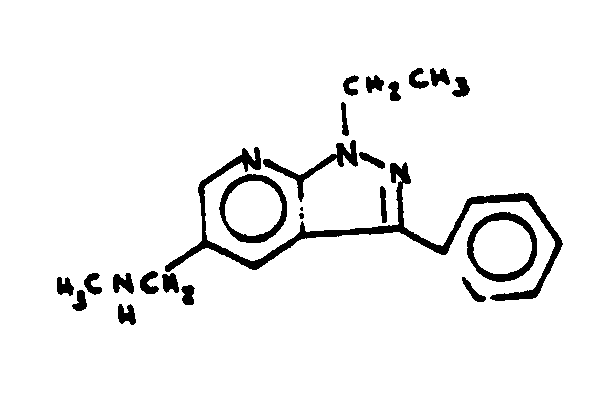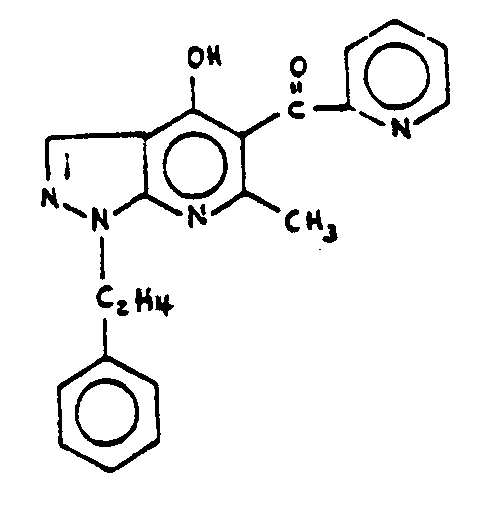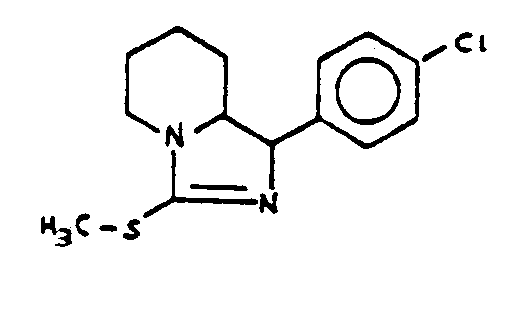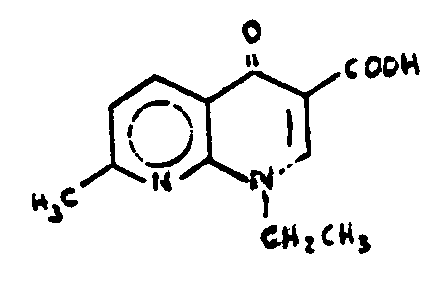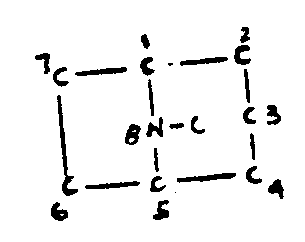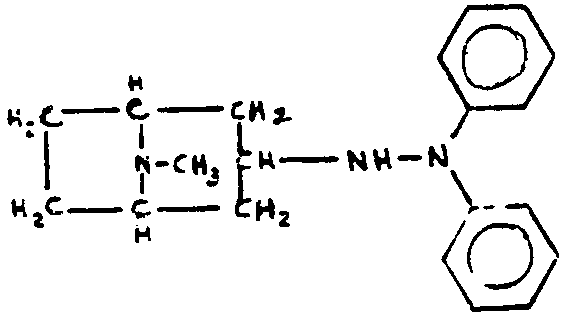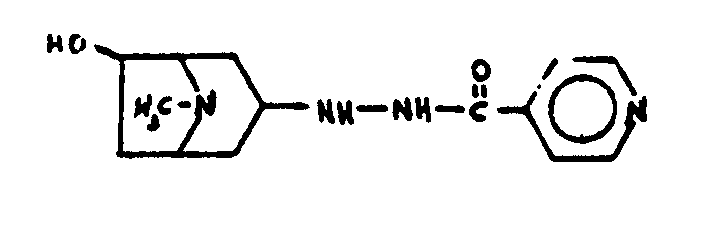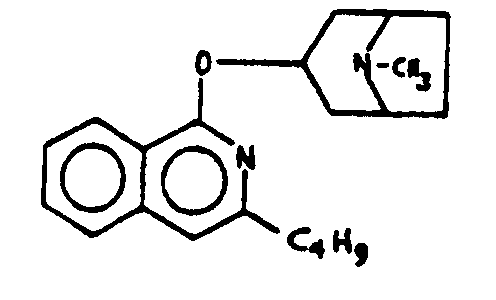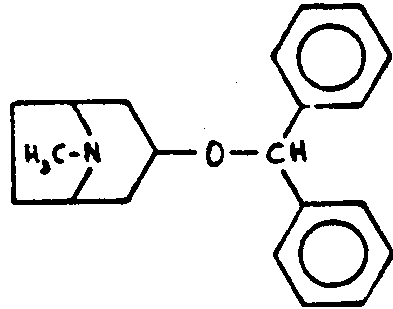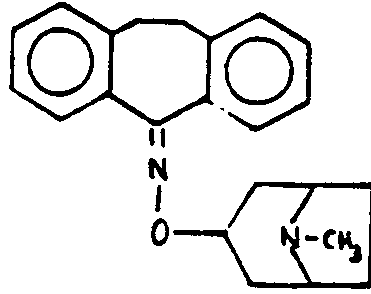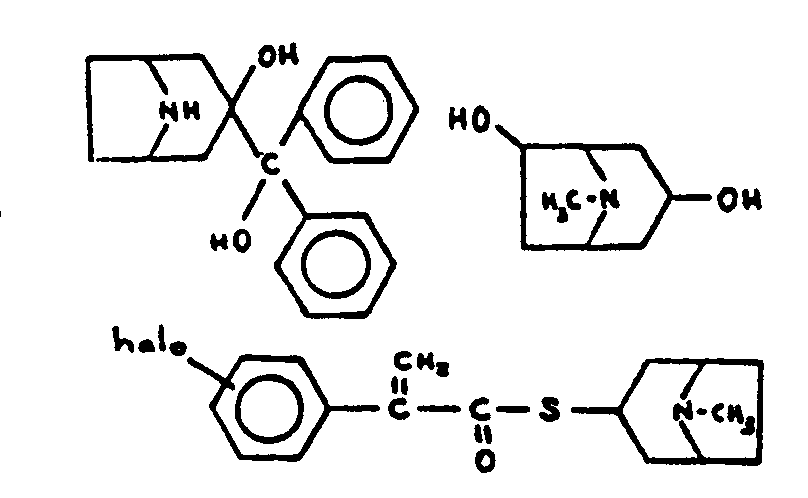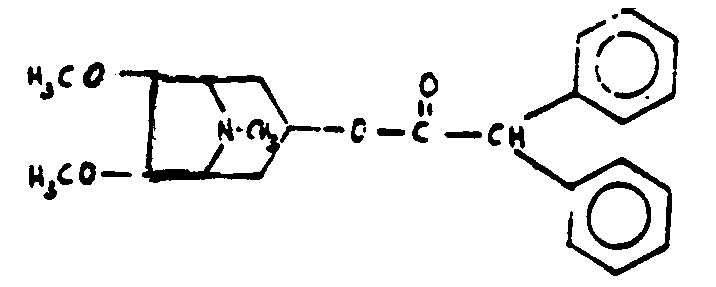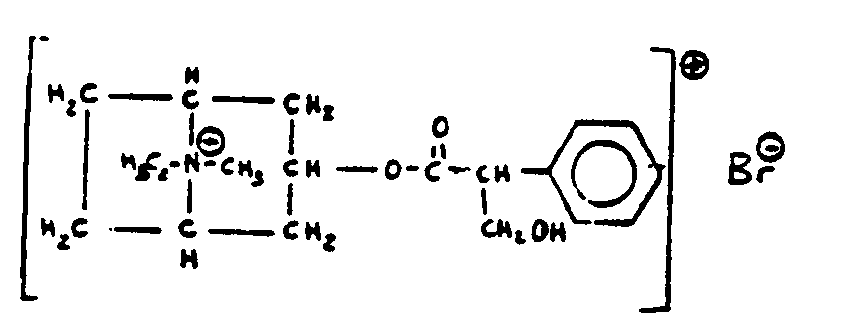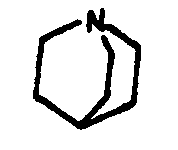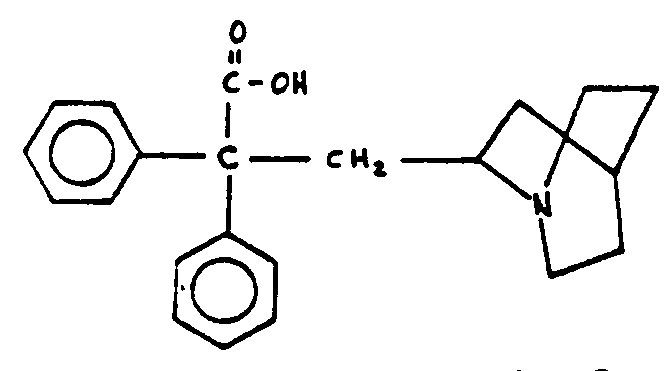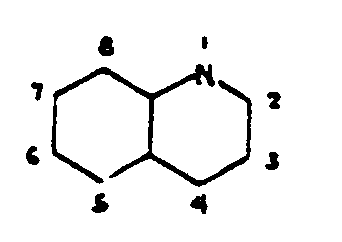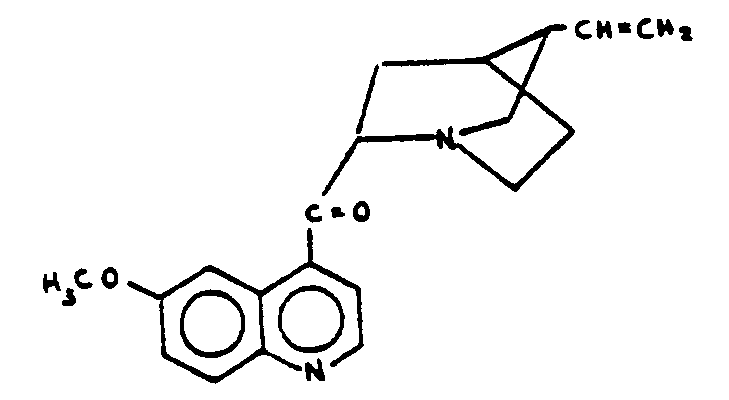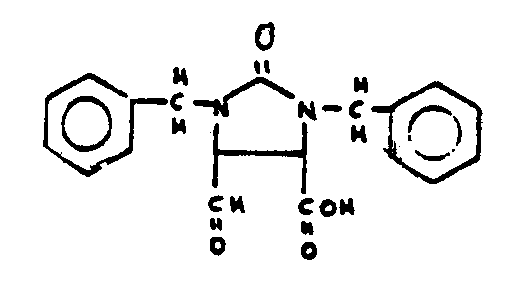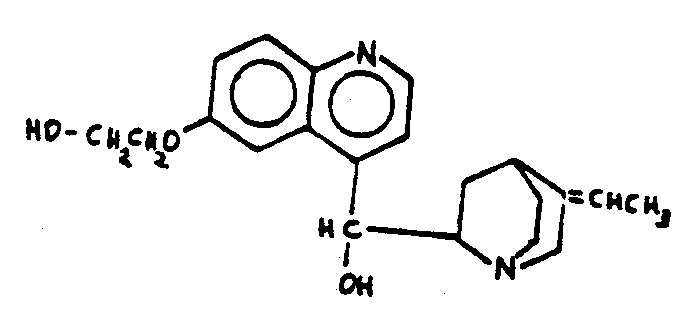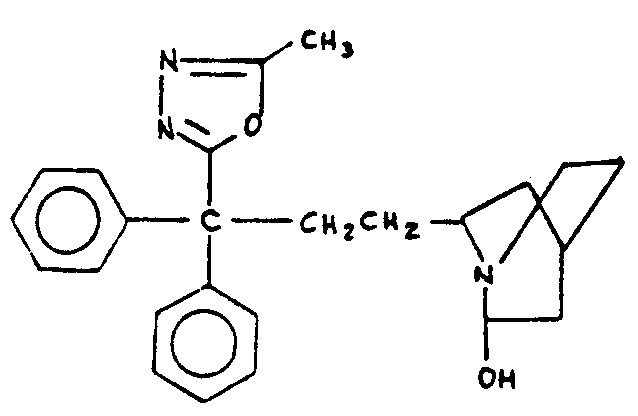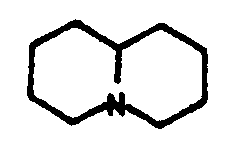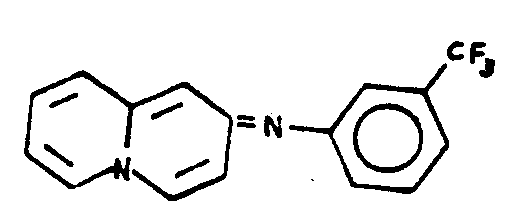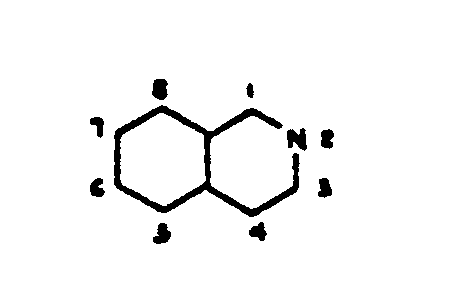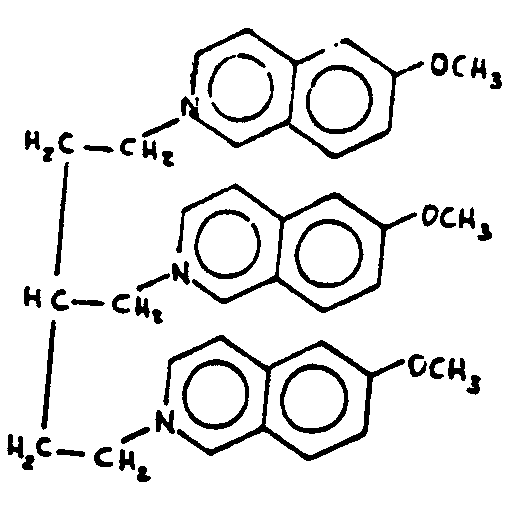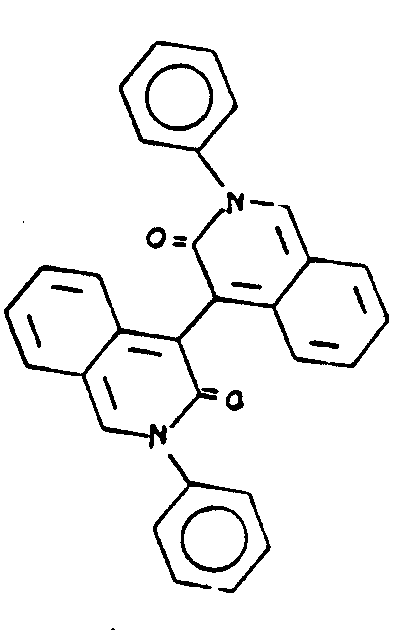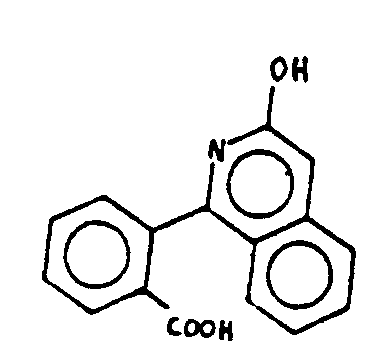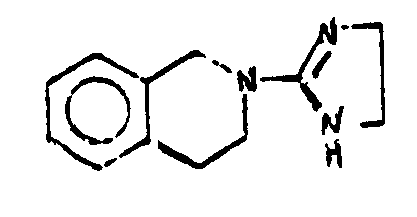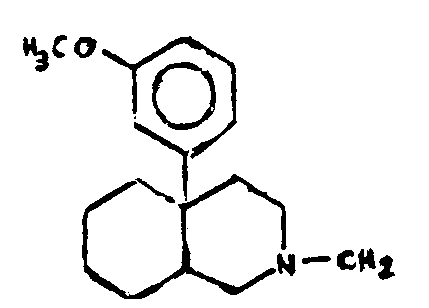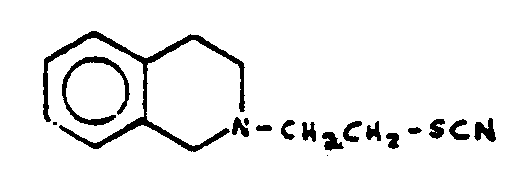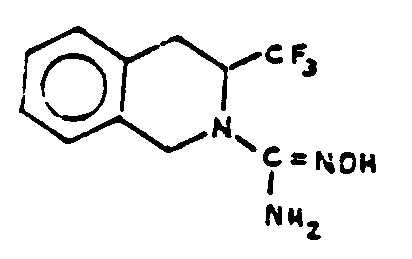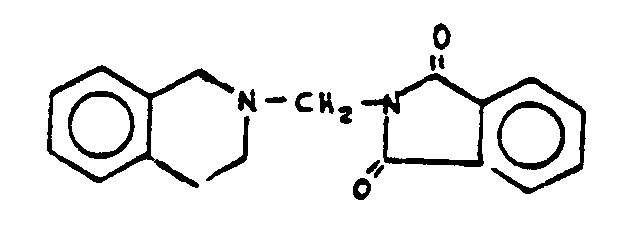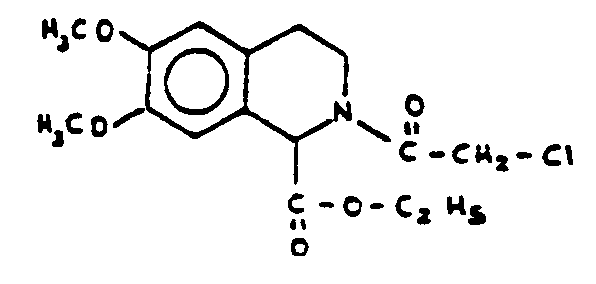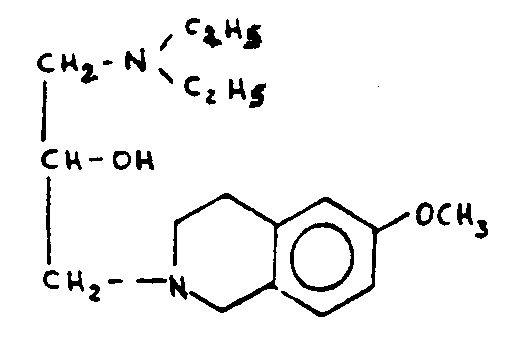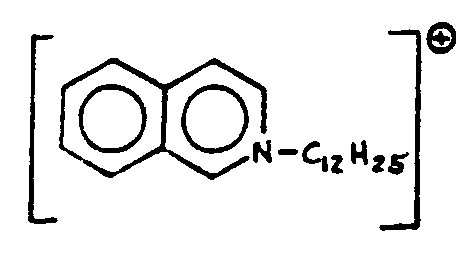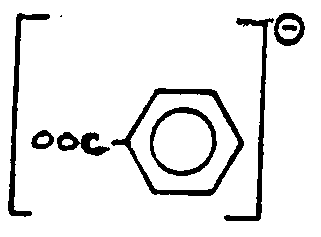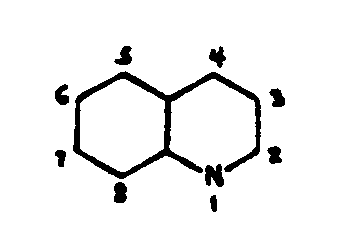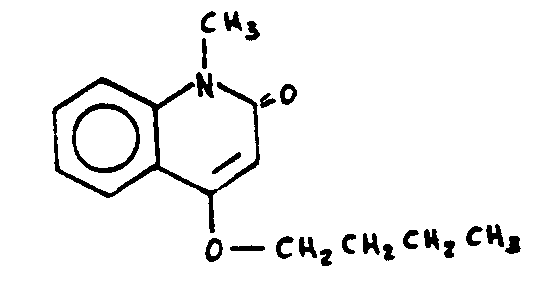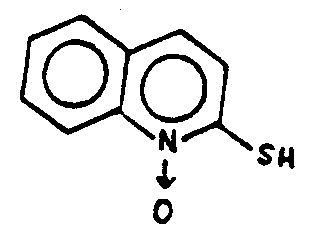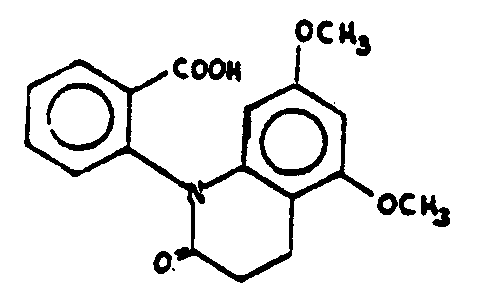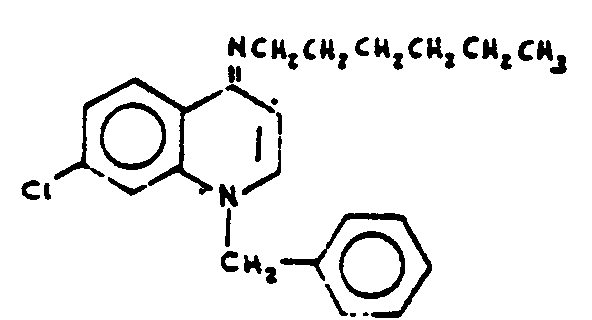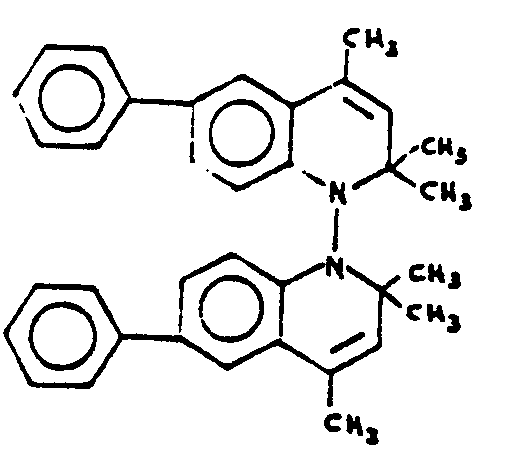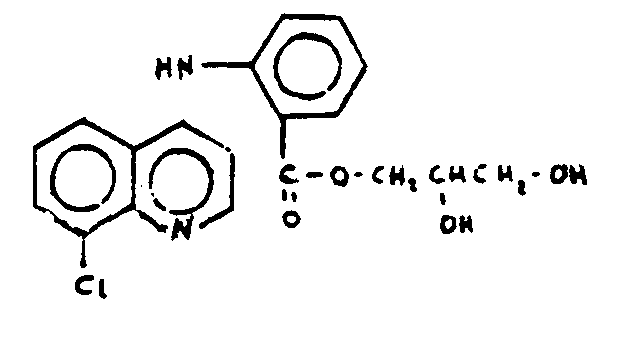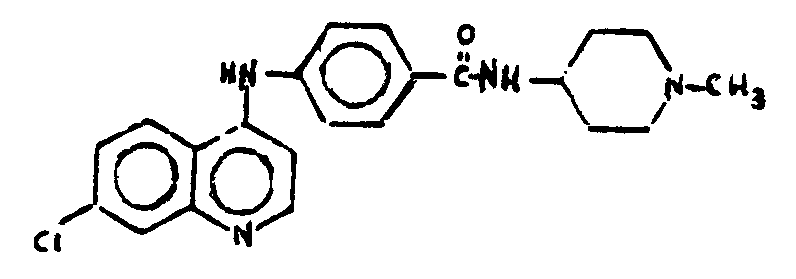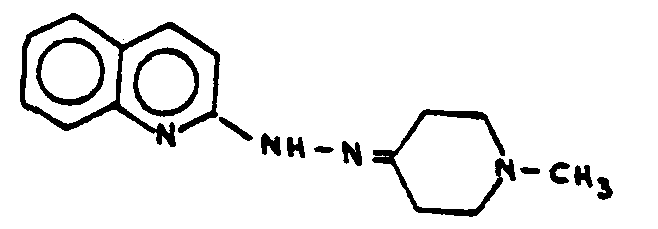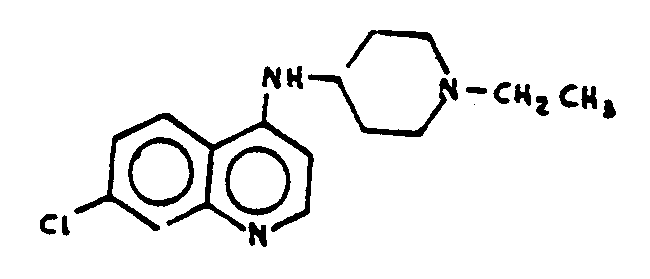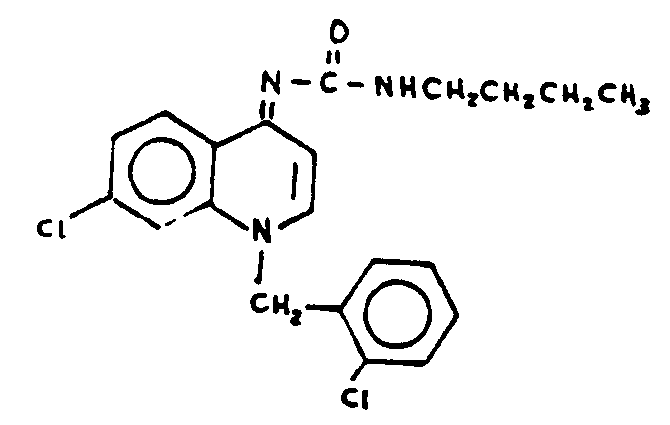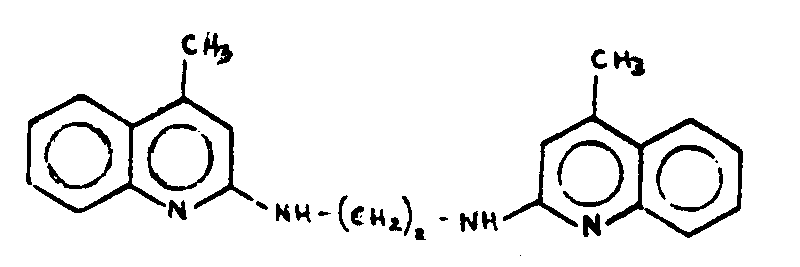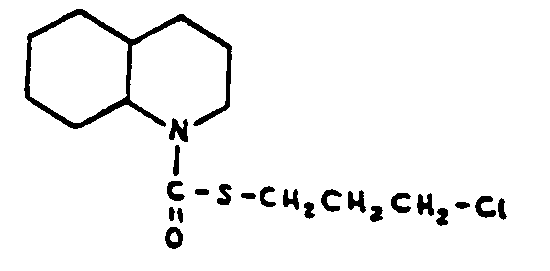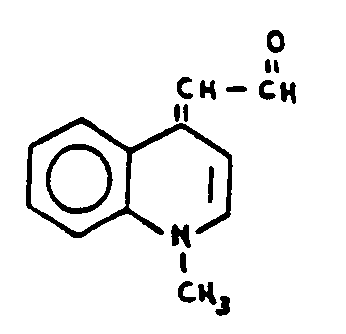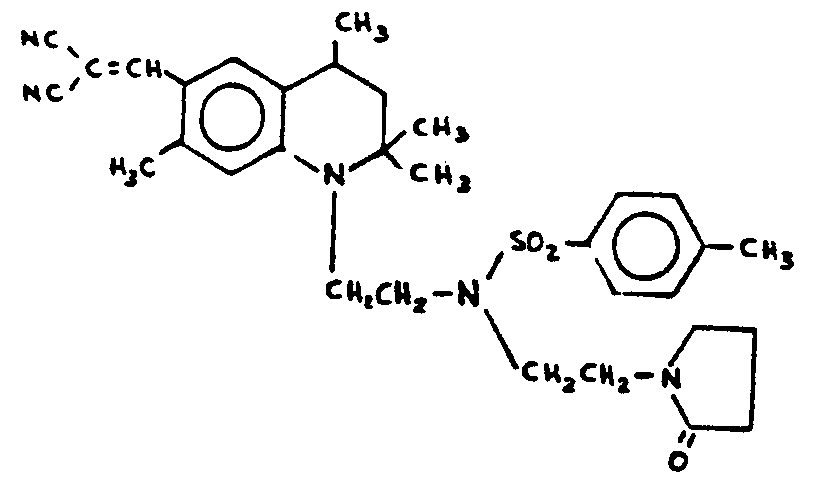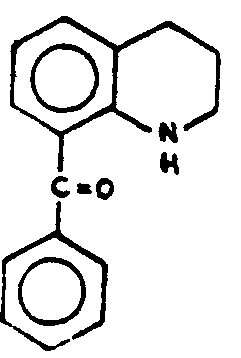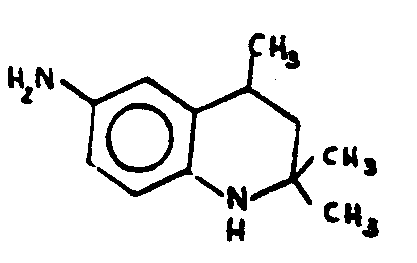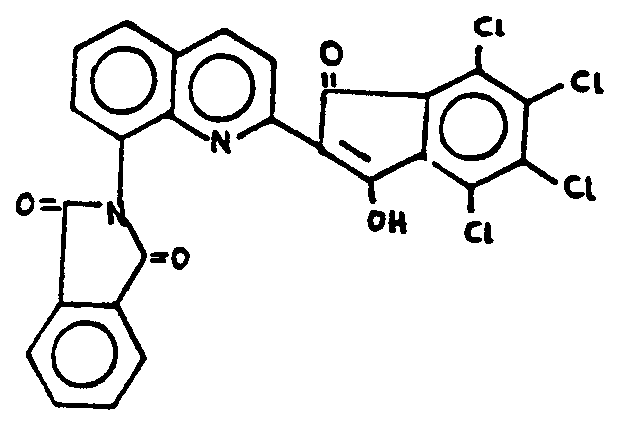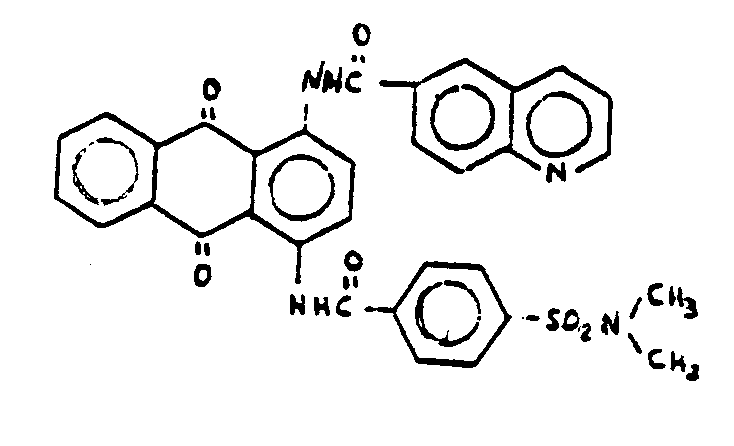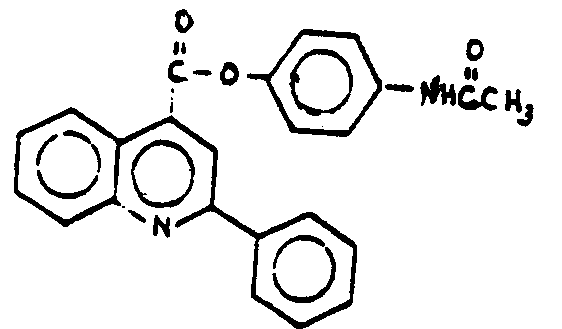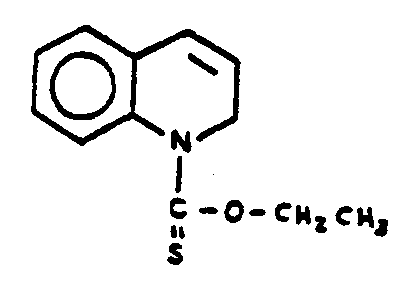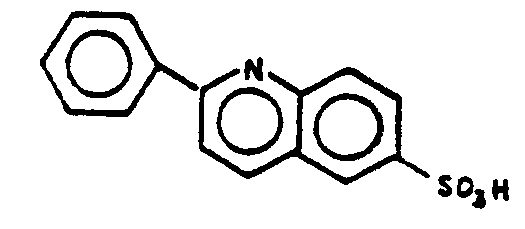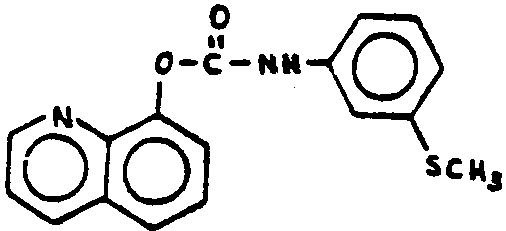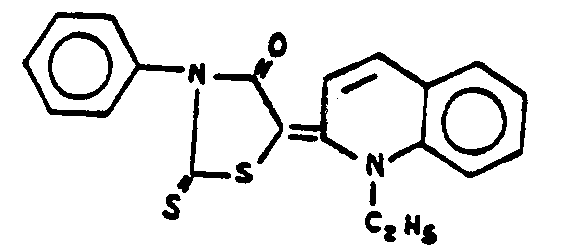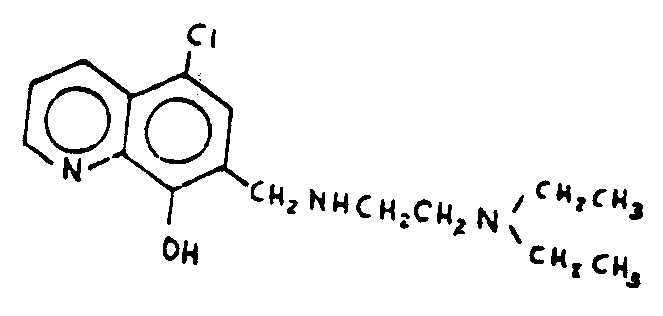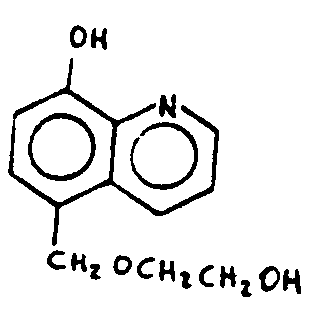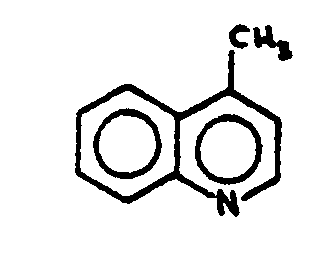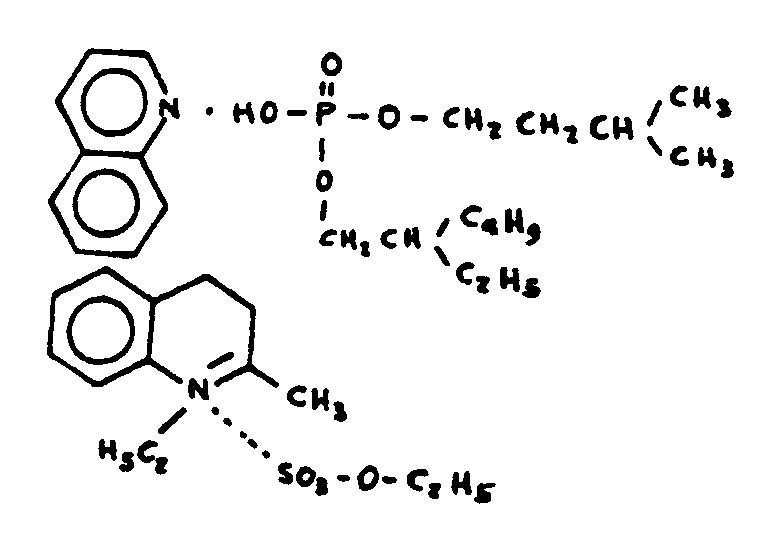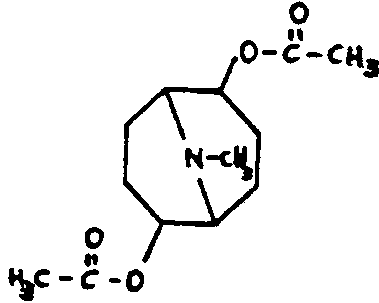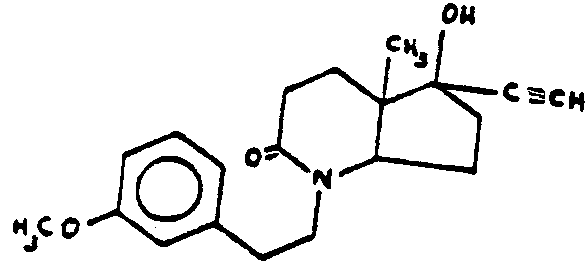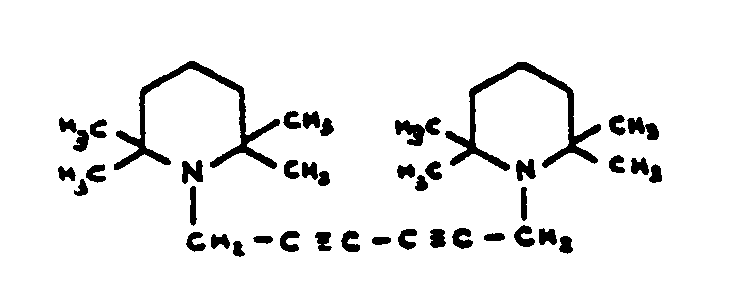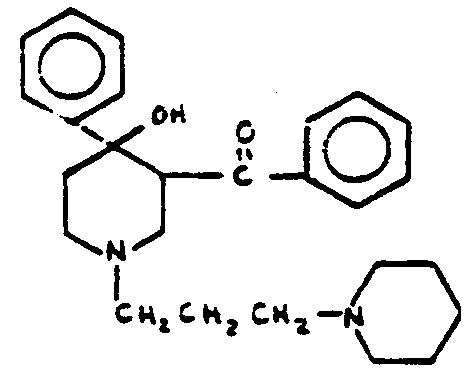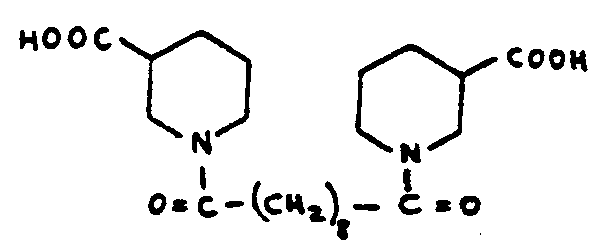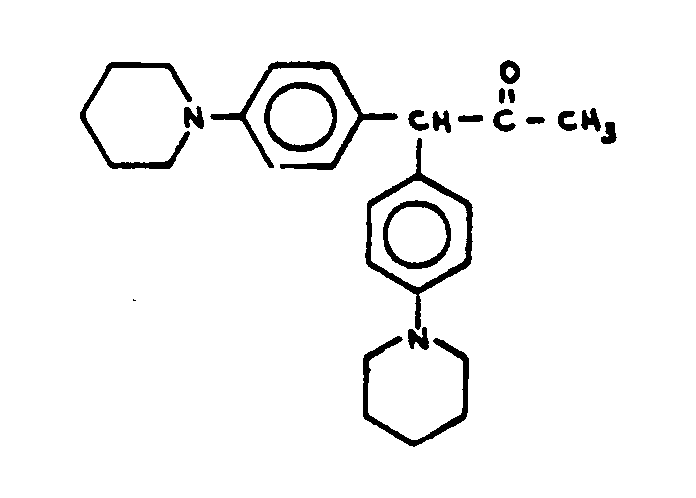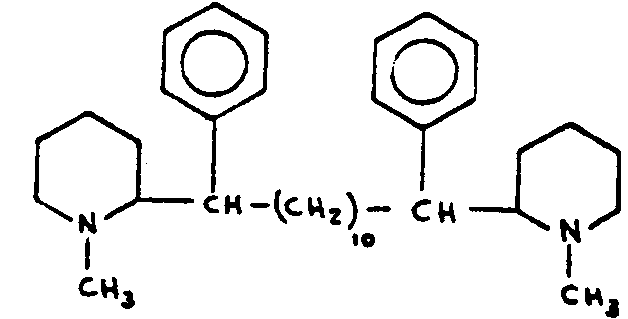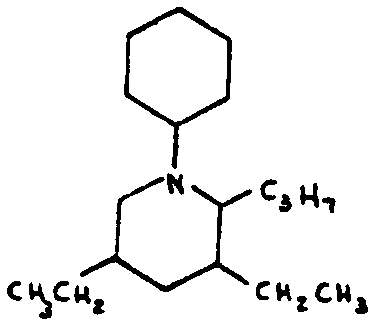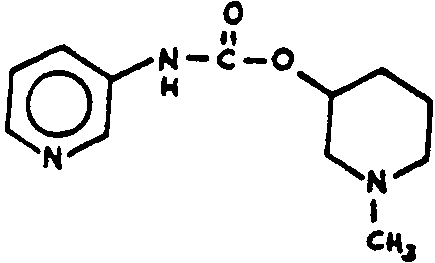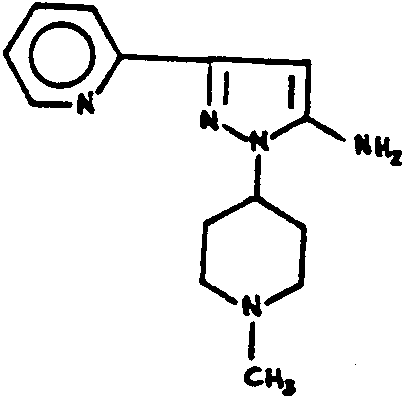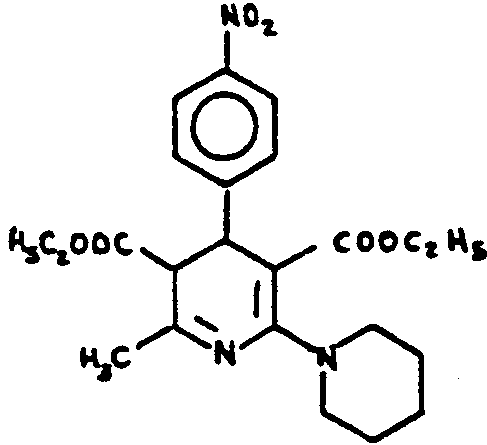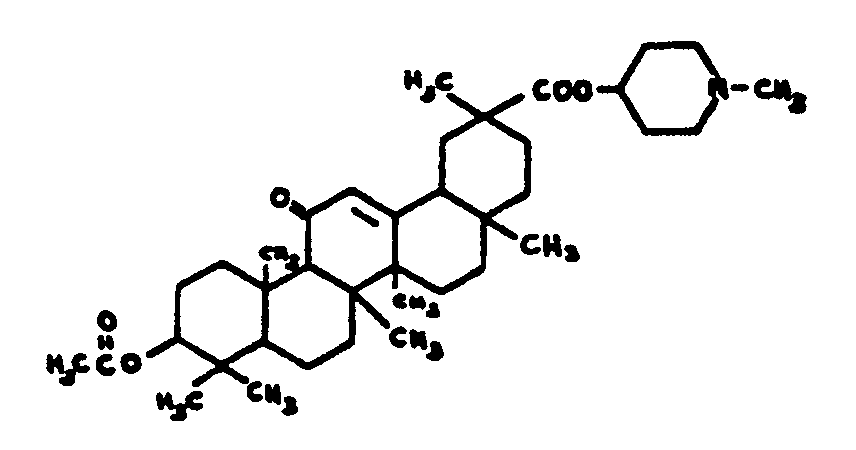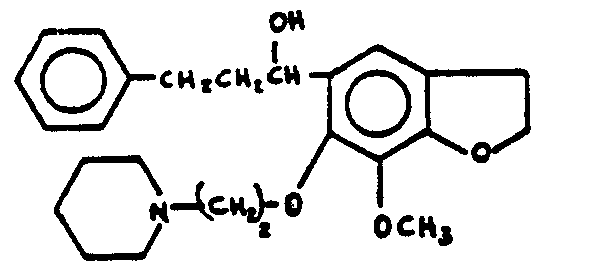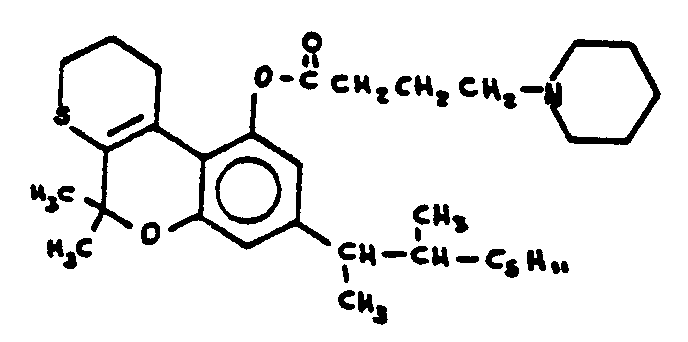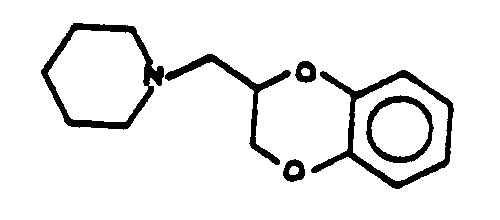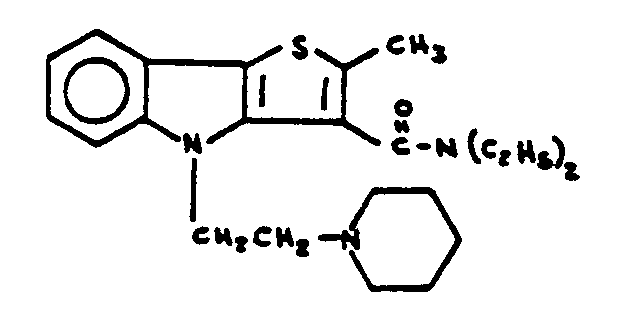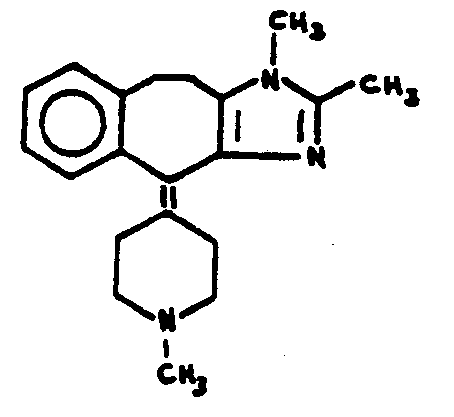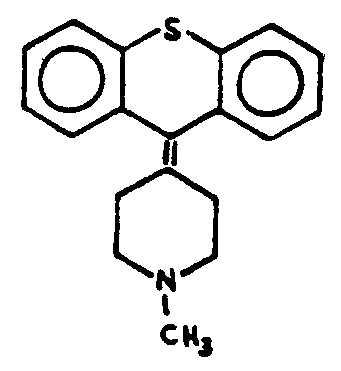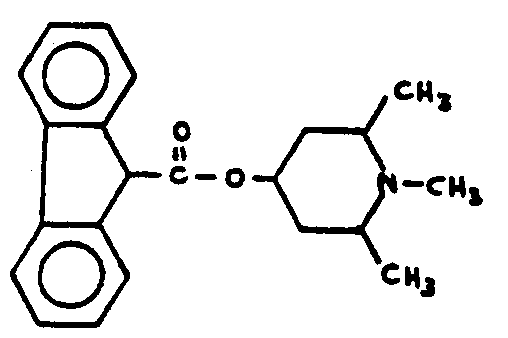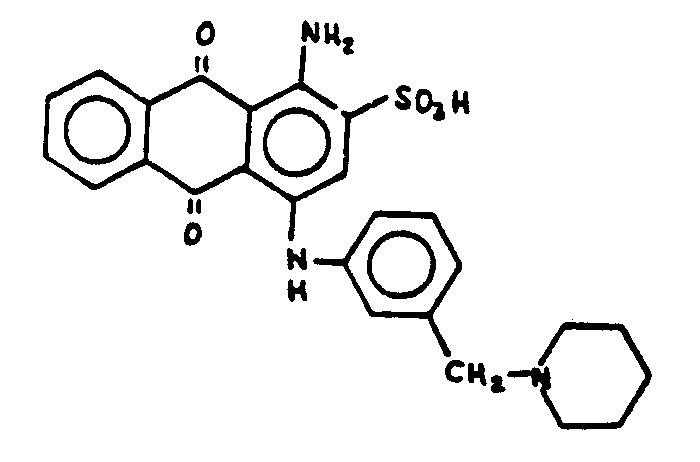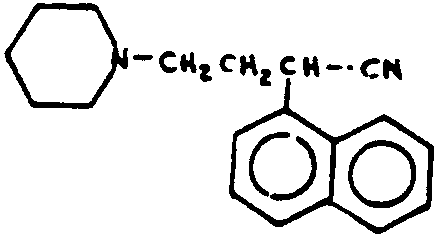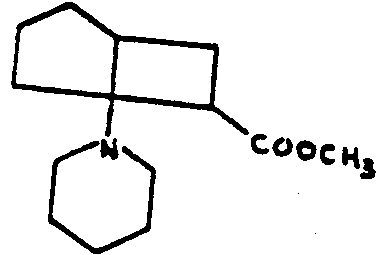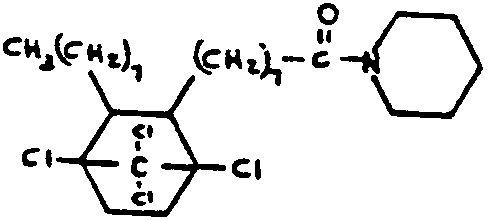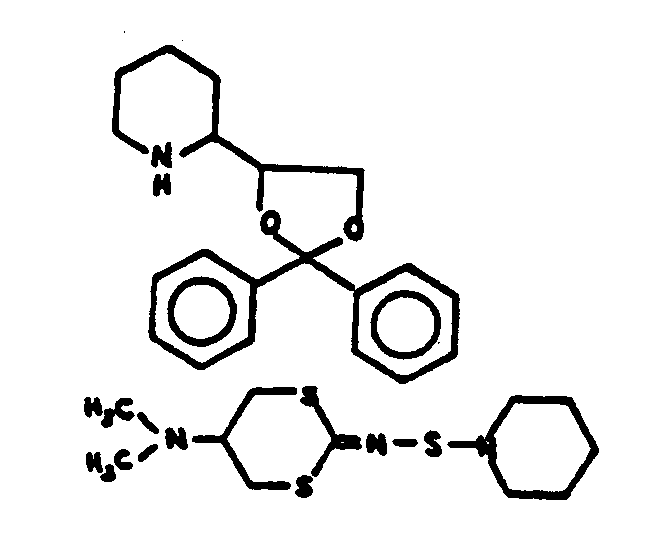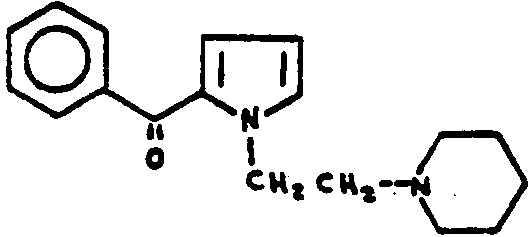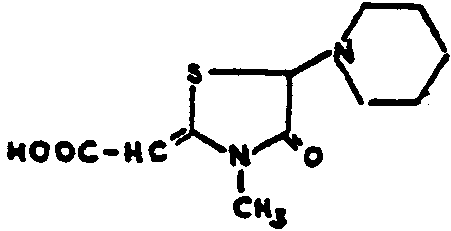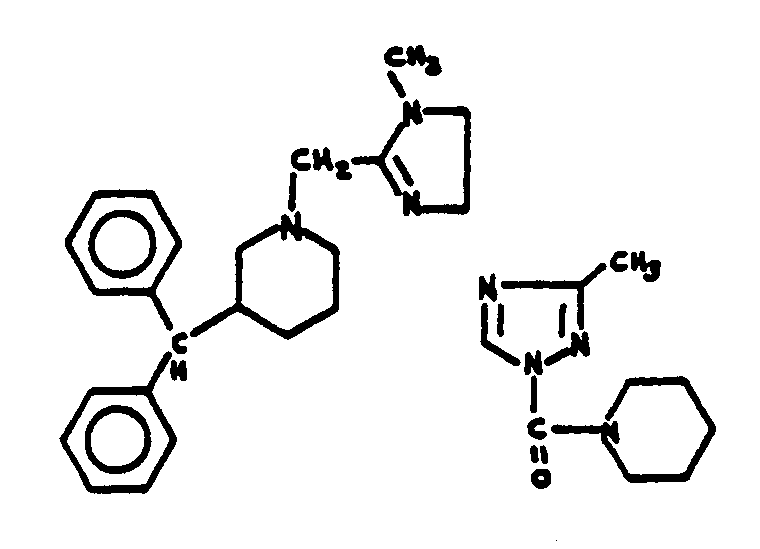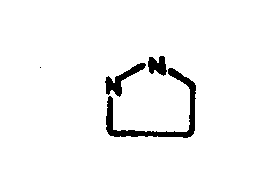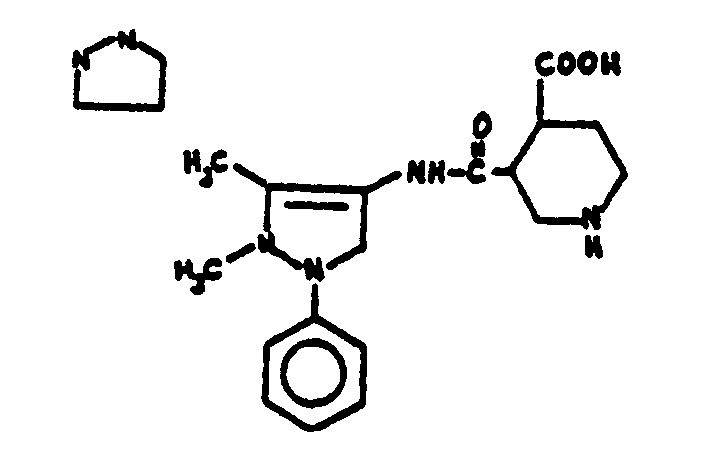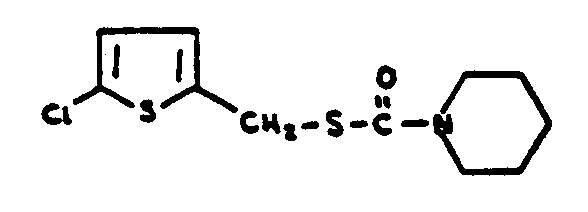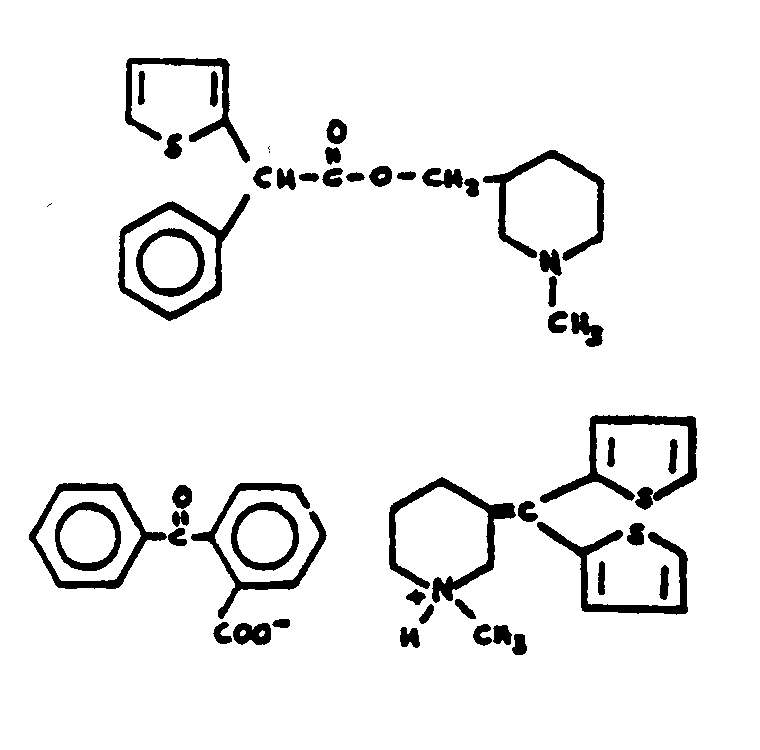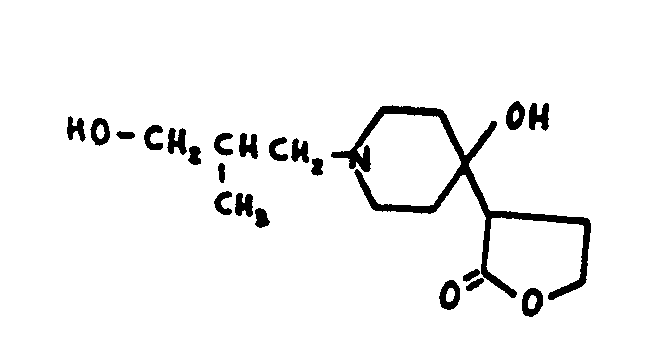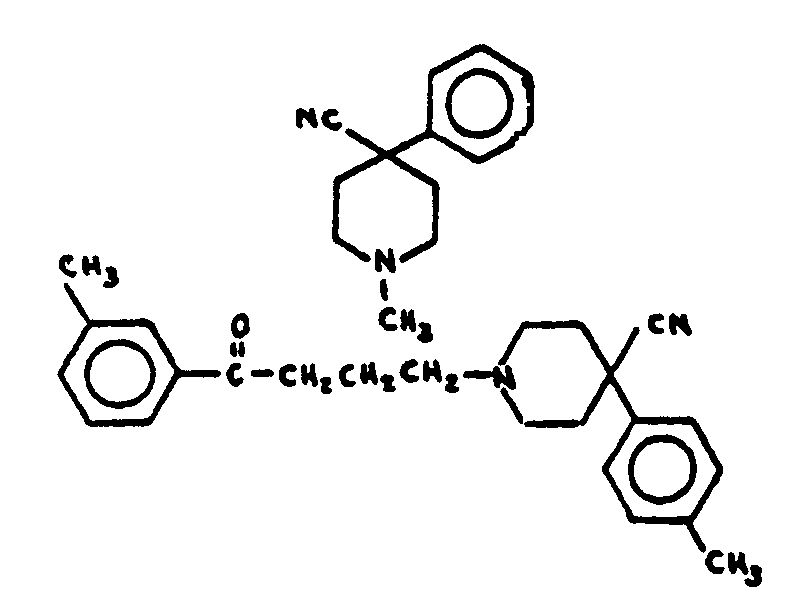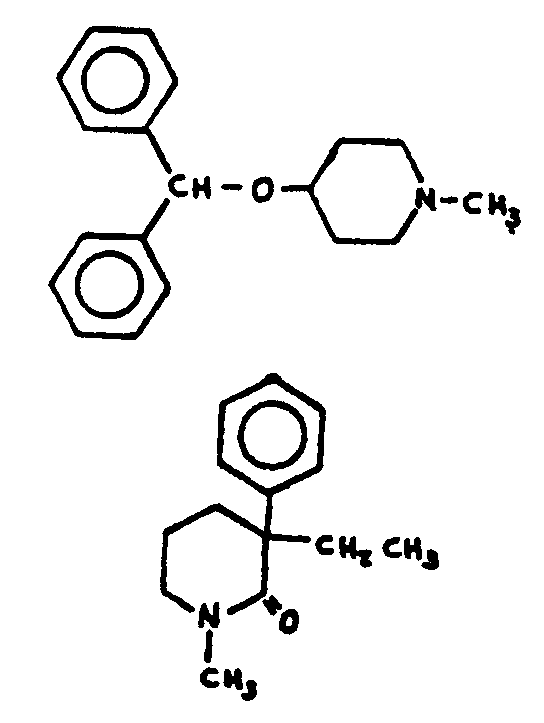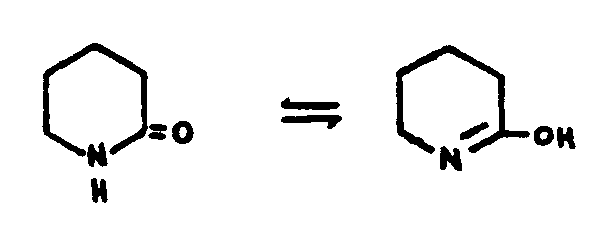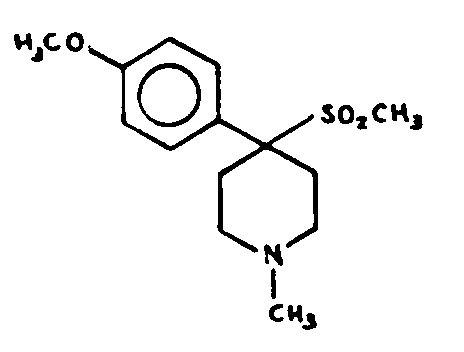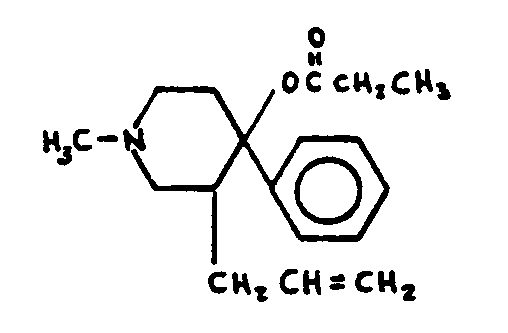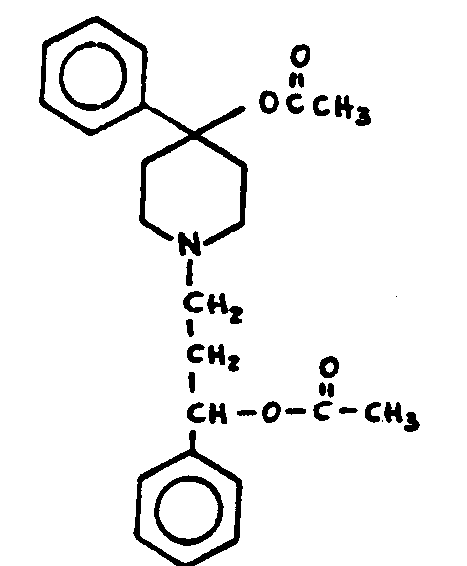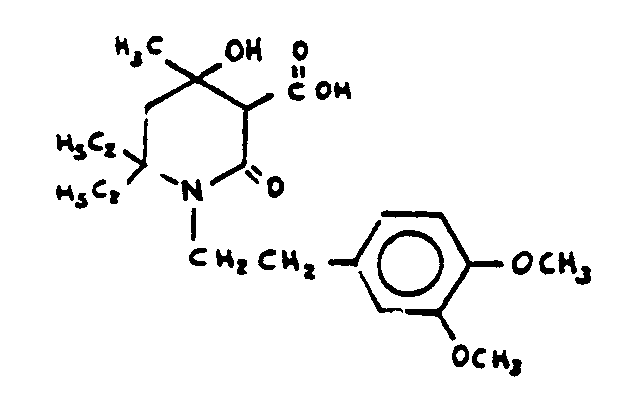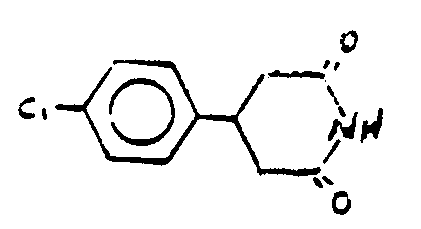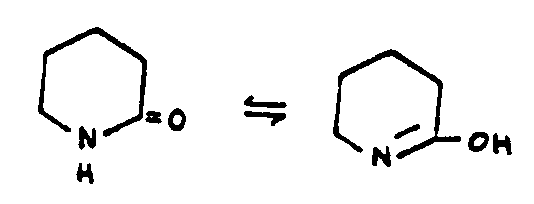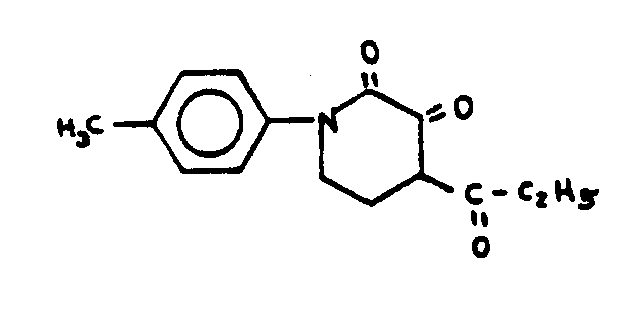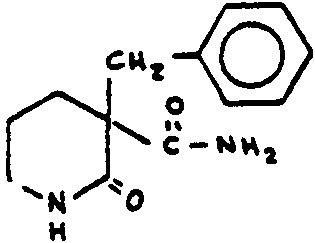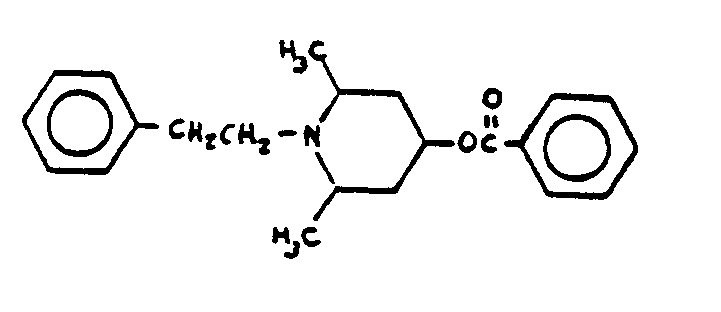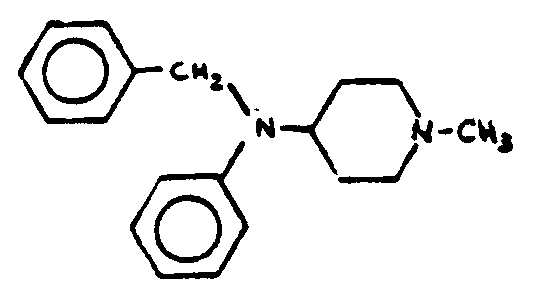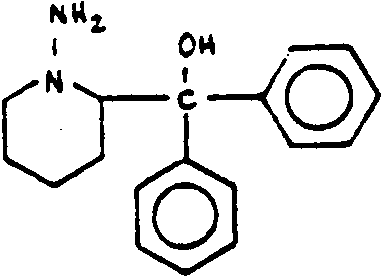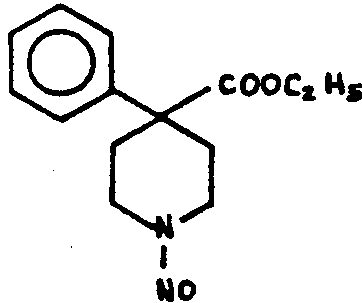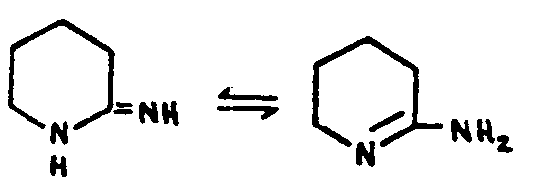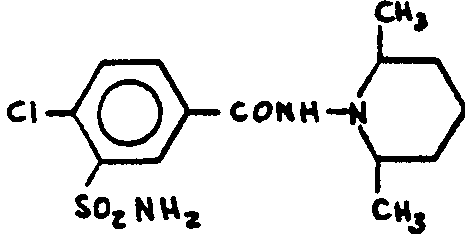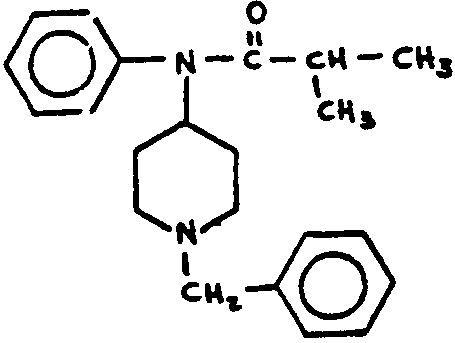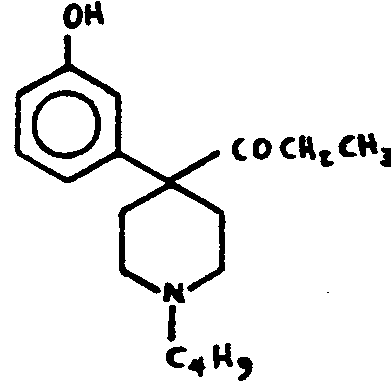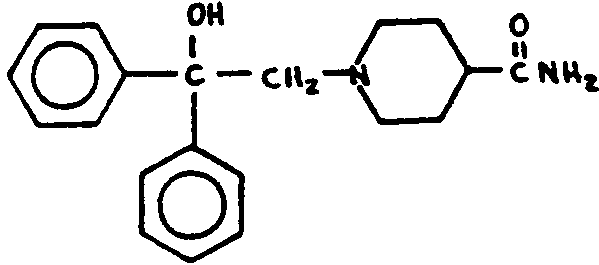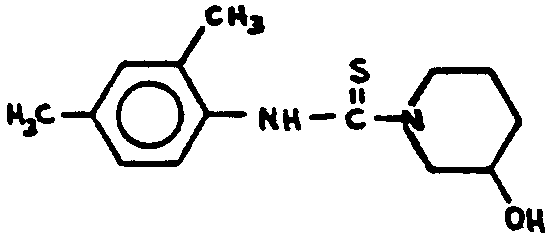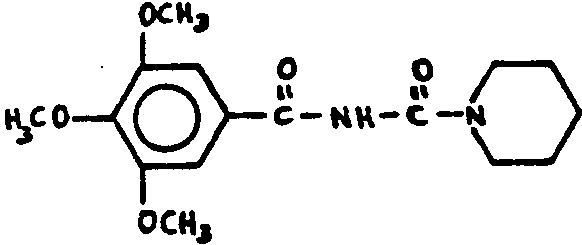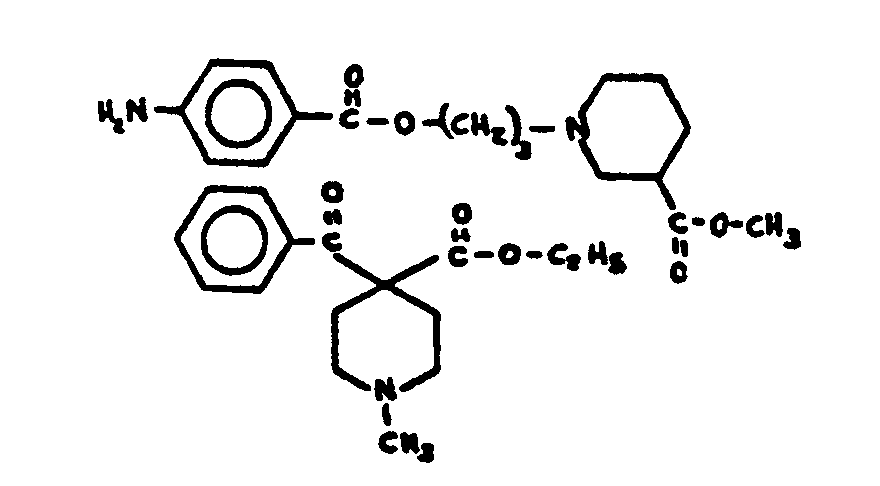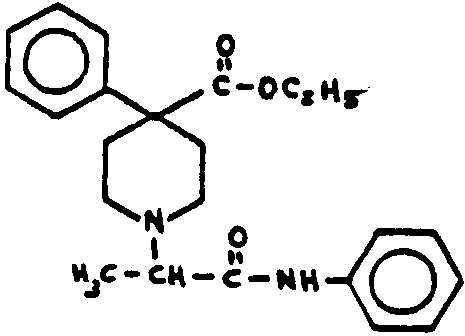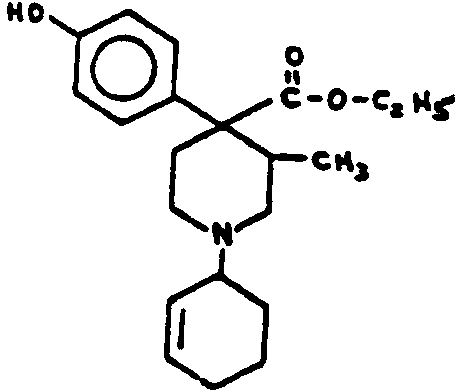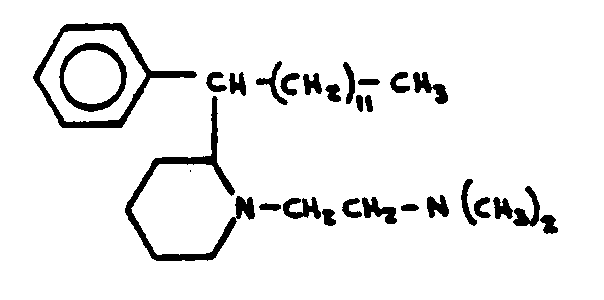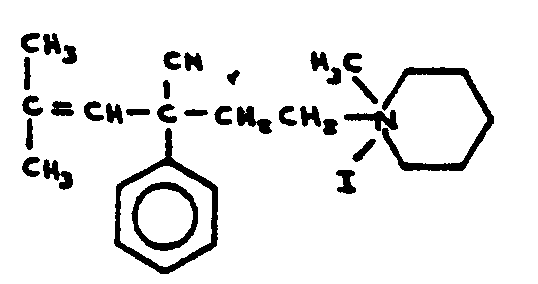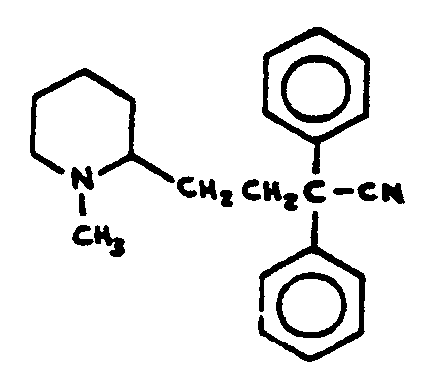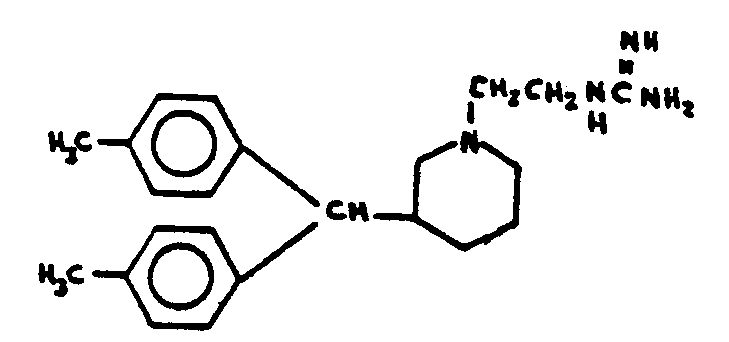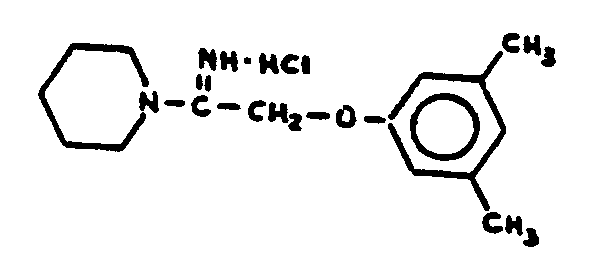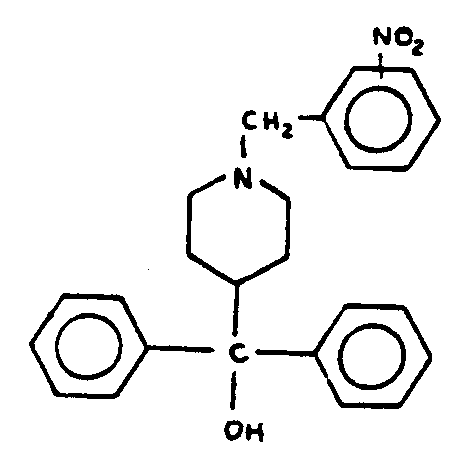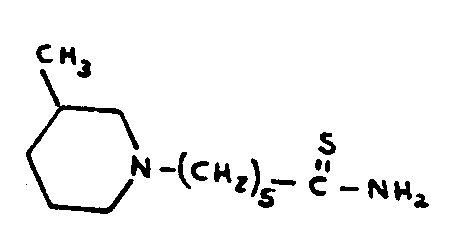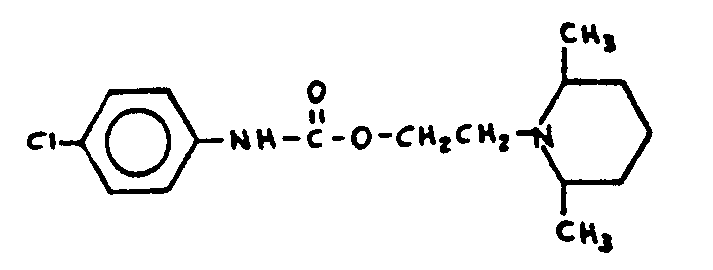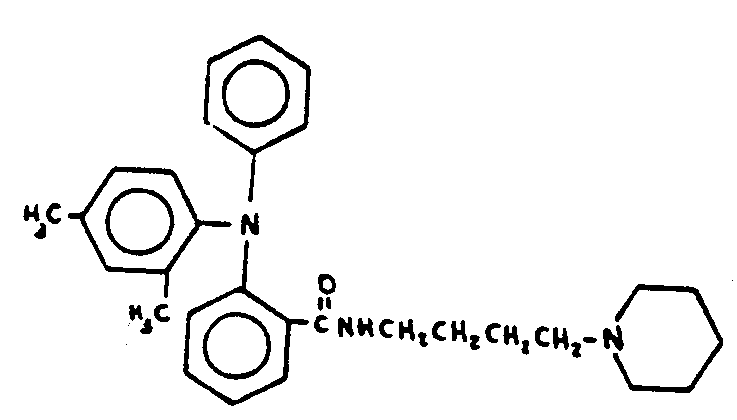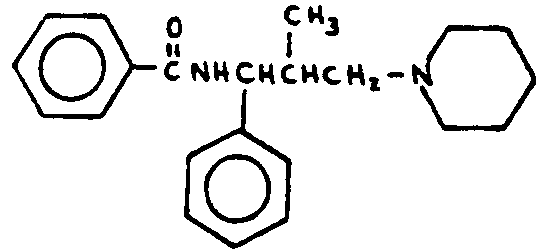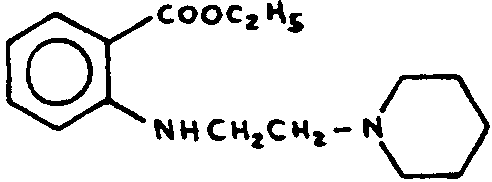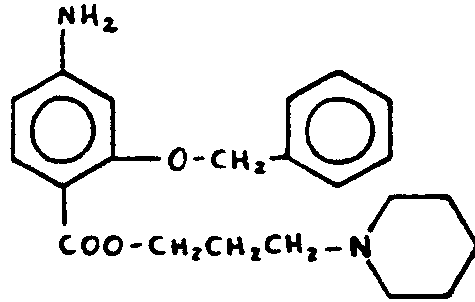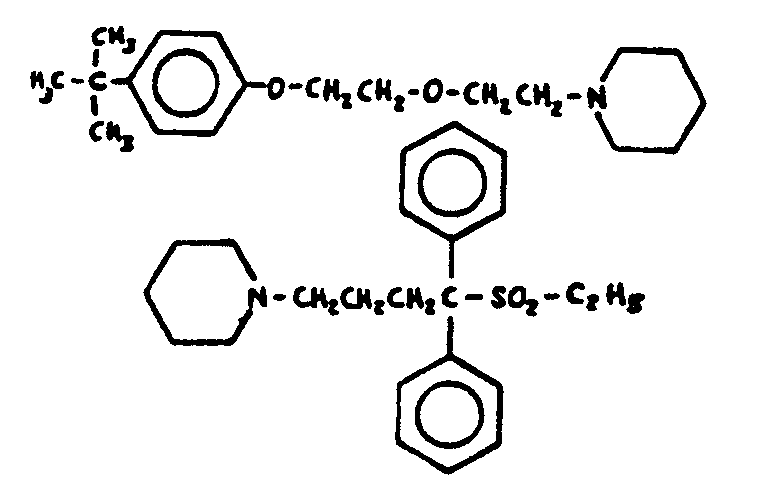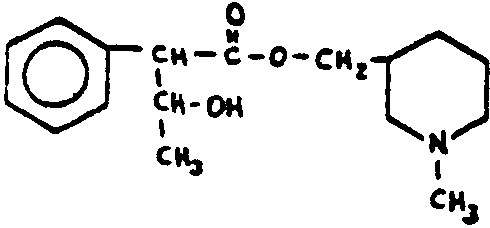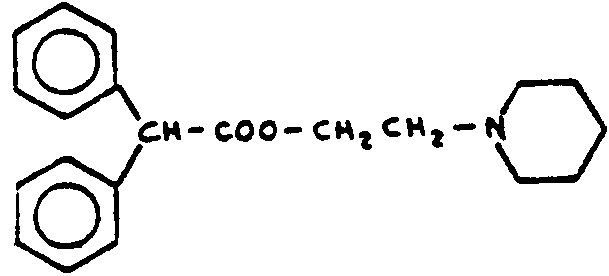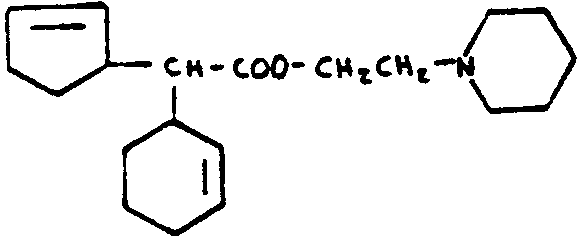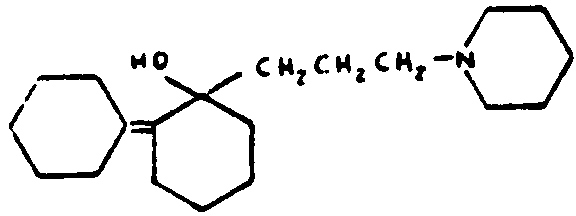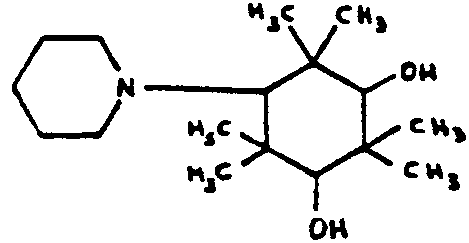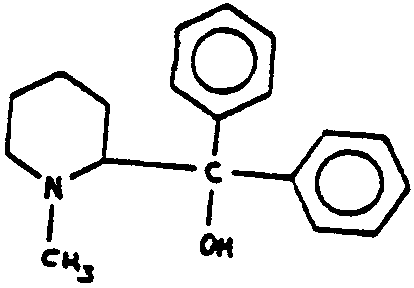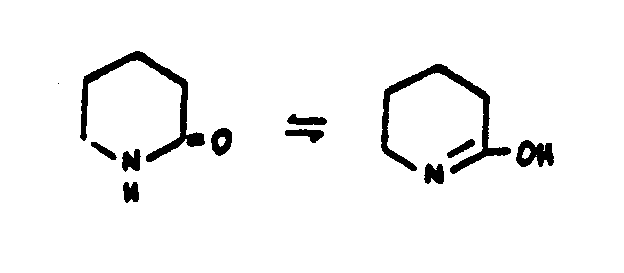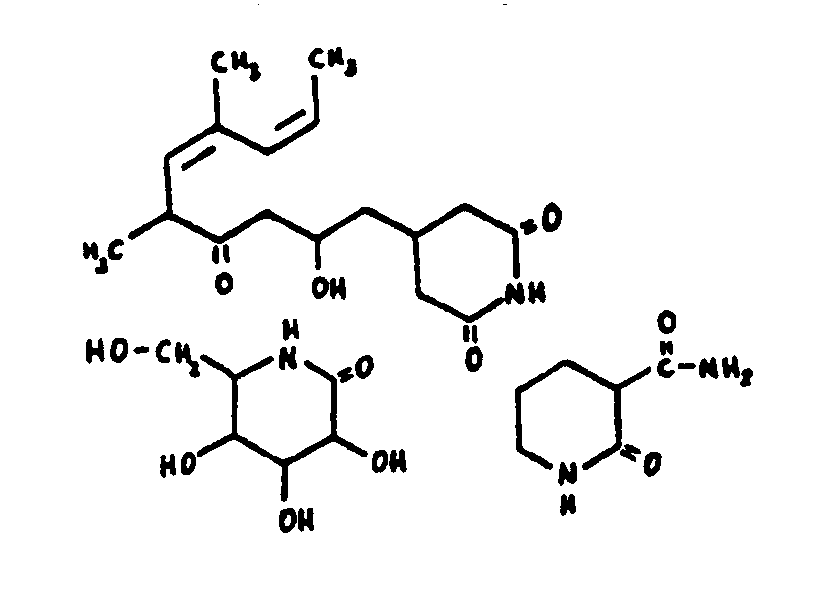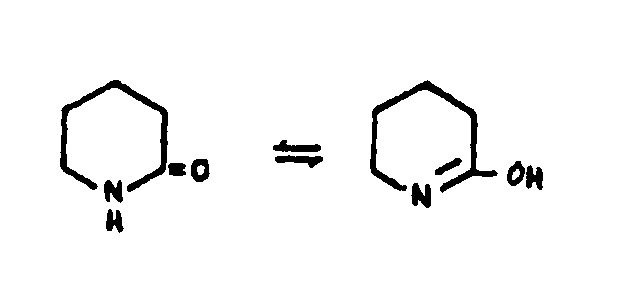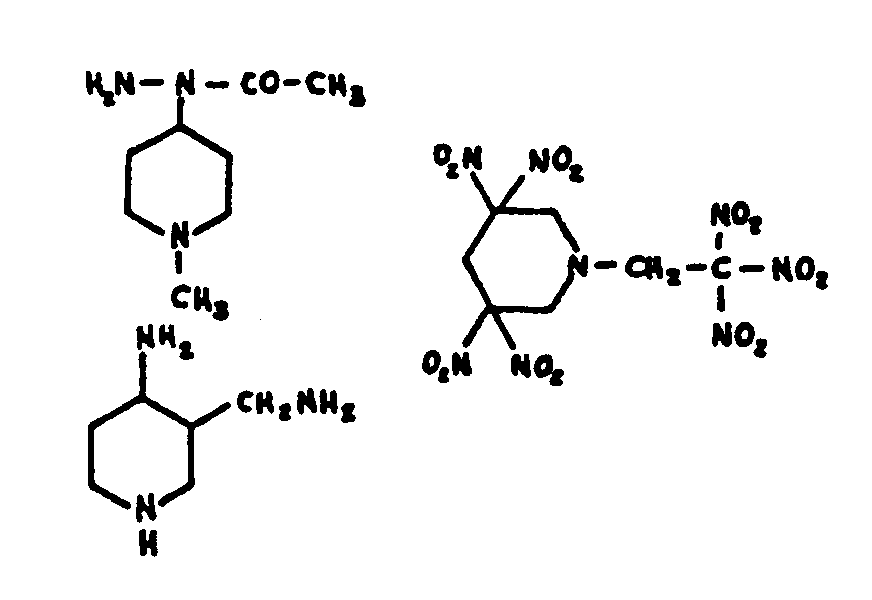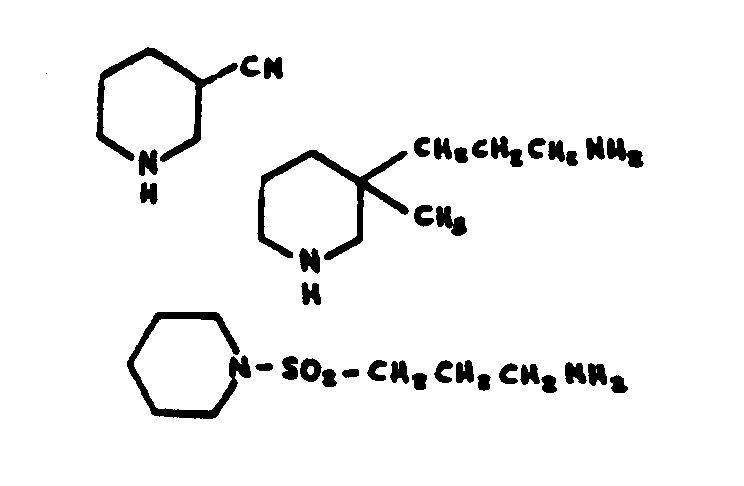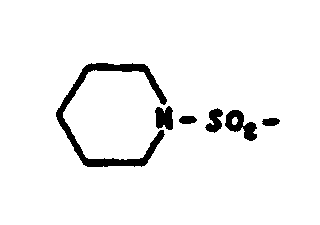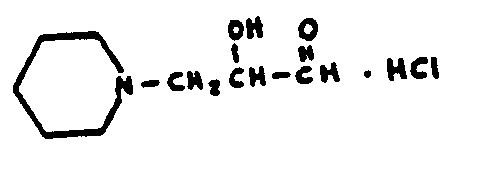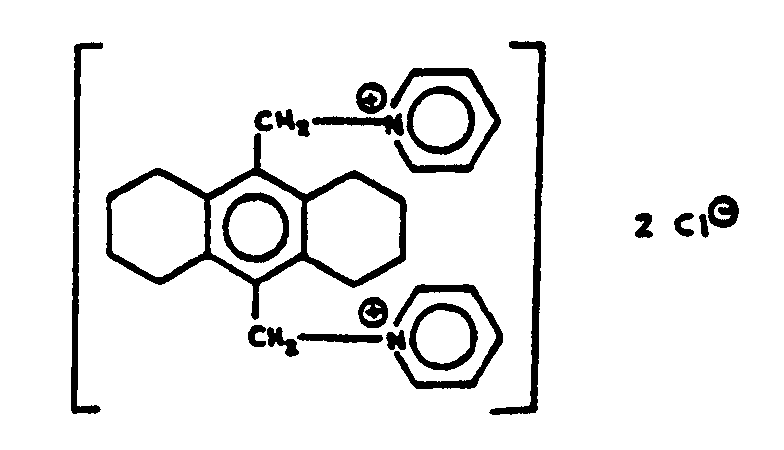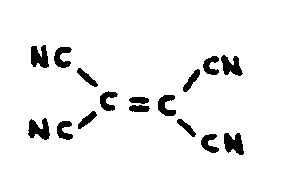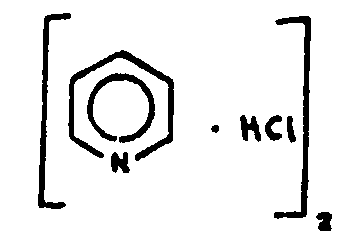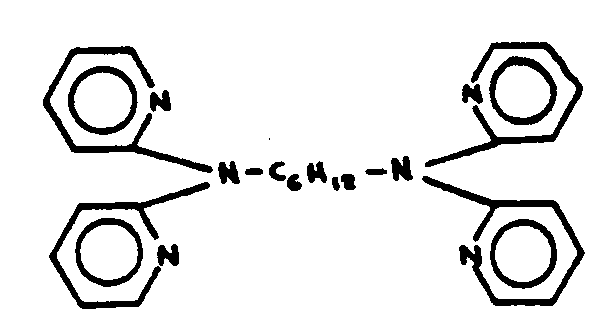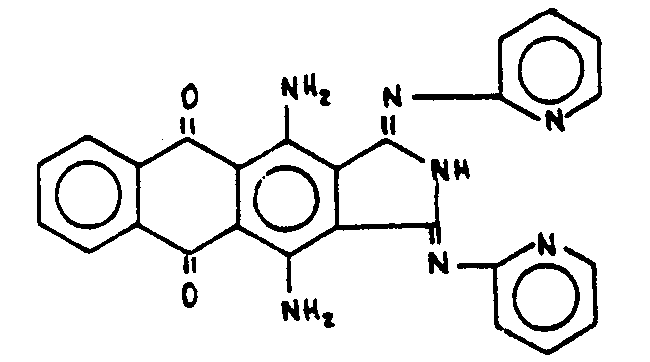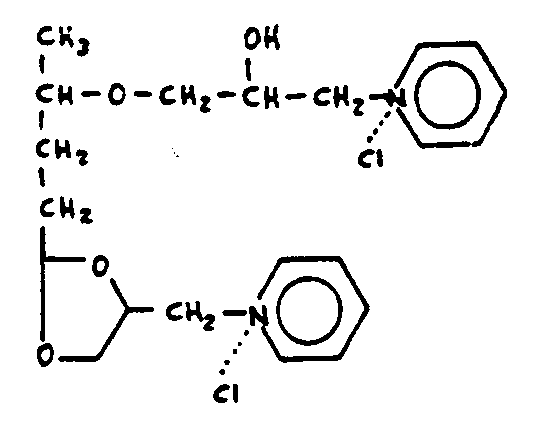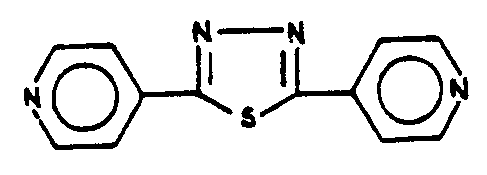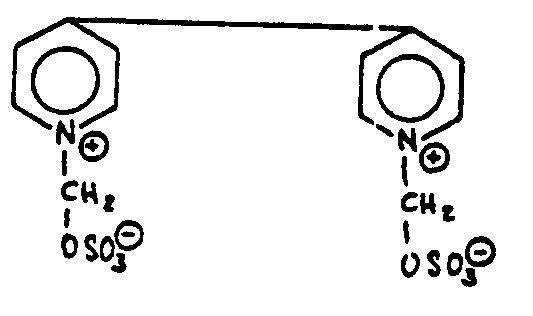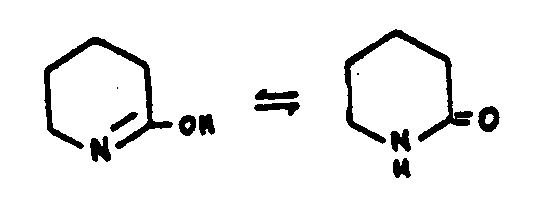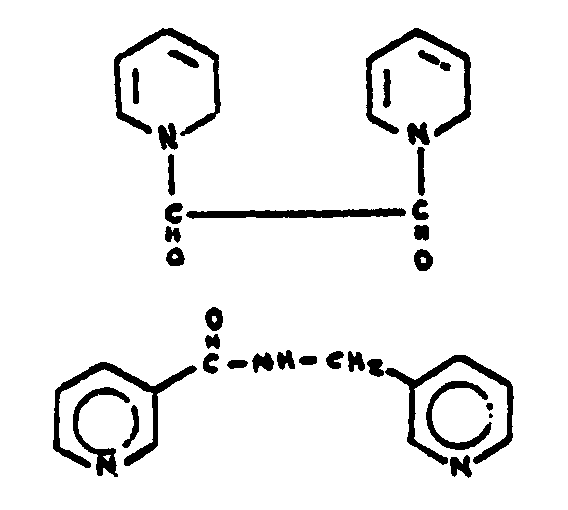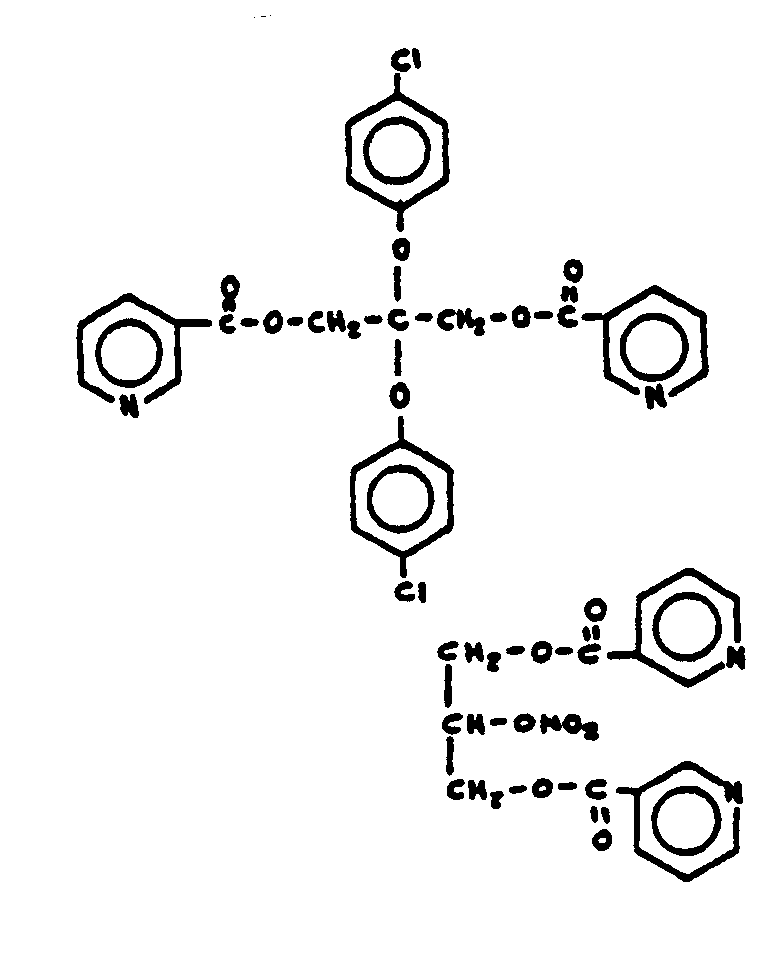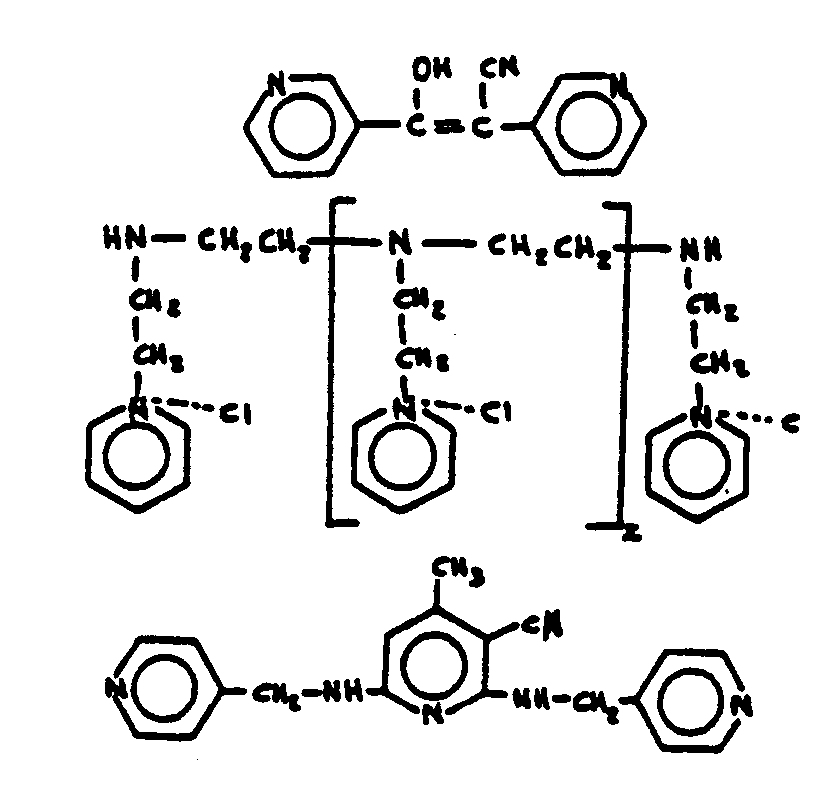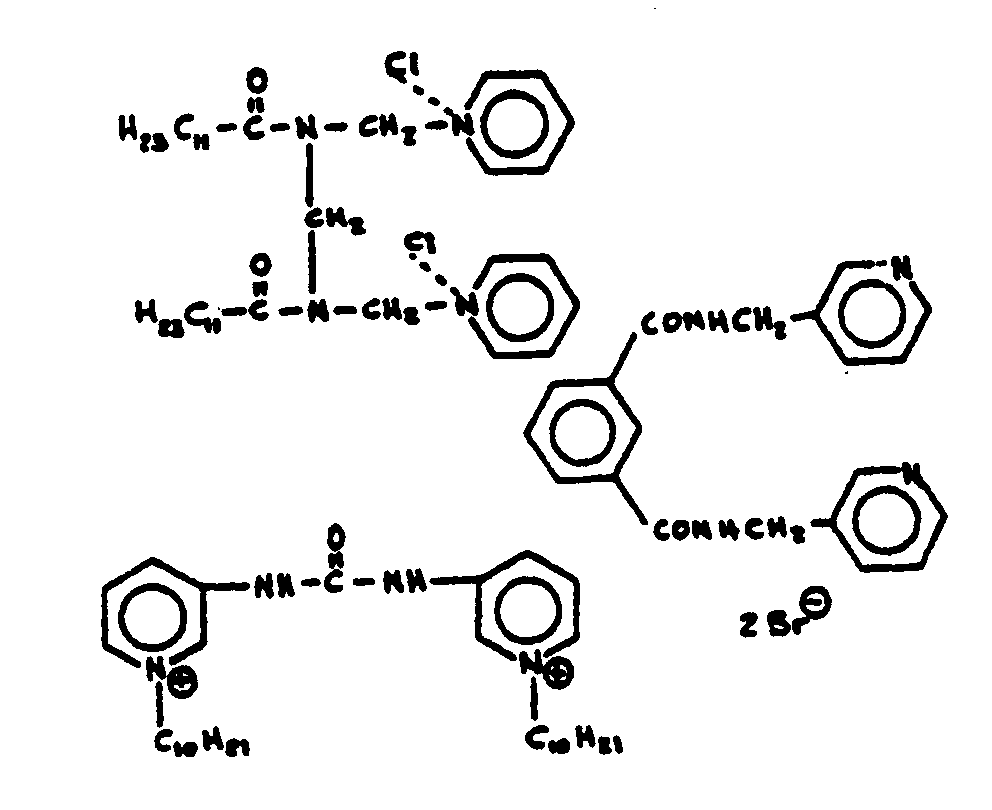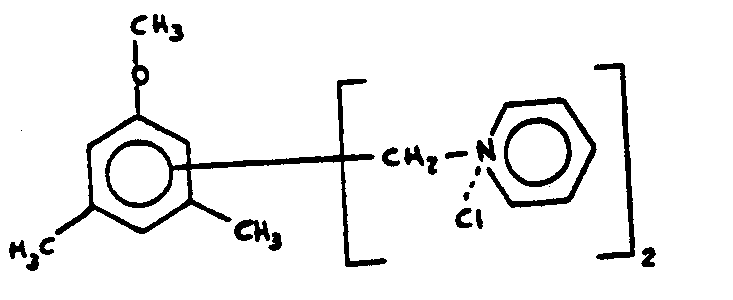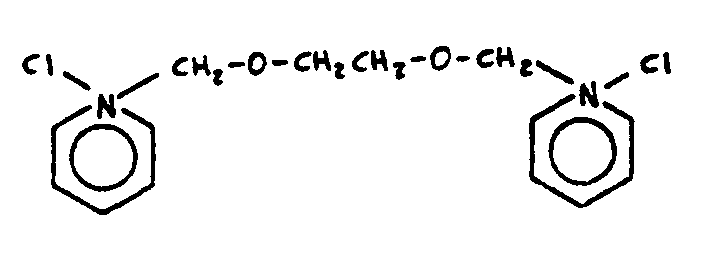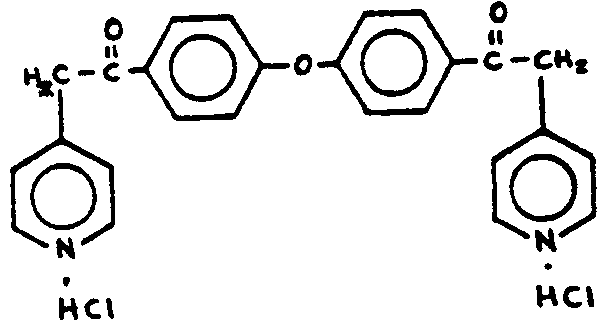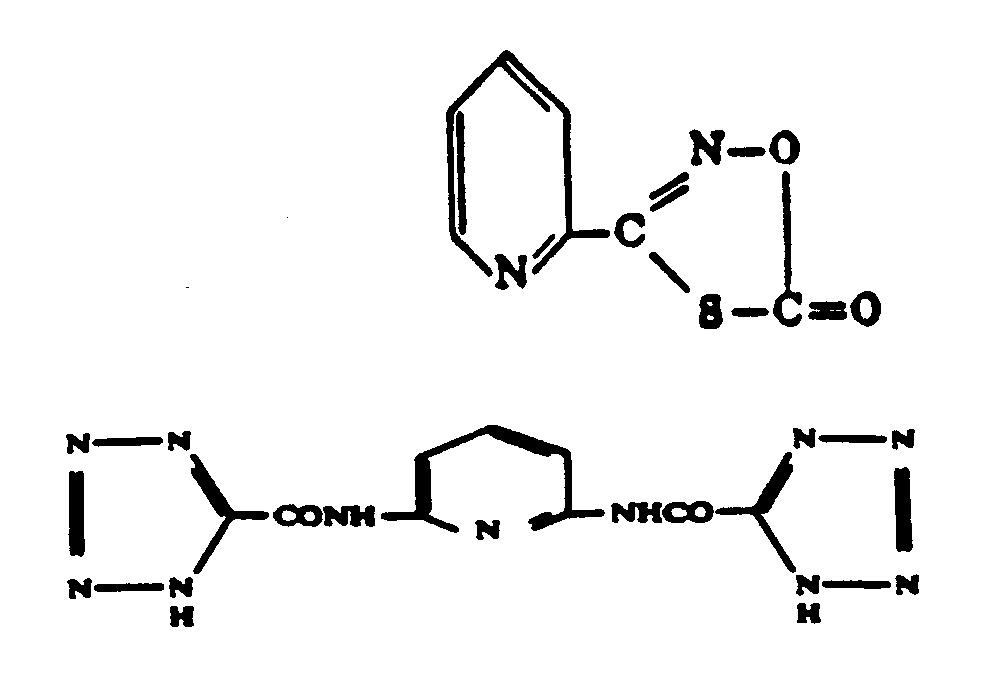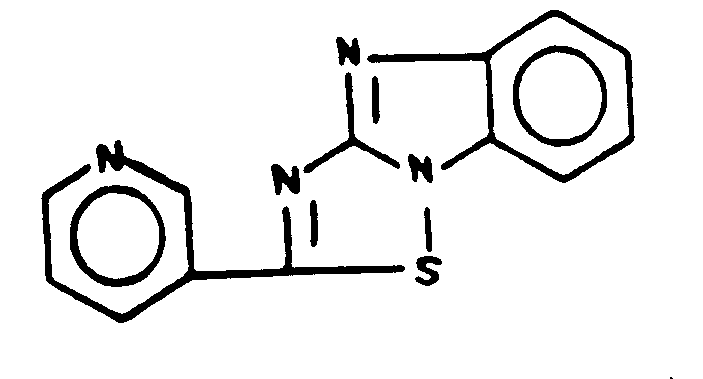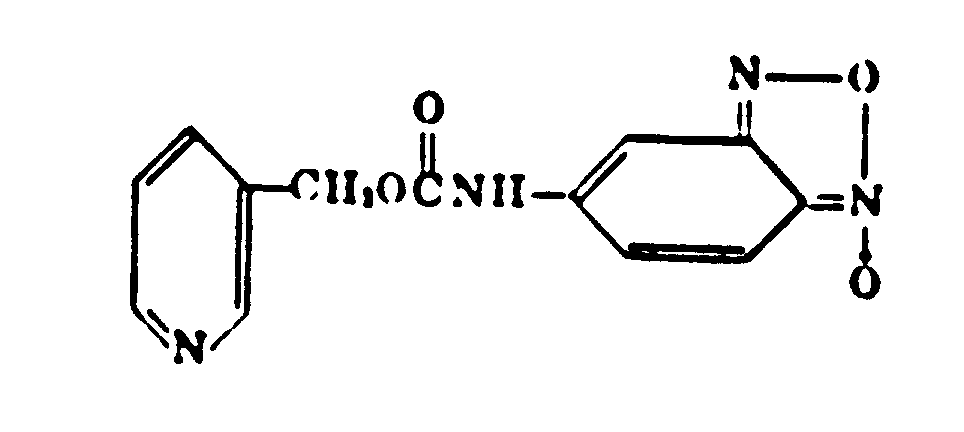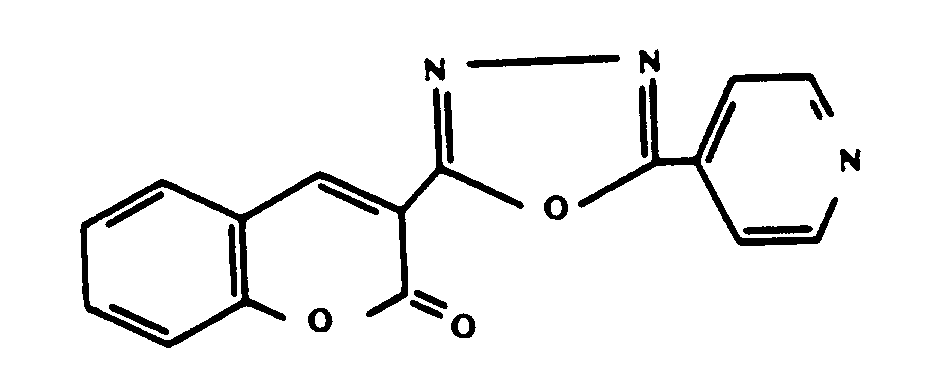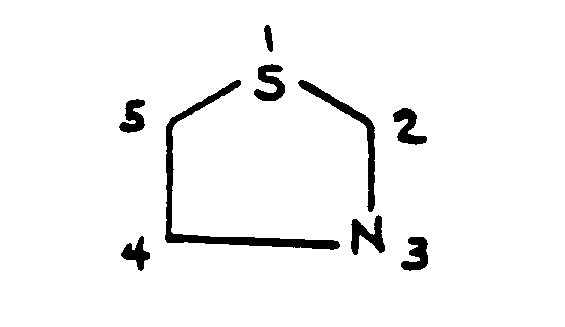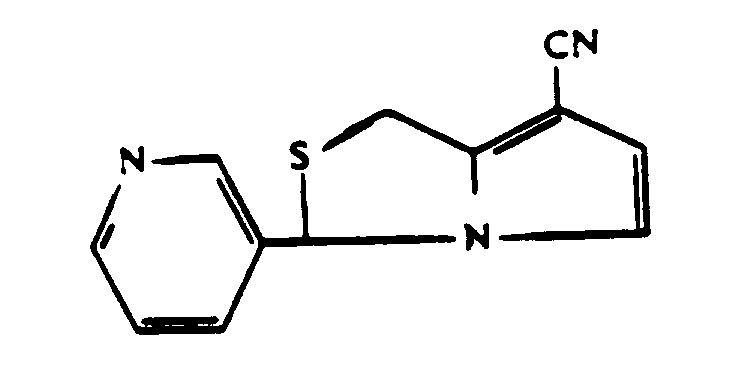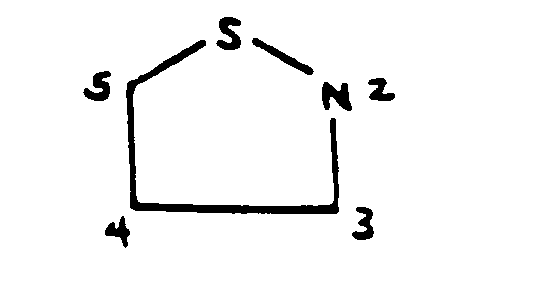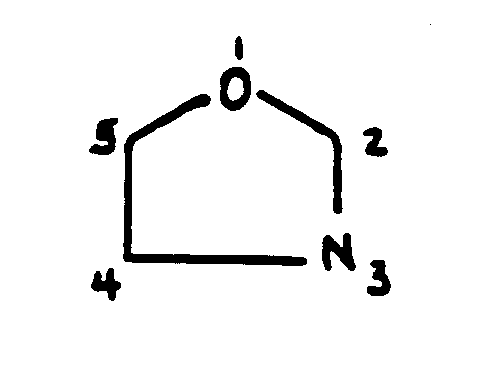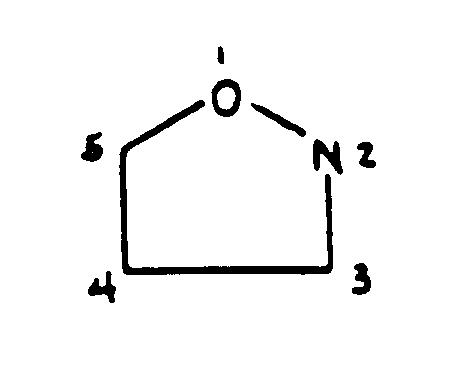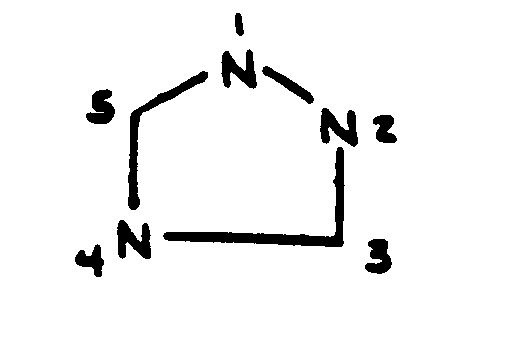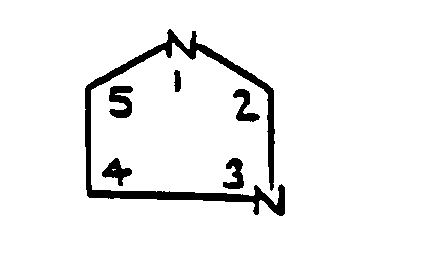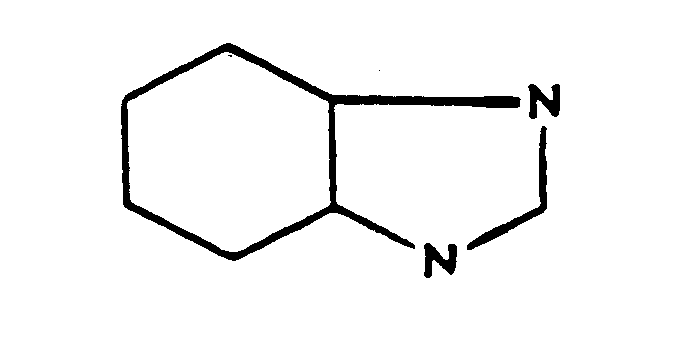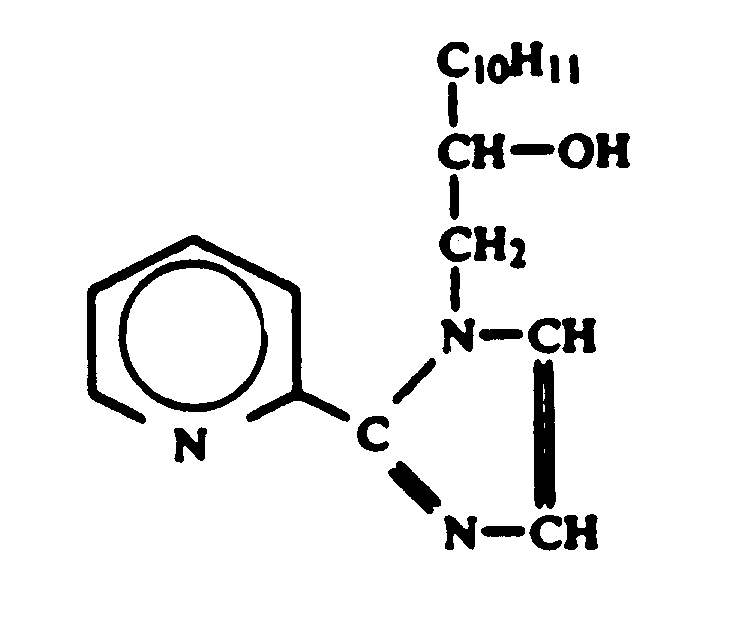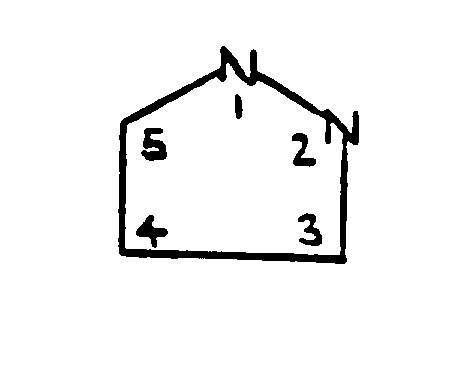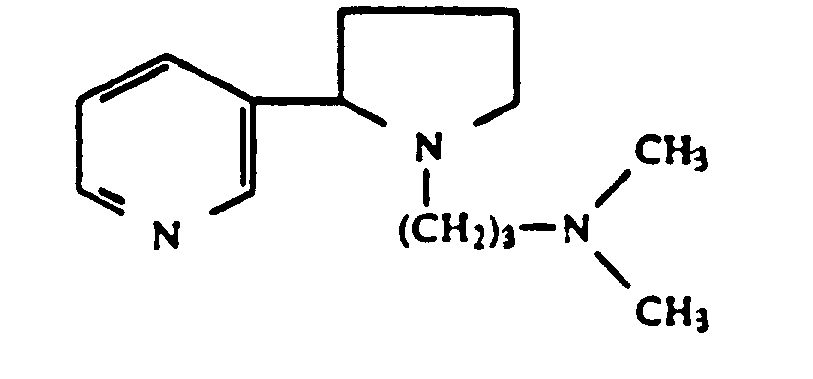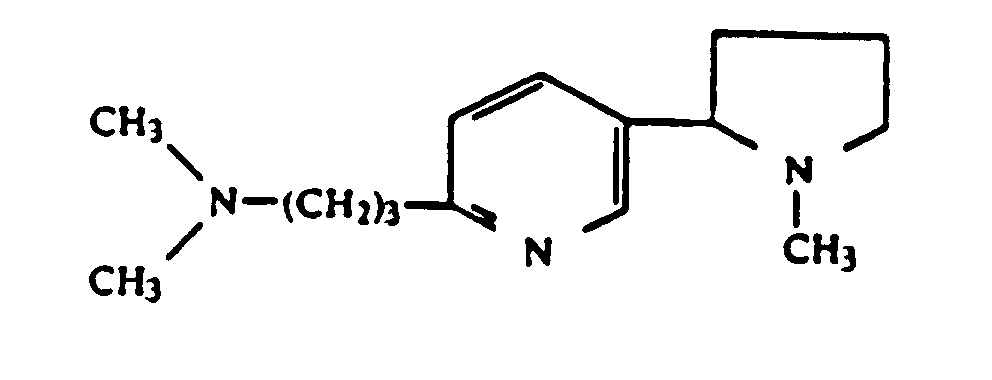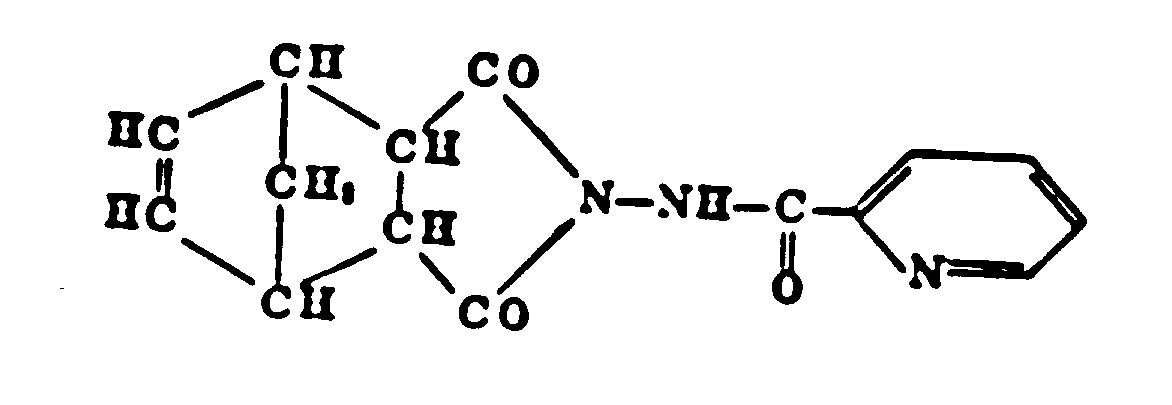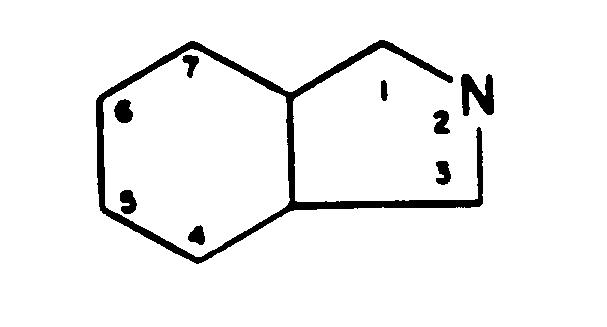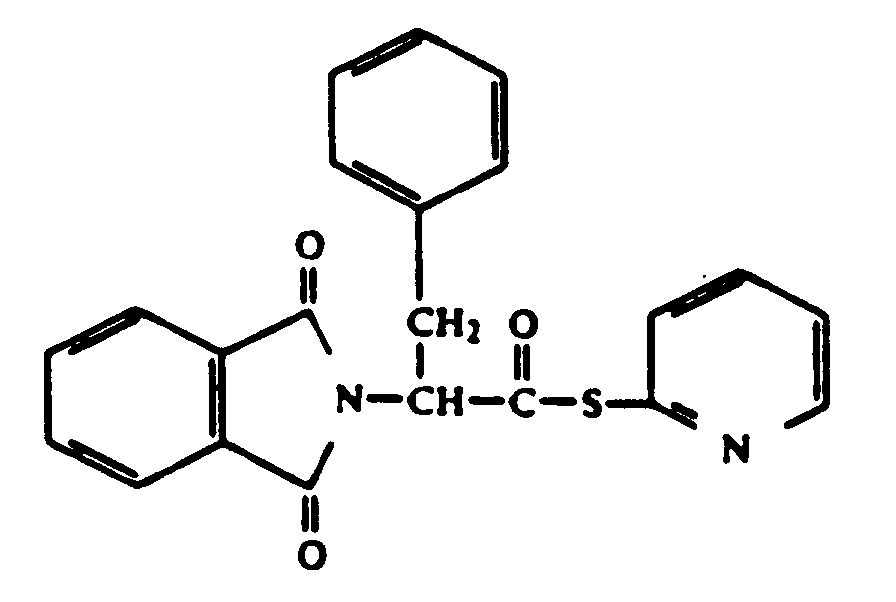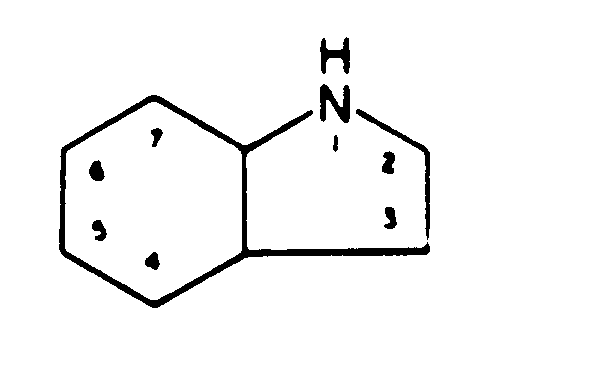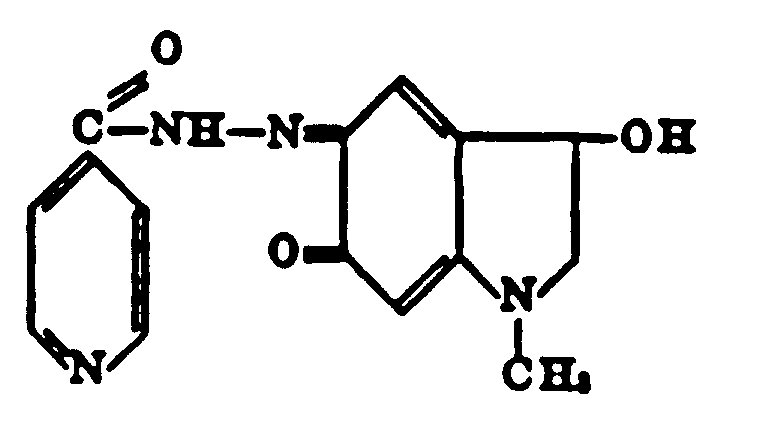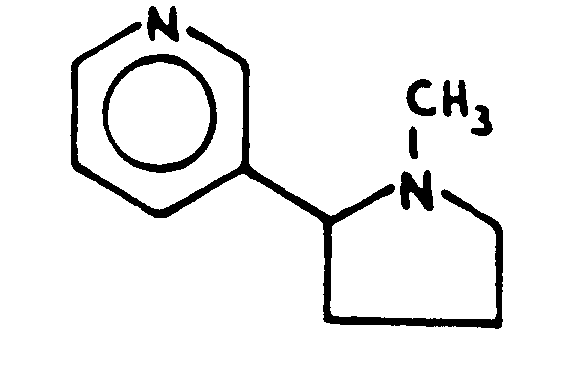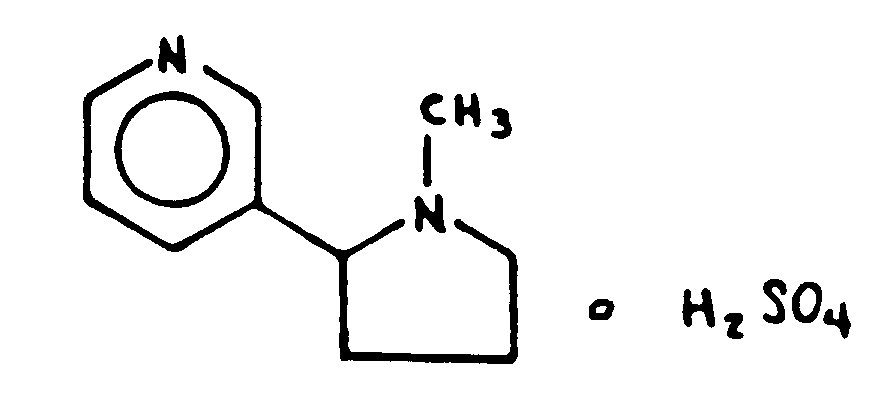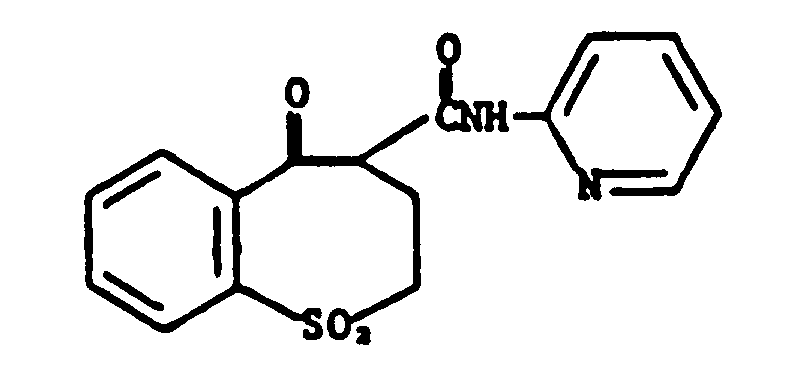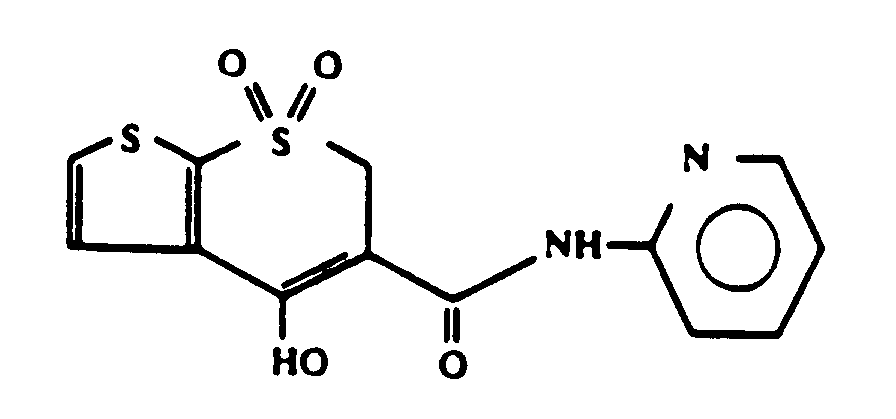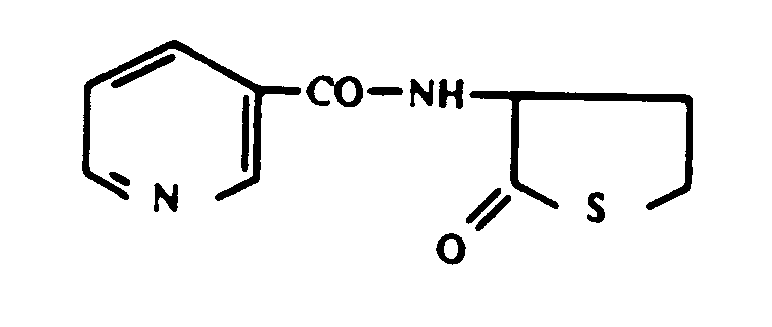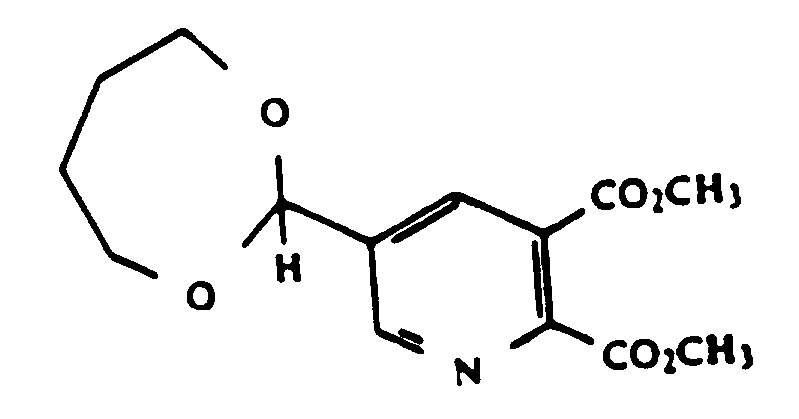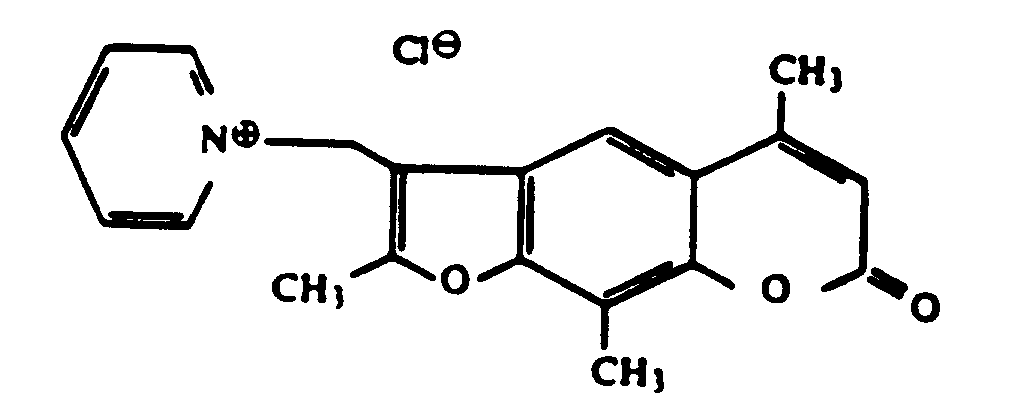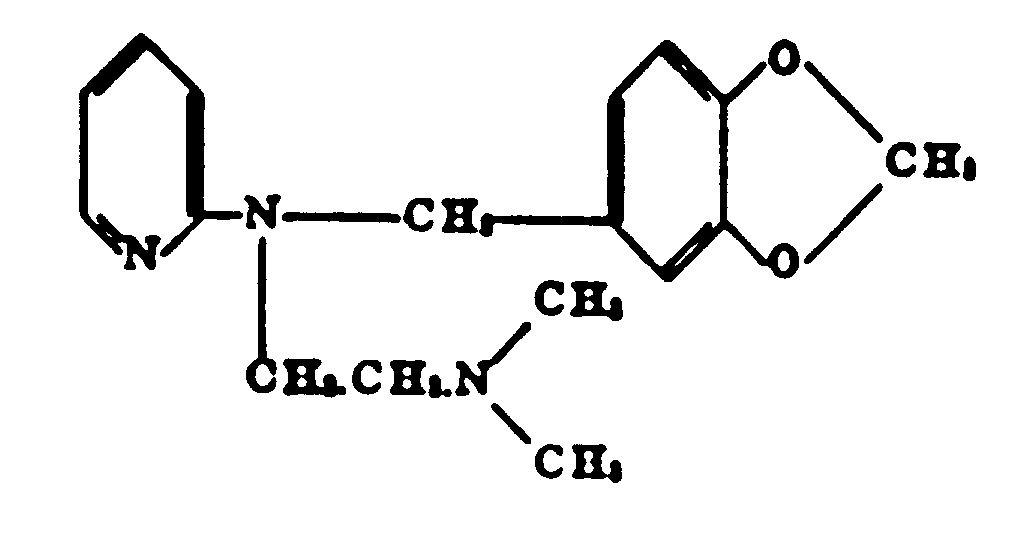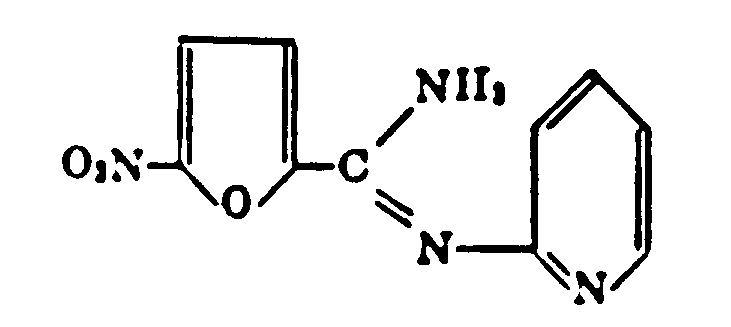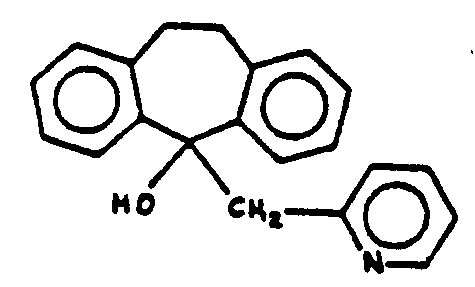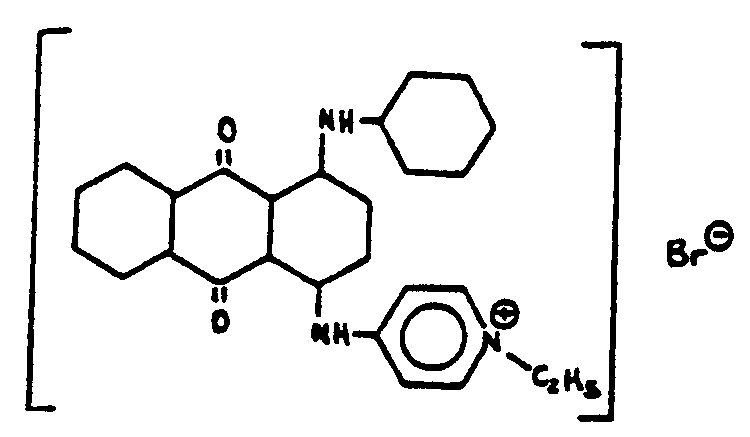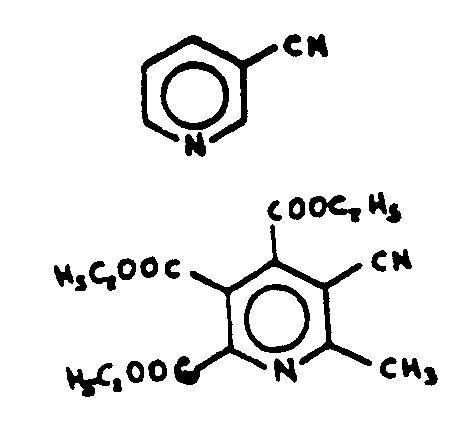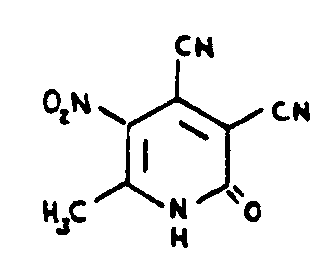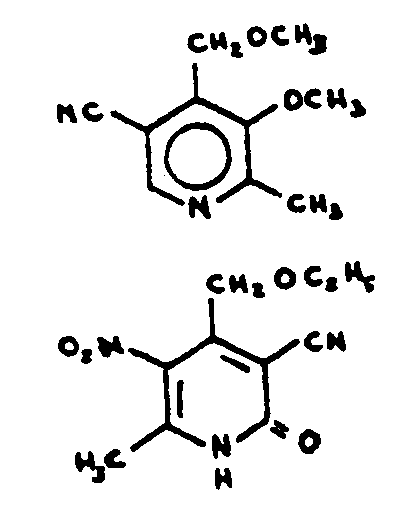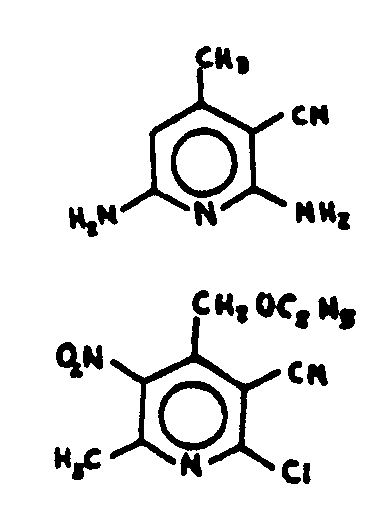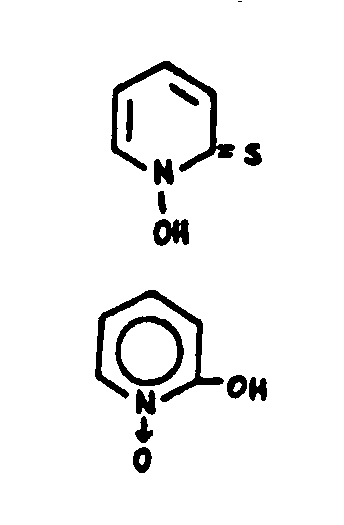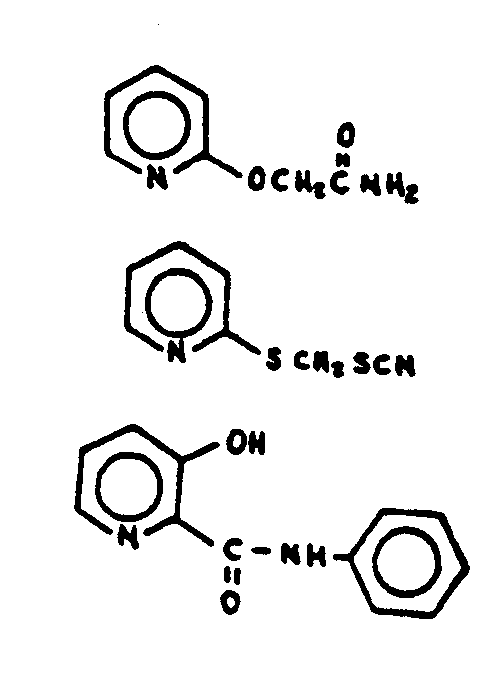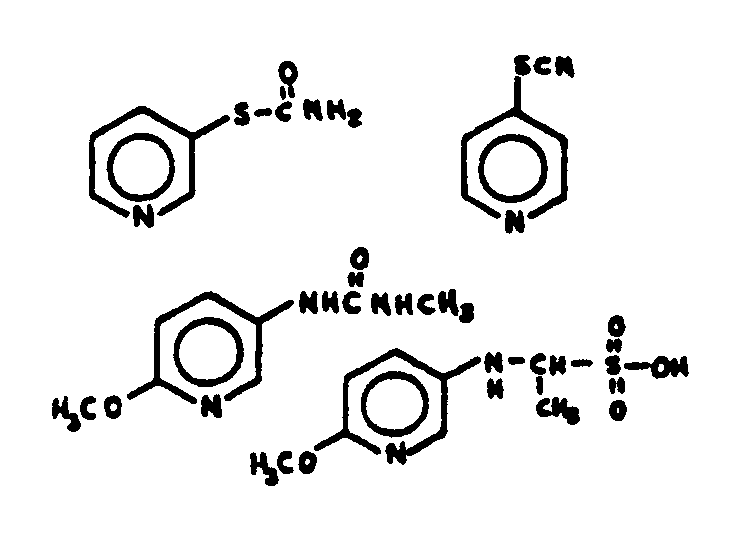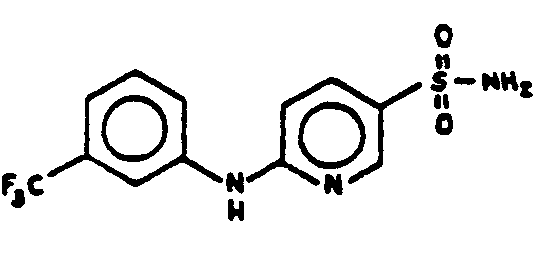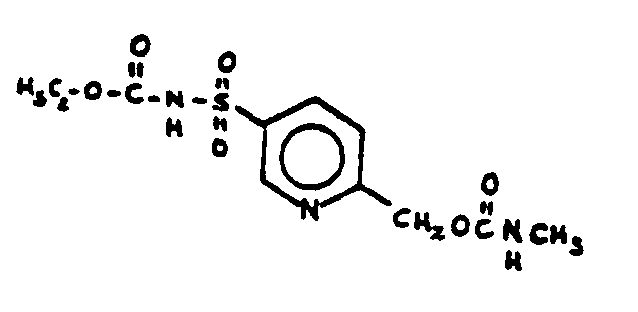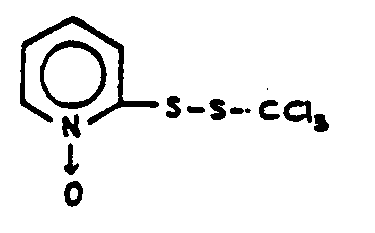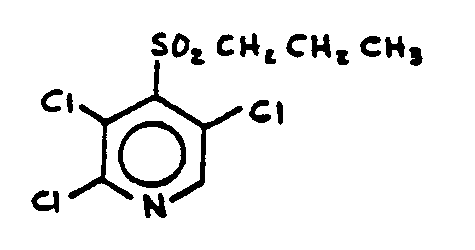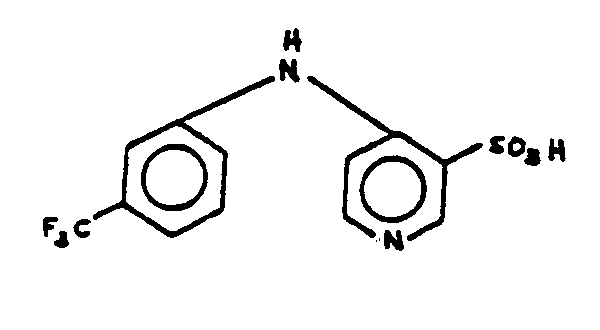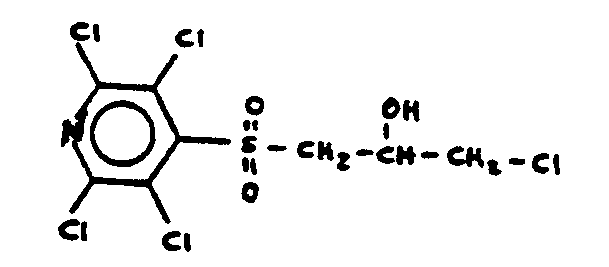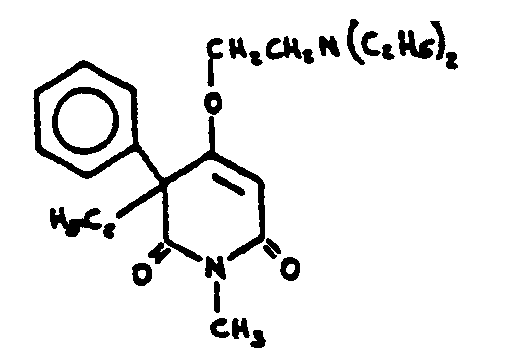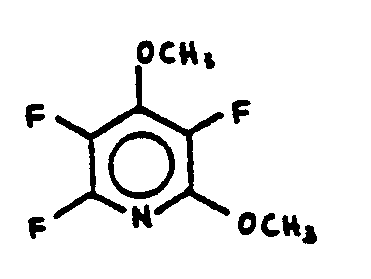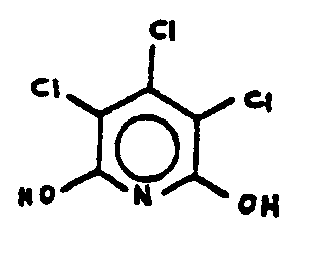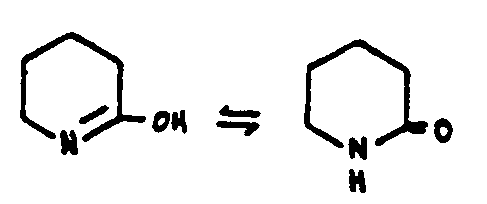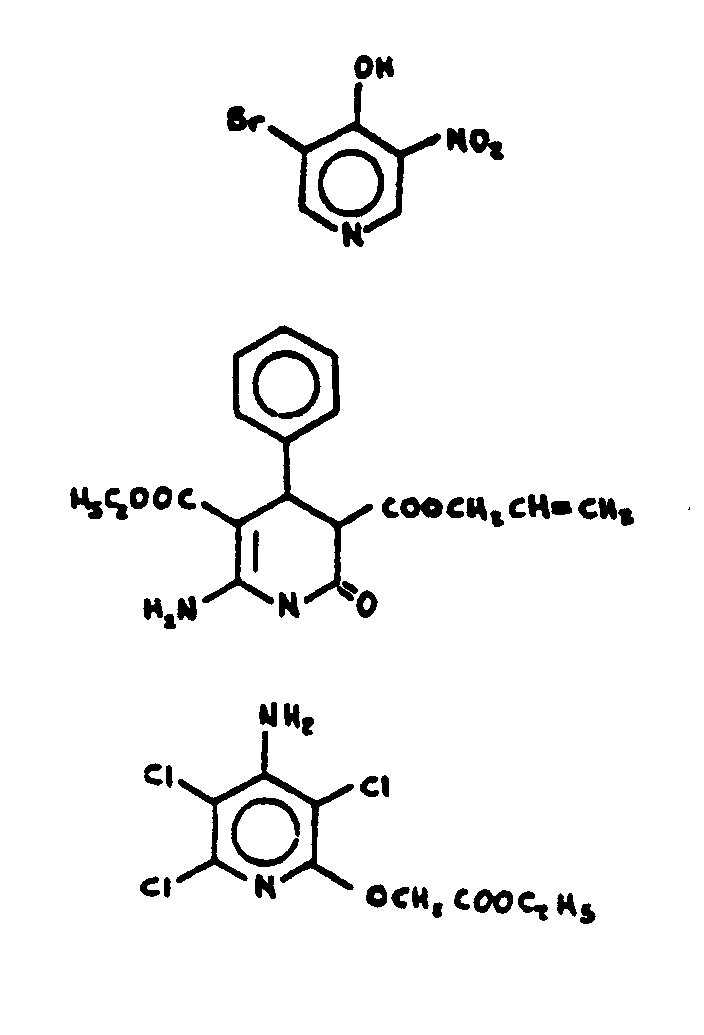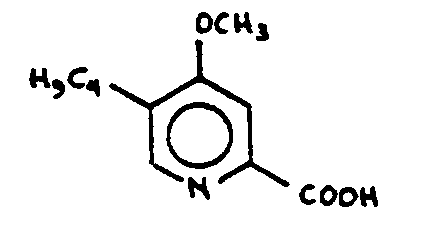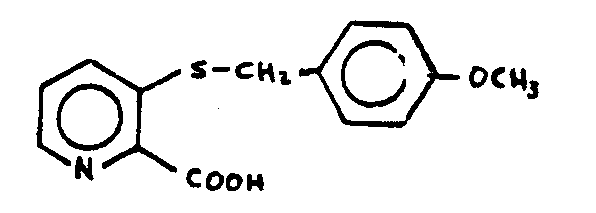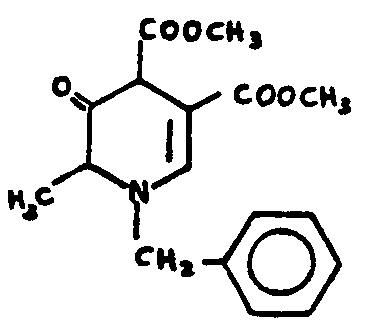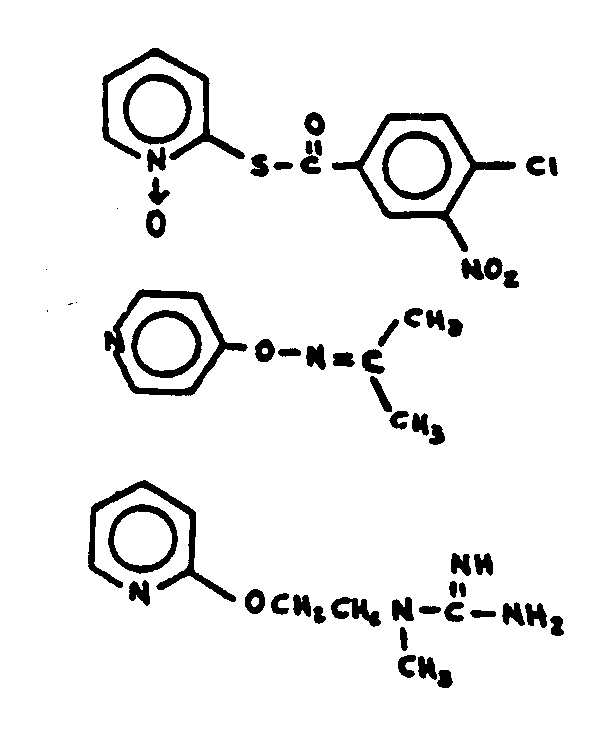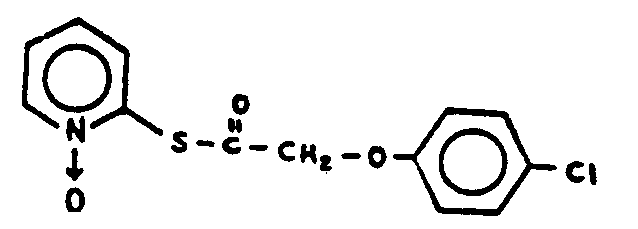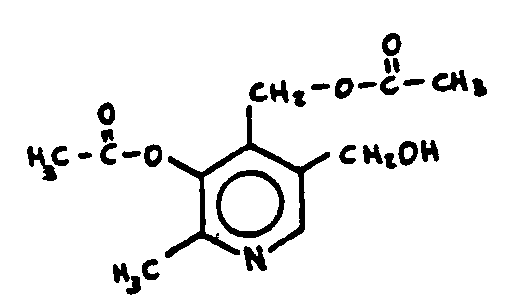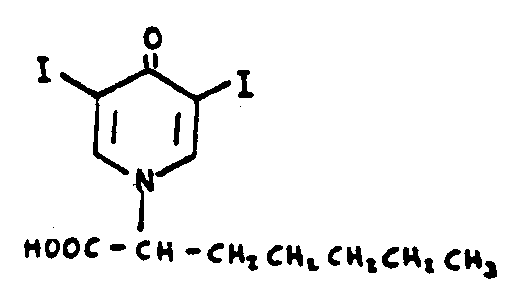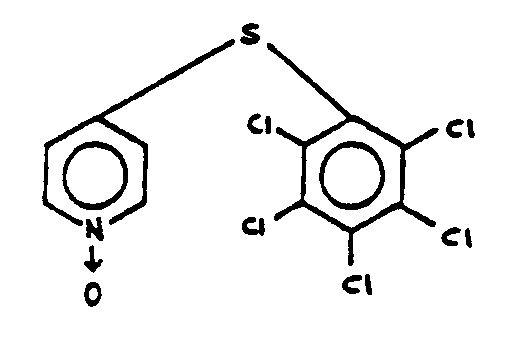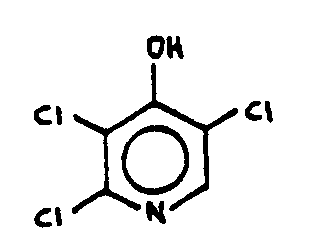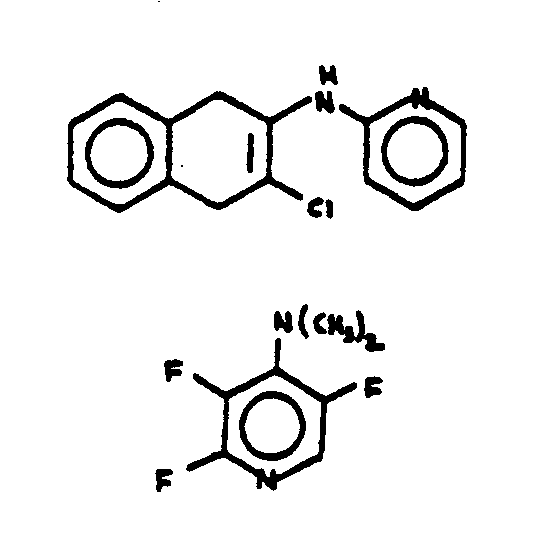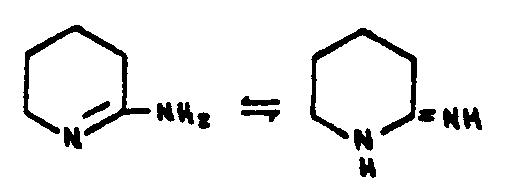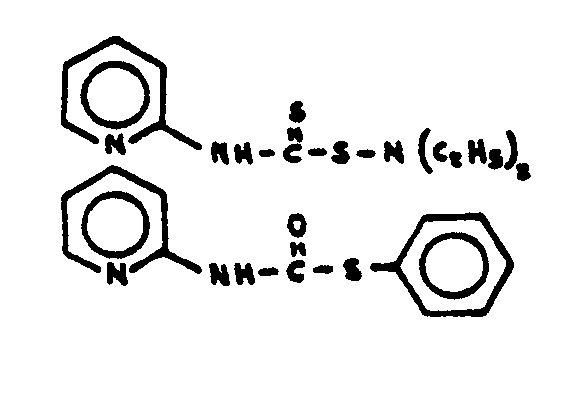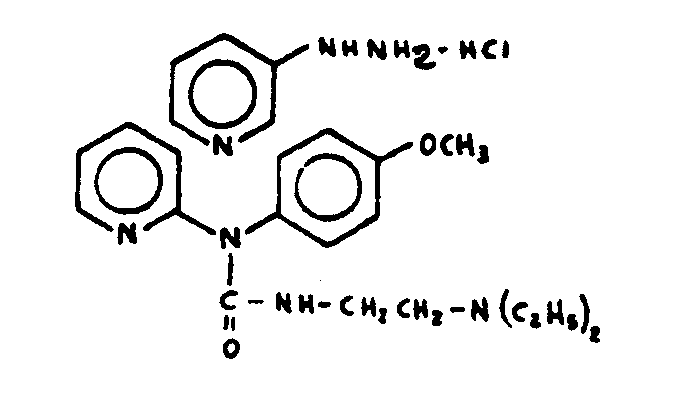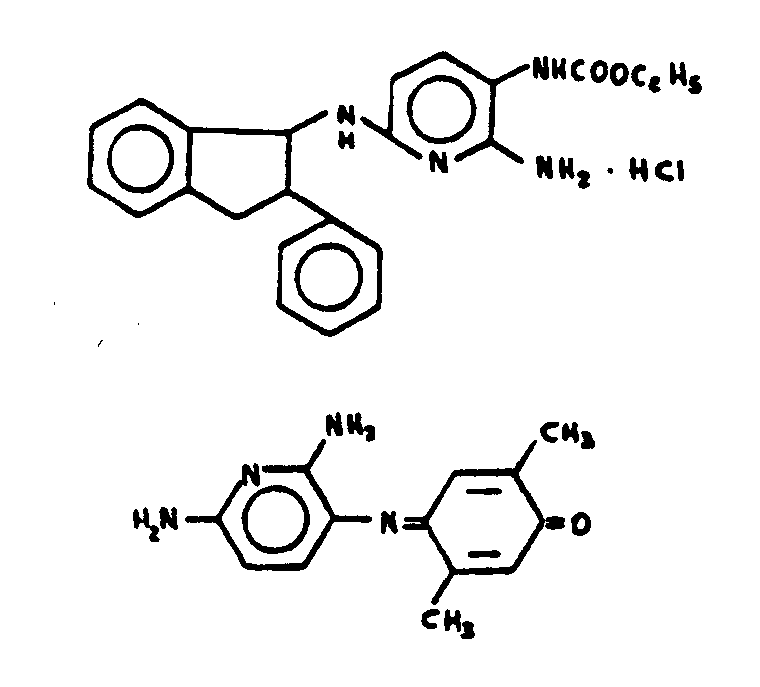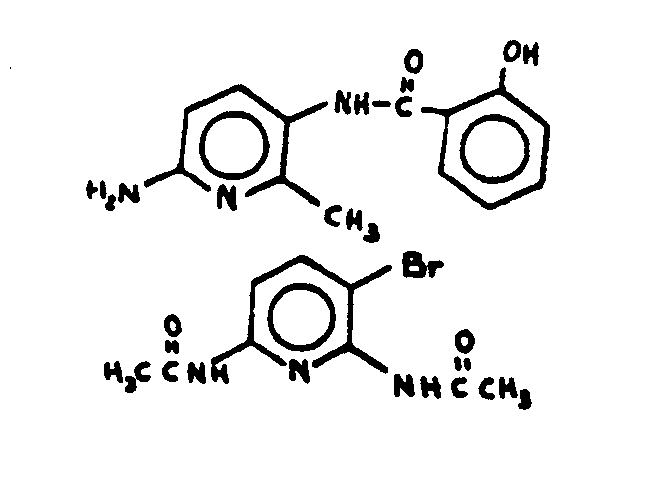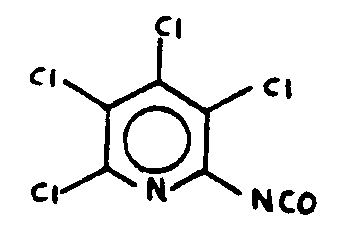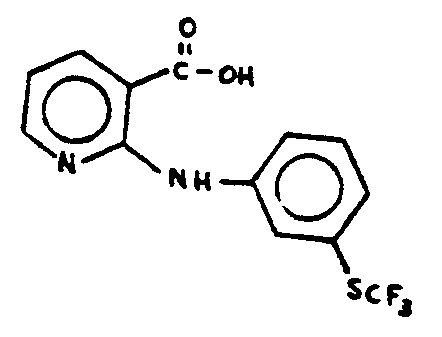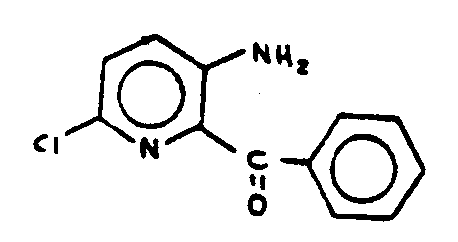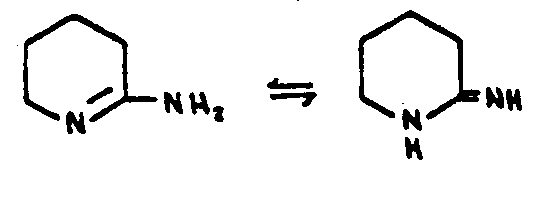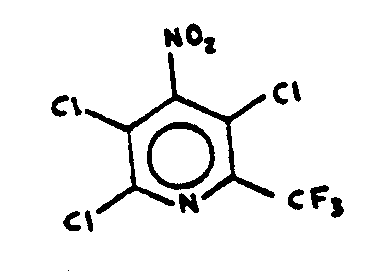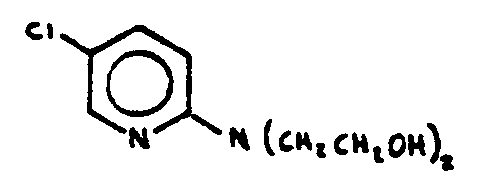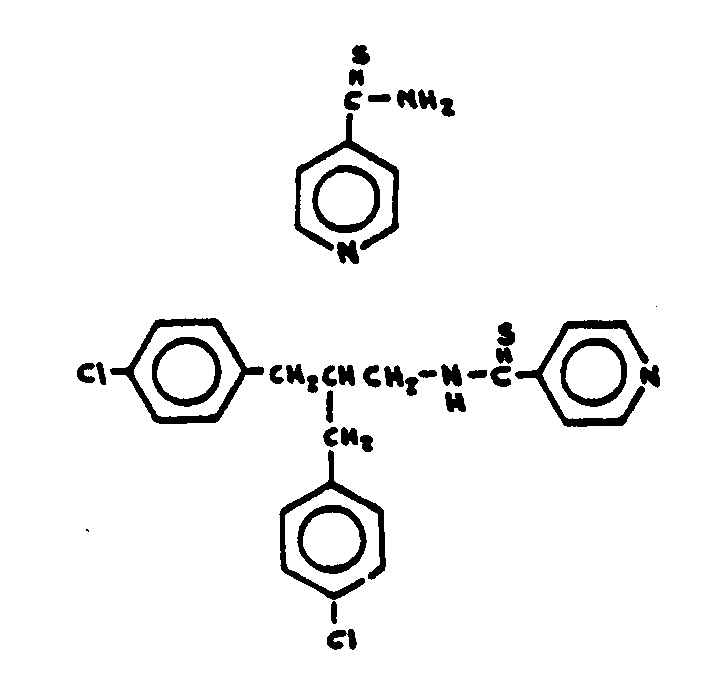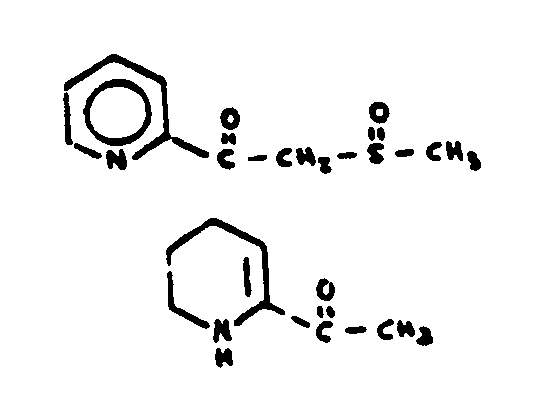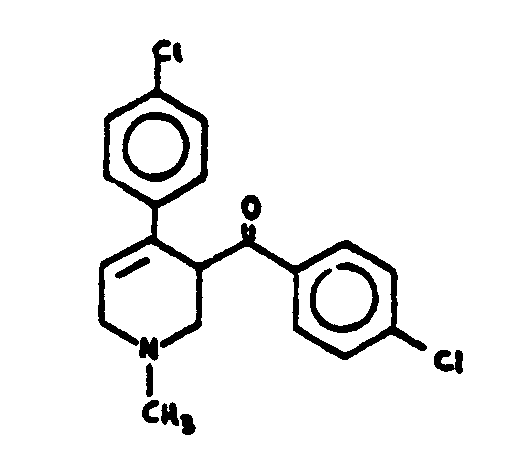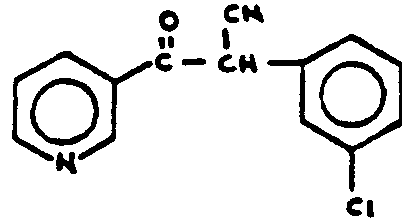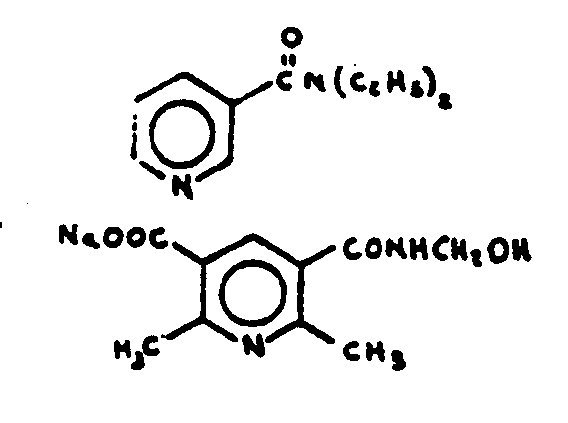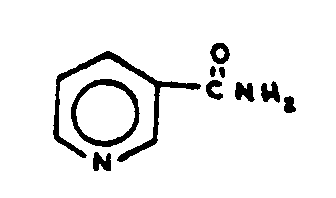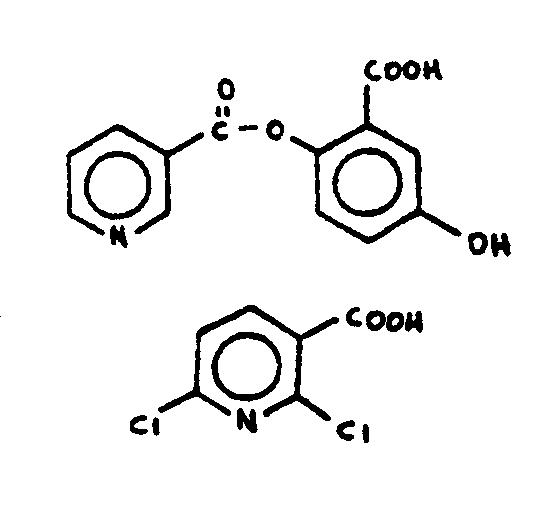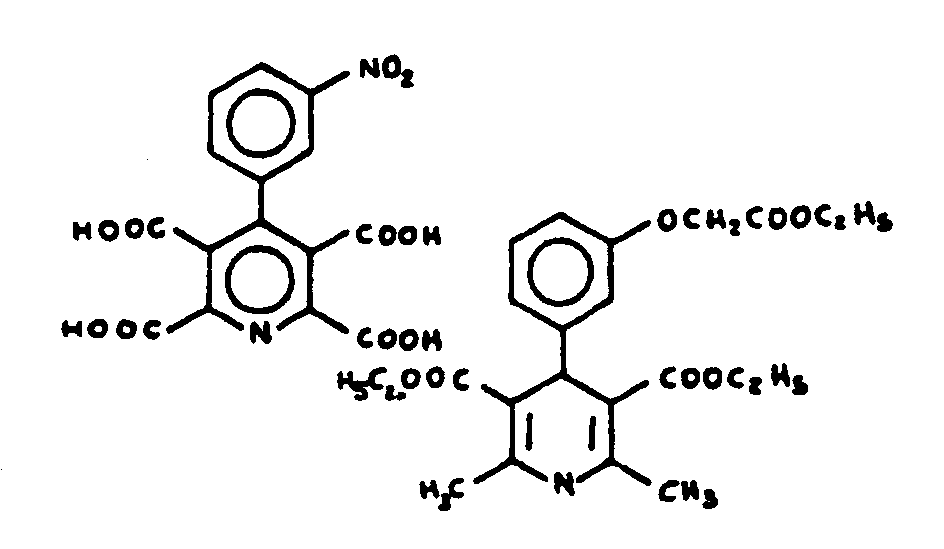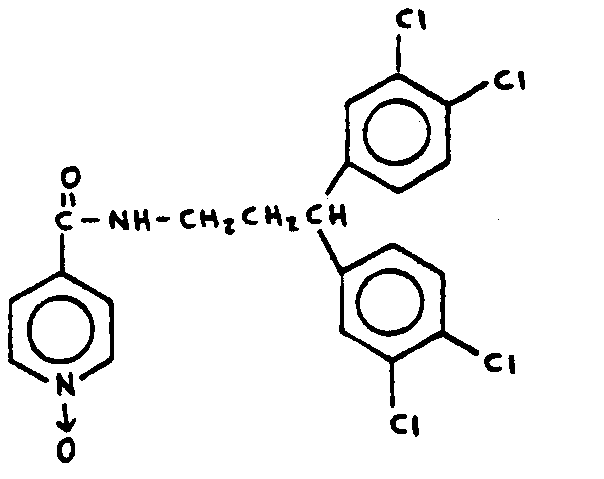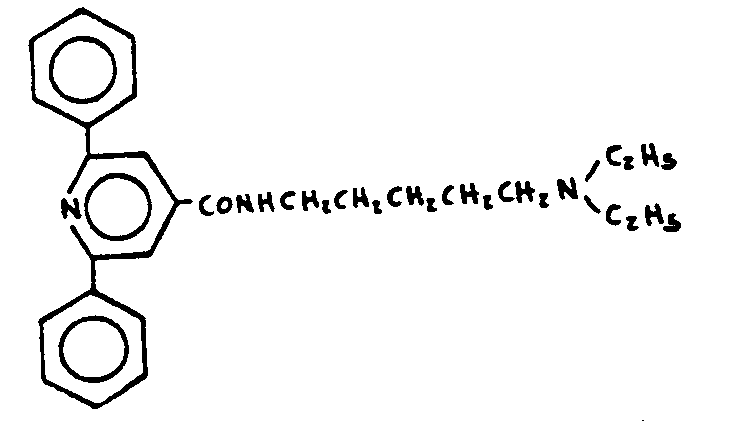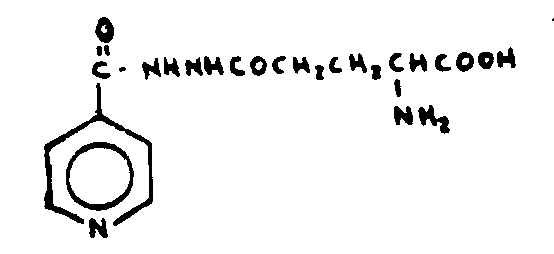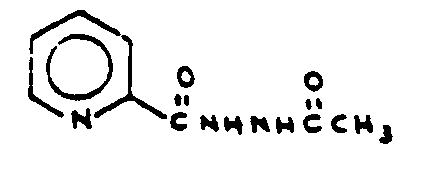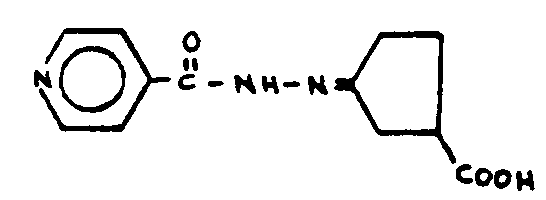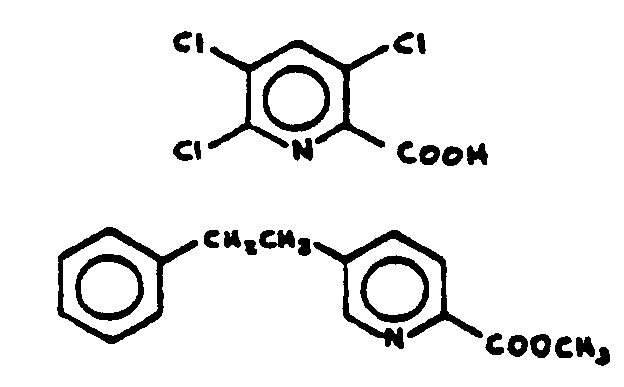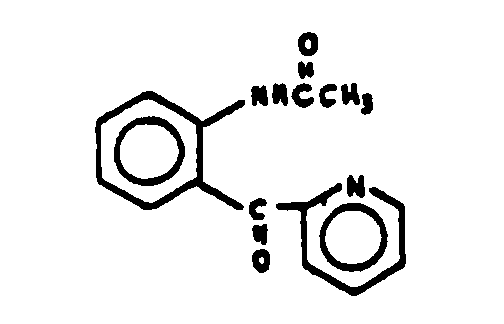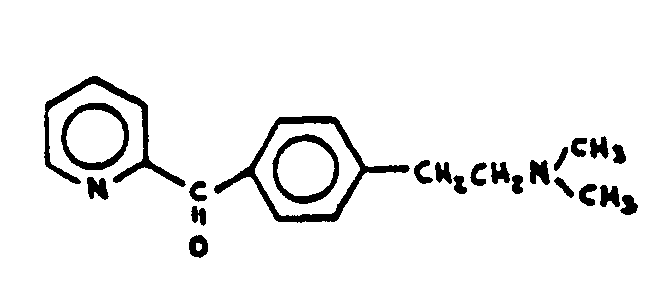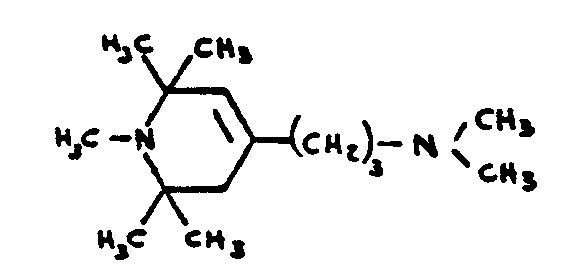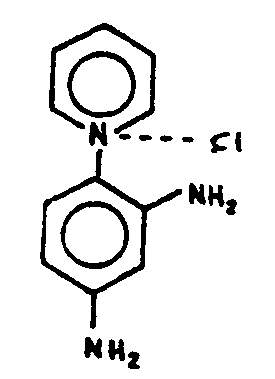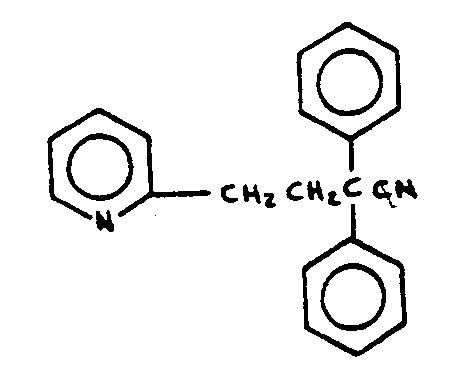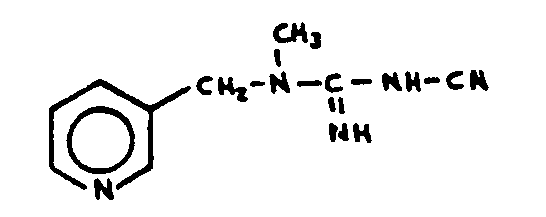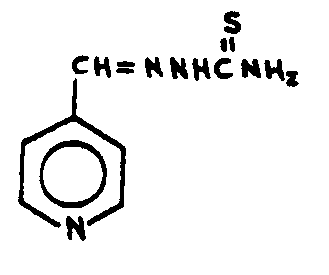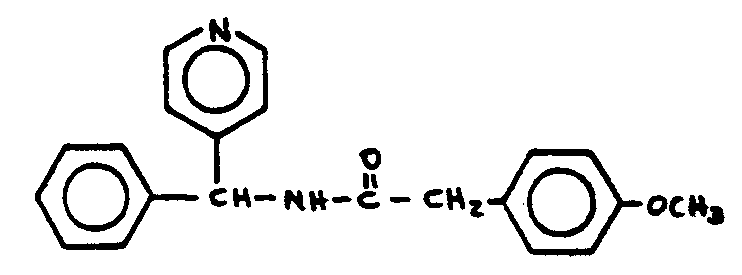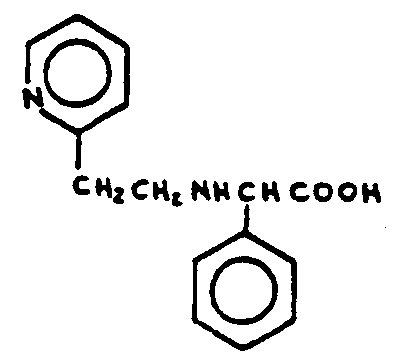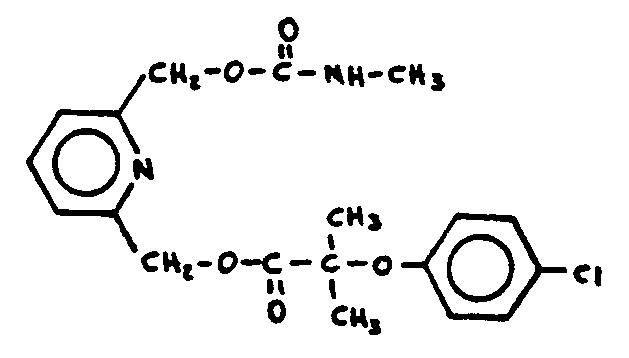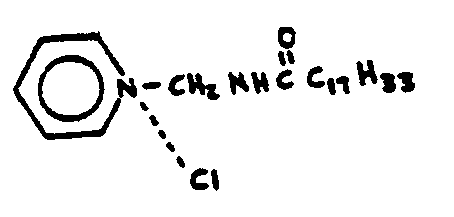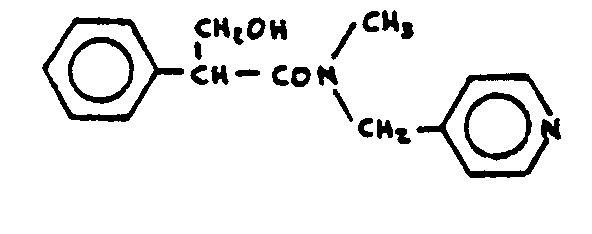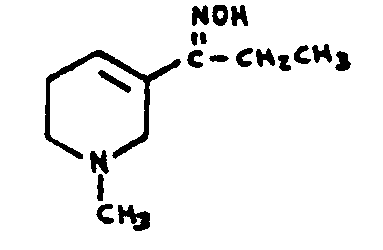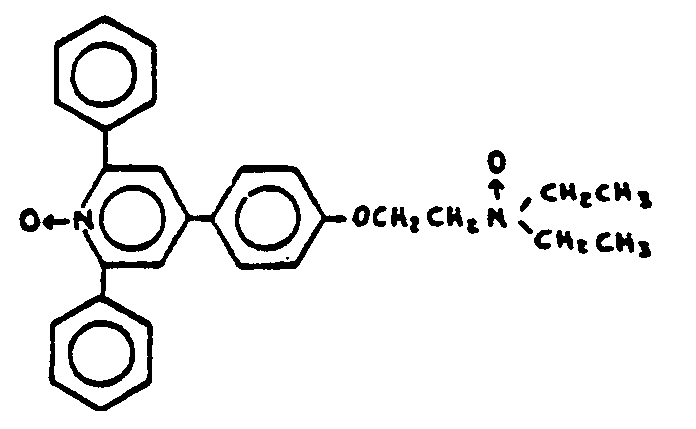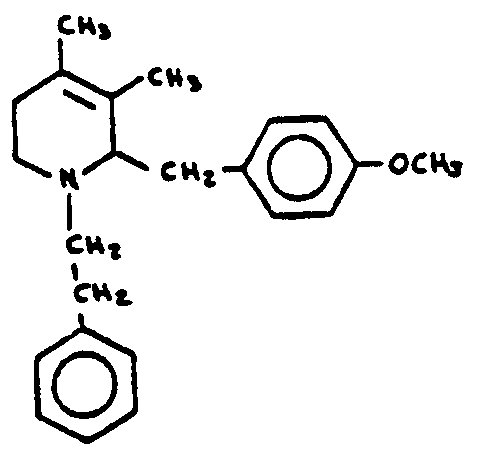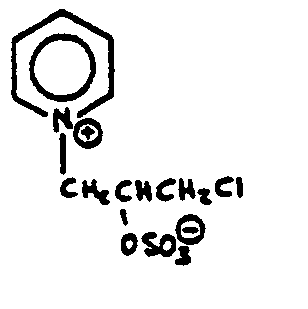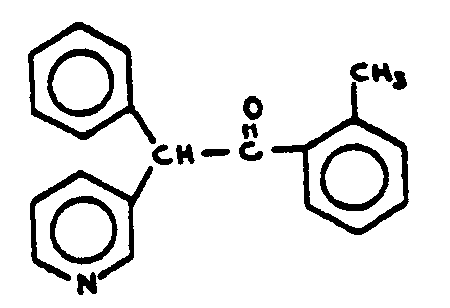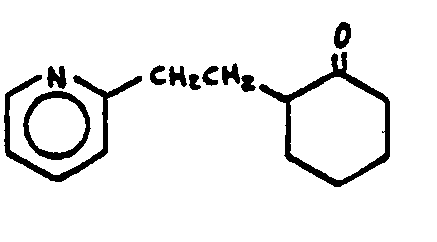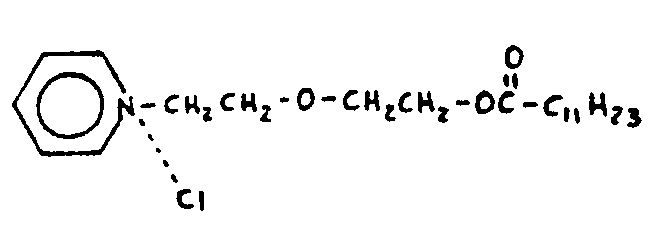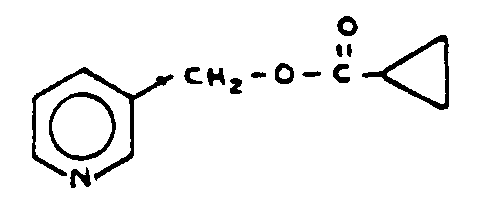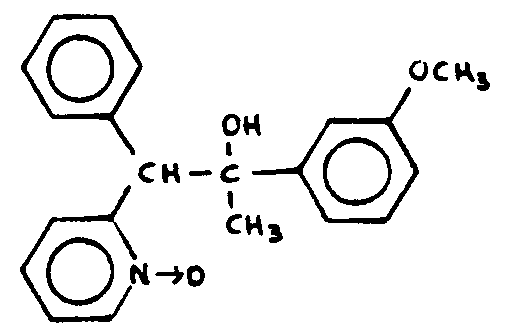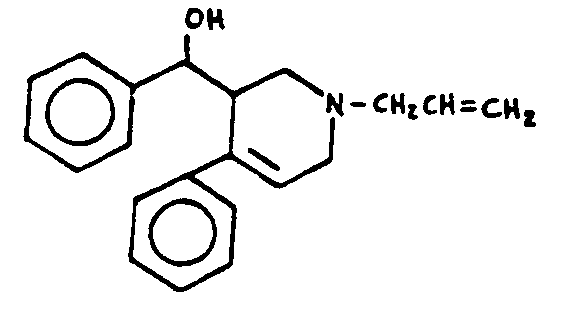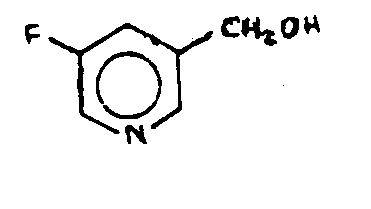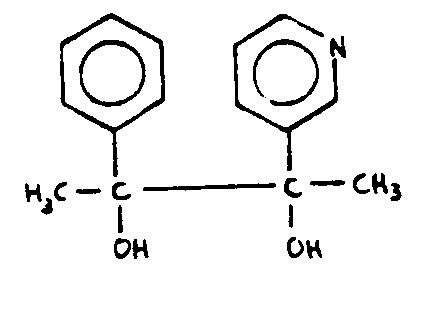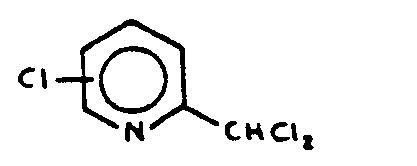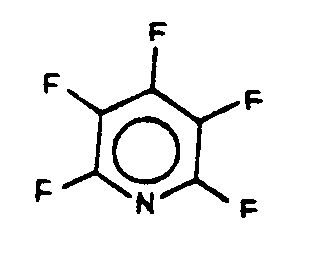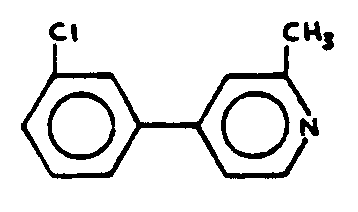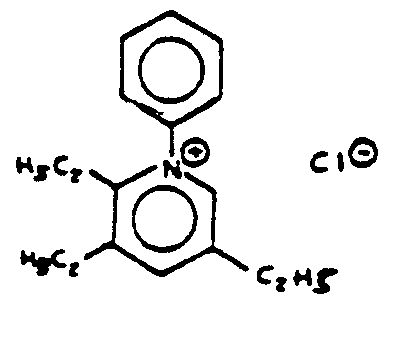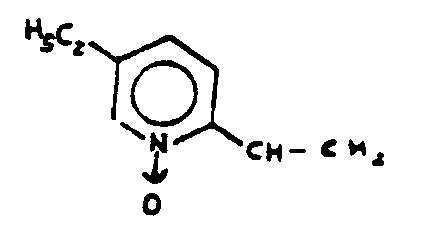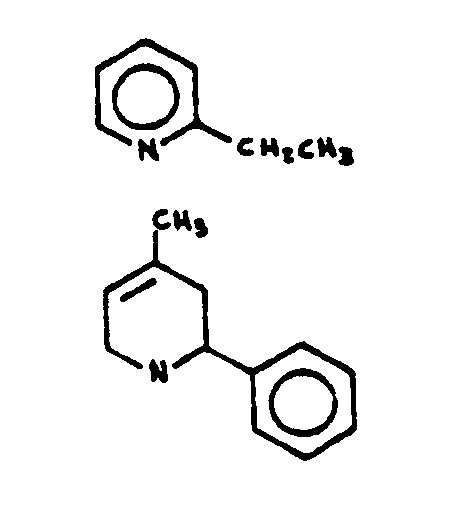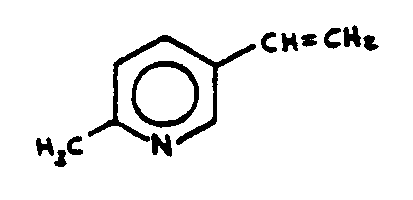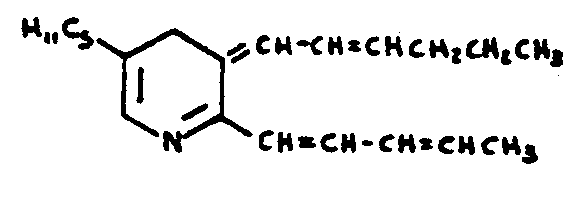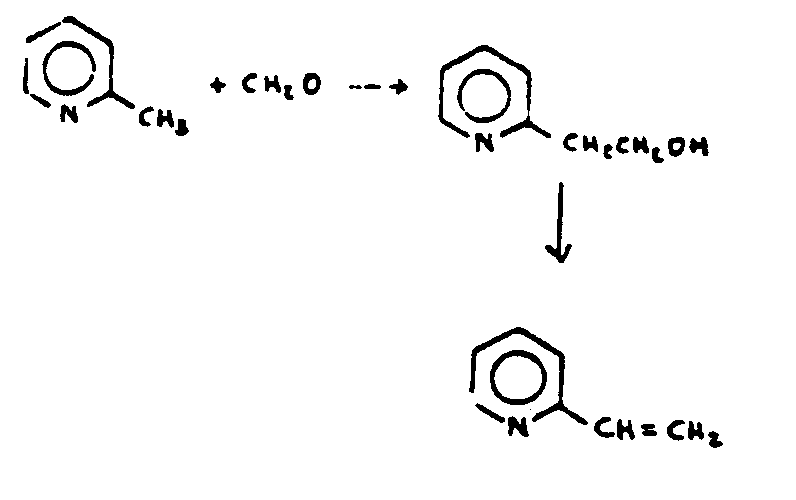![[Search a list of Patent Appplications for class 546]](../as.gif) CLASS 546, CLASS 546, | ORGANIC COMPOUNDS -- PART OF THE CLASS 532-570 SERIES |
| Click here for a printable version of this file | |
SECTION I - LINES WITH OTHER CLASSES AND WITHIN THIS CLASS
In this series of classes, Class 546 is to be considered as an integral part of Class 260 (after subclass 544) and follows the schedule hierarchy retaining all pertinent definitions and class lines of Class 260.
SUBCLASSES
![[List of Patents for class 546 subclass 1]](../ps.gif) 1 1 | Hetero ring is six-membered consisting of one nitrogen and five carbons: | ||
| This subclass is indented under subclass 1. Compounds under Class 540, ... which contain a six-membered
hetero ring consisting of one nitrogen and five carbon atoms.
SEE OR SEARCH CLASS:
| |||
![[List of Patents for class 546 subclass 2]](../ps.gif) 2 2 | Heavy metal or aluminum containing: | ||||||
This subclass is indented under subclass 1. Compounds which include aluminum or a metal having a specific
gravity greater than four.
SEE OR SEARCH THIS CLASS, SUBCLASS:
| |||||||
![[List of Patents for class 546 subclass 3]](../ps.gif) 3 3 | Arsenic containing: |
| This subclass is indented under subclass 2. Compounds which contain arsenic. | |
![[List of Patents for class 546 subclass 4]](../ps.gif) 4 4 | The metal bonded directly to carbon, which carbon is a ring carbon of the six-membered hetero ring or which carbon is attached directly or indirectly to the six-membered hetero ring by nonionic bonding: | ||||
This subclass is indented under subclass 2. Compounds wherein the metal is bonded directly (a) to a
ring carbon of the six-membered hetero ring, or (b) to a carbon
atom which additionally is attached directly or indirectly to the
six-membered hetero ring by nonionic bonding.
| |||||
![[List of Patents for class 546 subclass 5]](../ps.gif) 5 5 | The metal is bonded directly to chalcogen of a -C(=X)X- group, wherein the X"s are the same or diverse chalcogens, which group is attached directly or indirectly to the six-membered hetero ring by nonionic bonding: | ||||
This subclass is indented under subclass 2. Compounds wherein the metal is bonded directly to the singly
bonded chalcogen of a group, in which the X"s are the
same or diverse chalcogens (i.e., oxygen, sulfur, selenium, or tellurium),
which group is additionally attached directly or indirectly to the
six-membered hetero ring by nonionic bonding.
| |||||
![[List of Patents for class 546 subclass 6]](../ps.gif) 6 6 | The metal is bonded directly to chalcogen which chalcogen is attached directly or indirectly to the six-membered hetero ring by nonionic bonding: | ||
This subclass is indented under subclass 2. Compounds wherein the metal is bonded directly to a chalcogen
(i.e., oxygen, sulfur, selenium, or tellurium) which is attached directly
or indirectly to the six-membered hetero ring by nonionic bonding.
| |||
![[List of Patents for class 546 subclass 7]](../ps.gif) 7 7 | The chalcogen is bonded directly to ring carbon of a quinoline ring system (including hydrogenated): | ||
| This subclass is indented under subclass 6. Compounds wherein the chalcogen (i.e., oxygen, sulfur, selenium,
or tellurium) is attached directly to a ring carbon of a quinoline
ring system; said ring system, having the following basic structure,
may contain double bonds between ring members:
| |||
![[List of Patents for class 546 subclass 8]](../ps.gif) 8 8 | The metal is in an anion and the six-membered hetero ring is in a cation: | ||||
This subclass is indented under subclass 2. Compounds wherein the metal is in an anion, i.e., a group
with a negative charge, and the six-membered hetero ring is in a
cation, i.e., a group with a positive charge.
| |||||
![[List of Patents for class 546 subclass 9]](../ps.gif) 9 9 | The metal is bonded directly to halogen in the anion: | ||
This subclass is indented under subclass 8. Compounds in which the metal in the anion is bonded directly
to halogen; i.e., a metal-halogen bond.
| |||
![[List of Patents for class 546 subclass 10]](../ps.gif) 10 10 | Polycyclo ring system having the six-membered hetero ring as one of the cyclos: | ||
This subclass is indented under subclass 2. Compounds wherein the six-membered hetero ring is a cyclo
in a polycyclo ring system.
| |||
![[List of Patents for class 546 subclass 11]](../ps.gif) 11 11 | Piperidine containing: |
| This subclass is indented under subclass 2. Compounds which contain a piperidine ring, i.e., a six-membered hetero ring consisting of one ring nitrogen and five ring carbons with no double bonds between ring members. | |
![[List of Patents for class 546 subclass 12]](../ps.gif) 12 12 | Azide or acyclic nitrogen containing: | ||||
This subclass is indented under subclass 2. Compounds which contain an acyclic nitrogen atom or an azide
group.
| |||||
![[List of Patents for class 546 subclass 13]](../ps.gif) 13 13 | Boron containing: | ||
This subclass is indented under subclass 1. Compounds which contain boron.
| |||
![[List of Patents for class 546 subclass 14]](../ps.gif) 14 14 | Silicon containing: | ||
This subclass is indented under subclass 1. Compounds which contain silicon.
| |||
![[List of Patents for class 546 subclass 15]](../ps.gif) 15 15 | Spiro: | ||
This subclass is indented under subclass 1. Compounds which contain a spiro ring system.
| |||
![[List of Patents for class 546 subclass 16]](../ps.gif) 16 16 | The spiro includes the six-membered hetero ring: | ||
This subclass is indented under subclass 15. Compounds wherein at least one of the rings in the spiro
ring system is the six-membered hetero ring which consists of one
ring nitrogen and five ring carbons.
| |||
![[List of Patents for class 546 subclass 17]](../ps.gif) 17 17 | Polycyclo ring system having one of the two rings which form the spiro as one of the cyclos: | ||
This subclass is indented under subclass 16. Compounds wherein one of the two rings which form the spiro
ring system is additionally one of the cyclos of a polycyclo ring
system.
| |||
![[List of Patents for class 546 subclass 18]](../ps.gif) 18 18 | Polycyclo ring system having the six-membered hetero ring as one of the cyclos: | ||
This subclass is indented under subclass 17. Compounds wherein the six-membered hetero ring is one of
the cyclos of the polycyclo ring system.
| |||
![[List of Patents for class 546 subclass 19]](../ps.gif) 19 19 | At Least three ring hetero atoms in the two rings which form the spiro: | ||
This subclass is indented under subclass 16. Compounds wherein the spiro ring system contains at least
two ring hetero atoms in addition to the ring nitrogen of the six-membered
hetero ring.
| |||
![[List of Patents for class 546 subclass 20]](../ps.gif) 20 20 | At least three ring nitrogens in the two rings which form the spiro: | ||
This subclass is indented under subclass 19. Compounds wherein the spiro ring system includes at least
two ring nitrogen atoms in addition to the one ring nitrogen of
the six-membered hetero ring.
| |||
![[List of Patents for class 546 subclass 21]](../ps.gif) 21 21 | Phosphorus attached directly to the six-membered hetero ring by nonionic bonding: | ||
This subclass is indented under subclass 1. Compounds wherein phosphorus is attached directly to the
six-membered hetero ring by nonionic bonding.
| |||
![[List of Patents for class 546 subclass 22]](../ps.gif) 22 22 | Phosphorus attached indirectly to the six-membered hetero ring by nonionic bonding: | ||
This subclass is indented under subclass 1. Compounds wherein phosphorus is attached indirectly to the
six-membered hetero ring by nonionic bonding.
| |||
![[List of Patents for class 546 subclass 23]](../ps.gif) 23 23 | Polycyclo ring system having the six-membered hetero ring as one of the cyclos: | ||||
This subclass is indented under subclass 22. Compounds wherein the six-membered hetero ring is one of
the cyclos of a polycyclo ring system.
| |||||
![[List of Patents for class 546 subclass 24]](../ps.gif) 24 24 | Chalcogen bonded directly to ring carbon fo the six-membered hetero ring: | ||
This subclass is indented under subclass 22. Compounds wherein chalcogen (i.e., oxygen, sulfur, selenium,
or tellurium) is bonded directly to a ring carbon of the six-membered hetero
ring.
| |||
![[List of Patents for class 546 subclass 25]](../ps.gif) 25 25 | The phosphorus is bonded directly to the chalcogen: | ||
This subclass is indented under subclass 24. Compounds in which the phosphorus is bonded directly to
the chalcogen (i.e., oxygen, sulfur, selenium, or tellurium).
| |||
![[List of Patents for class 546 subclass 26]](../ps.gif) 26 26 | Polycyclo ring system having the six-membered hetero ring as one of the cyclos: | ||
This subclass is indented under subclass 1. Compounds wherein the six-membered hetero ring is one of
the cyclos of a polycyclo ring system.
| |||
![[List of Patents for class 546 subclass 27]](../ps.gif) 27 27 | The polycyclo ring system has at least ten cyclos and at least four ring nitrogens: | ||
This subclass is indented under subclass 26. Compounds wherein the polycyclo ring system contains at
least ten cyclos and at least four ring nitrogens.
| |||
![[List of Patents for class 546 subclass 28]](../ps.gif) 28 28 | Nonacyclo ring system having the six-membered hetero ring as one of the cyclos: | ||
This subclass is indented under subclass 26. Compounds in which the polycyclo ring system consists of
exactly nine rings.
| |||
![[List of Patents for class 546 subclass 29]](../ps.gif) 29 29 | The six-membered hetero ring shares ring nitrogen with a five-membered cyclo which contains additional ring nitrogen: | ||
This subclass is indented under subclass 28. Compounds wherein the nitrogen atom of the six-membered
hetero ring is also a member of a five-membered cyclo which contains
additional ring nitrogen.
| |||
![[List of Patents for class 546 subclass 30]](../ps.gif) 30 30 | Octacyclo ring system having the six-membered hetero ring as one of the cyclos: | ||
This subclass is indented under subclass 26. Compounds in which the polycyclo ring system consists of
exactly eight rings.
| |||
![[List of Patents for class 546 subclass 31]](../ps.gif) 31 31 | Plural ring hetero atoms in the octacyclo ring system (e.g., flavanthrone, cepharanthrine, etc.): | ||
This subclass is indented under subclass 30. Compounds wherein the octacyclo ring system includes at
least one ring hetero atom in addition to the ring nitrogen of the
six-membered hetero ring.
| |||
![[List of Patents for class 546 subclass 32]](../ps.gif) 32 32 | At least four ring nitrogens in the octacyclo ring system (e.g., naphthoylene dibenzimidazole, etc.): | ||
This subclass is indented under subclass 31. Compounds wherein the octacyclo ring system contains at
least four ring nitrogens.
| |||
![[List of Patents for class 546 subclass 33]](../ps.gif) 33 33 | Heptacyclo ring system having the six-membered hetero ring as one of the cyclos: | ||
This subclass is indented under subclass 26. Compounds in which the polycyclo ring system consists of
exactly seven rings.
| |||
![[List of Patents for class 546 subclass 34]](../ps.gif) 34 34 | Two of the cyclos share at least three ring members (e.g., protoveratrine, etc.): | ||
This subclass is indented under subclass 33. Compounds wherein at least three ring members of one cyclo
are ring members of an additional cyclo in the heptacyclo ring system
(i.e., bridged).
| |||
![[List of Patents for class 546 subclass 35]](../ps.gif) 35 35 | At least three ring hetero atoms in the heptacyclo ring system: | ||
This subclass is indented under subclass 34. Compounds wherein the heptacyclo ring system includes at
least two ring hetero atoms in addition to the ring nitrogen of
the six-membered hetero ring.
| |||
![[List of Patents for class 546 subclass 36]](../ps.gif) 36 36 | Plural ring hetero atoms in the heptacyclo ring system: | ||
This subclass is indented under subclass 33. Compounds wherein the heptacyclo ring system includes at
least one ring hetero atom in addition to the ring nitrogen of the
six-membered hetero ring.
| |||
![[List of Patents for class 546 subclass 37]](../ps.gif) 37 37 | Ring carbon is shared by three of the cyclos (e.g., perylene tetracarboxylic acid diimide, etc.): | ||
This subclass is indented under subclass 36. Compounds wherein one ring carbon is a member of three of
the cyclos in the heptacyclo ring system (i.e., peri-fusion).
| |||
![[List of Patents for class 546 subclass 38]](../ps.gif) 38 38 | Hexacyclo ring system having the six-membered hetero ring as one of the cyclos: | ||
This subclass is indented under subclass 26. Compounds in which the polycyclo ring system consists of
exactly six rings.
| |||
![[List of Patents for class 546 subclass 39]](../ps.gif) 39 39 | Two of the cyclos share at least three ring members (e.g., etheno morphides, etc.): | ||
This subclass is indented under subclass 38. Compounds wherein at least three ring members of one cyclo
are ring members of an additional cyclo in the hexacyclo ring system
(i.e., bridged).
| |||
![[List of Patents for class 546 subclass 40]](../ps.gif) 40 40 | Plural ring nitrogens in the hexacyclo ring system (e.g., reserpic acid lactone, etc.): | ||
This subclass is indented under subclass 39. Compounds wherein the hexacyclo ring system includes at
least two ring nitrogens.
| |||
![[List of Patents for class 546 subclass 41]](../ps.gif) 41 41 | Plural ring hetero atoms in the hexacyclo ring system: | ||
This subclass is indented under subclass 38. Compounds wherein the hexacyclo ring system contains at
least one ring hetero atom in addition to the ring nitrogen in the
six-membered hetero ring.
| |||
![[List of Patents for class 546 subclass 42]](../ps.gif) 42 42 | Pentacyclo ring system having the six-membered hetero ring as one of the cyclos: |
| This subclass is indented under subclass 26. Compounds in which the polycyclo ring system consists of exactly five rings. | |
![[List of Patents for class 546 subclass 43]](../ps.gif) 43 43 | Two of the cyclos share at least three ring members (i.e., bridged): | ||
This subclass is indented under subclass 42. Compounds wherein at least three ring members of one cyclo
are ring members of an additional cyclo in the pentacyclo ring system
(i.e., bridged).
| |||
![[List of Patents for class 546 subclass 44]](../ps.gif) 44 44 | One of the five cyclos is five-membered and includes ring chalcogen (e.g., codeine, morphine, etc.): | ||
This subclass is indented under subclass 43. Compounds wherein one of the cyclos of the pentacyclo ring
system is a five-membered hetero ring which contains ring chalcogen
(i.e., oxygen, sulfur, selenium, or tellurium).
| |||
![[List of Patents for class 546 subclass 45]](../ps.gif) 45 45 | Nitrogen or divalent chalcogen double bonded directly to carbocyclic ring of the pentacyclo ring system (e.g., morphinones, etc): | ||
This subclass is indented under subclass 44. Compounds wherein a nitrogen atom or a divalent chalcogen
(i.e., oxygen, sulfur, selenium, or tellurium) is attached directly
by a double bond to a carbocyclic ring of the pentacyclo ring system.
| |||
![[List of Patents for class 546 subclass 46]](../ps.gif) 46 46 | A Single chalcogen is bonded directly to ring carbon of the pentacyclo ring system (e.g., desoxy morphine, etc): | ||||
This subclass is indented under subclass 44. Compounds wherein exactly one chalcogen atom (i.e., oxygen,
sulfur, selenium, or tellurium) is bonded directly to a ring carbon
of the pentacyclo ring system.
| |||||
![[List of Patents for class 546 subclass 47]](../ps.gif) 47 47 | Plural ring hetero atoms in the pentacyclo ring system: | ||
This subclass is indented under subclass 42. Compounds wherein the pentacyclo ring system contains at
least one ring hetero atom in addition to the ring nitrogen of the
six-membered hetero ring.
| |||
![[List of Patents for class 546 subclass 48]](../ps.gif) 48 48 | Three or more ring hetero atoms in the pentacyclo ring system: | ||
This subclass is indented under subclass 47. Compounds wherein the pentacyclo ring system contains at
least two ring hetero atoms in addition to the ring nitrogen of
the six-membered hetero ring.
| |||
![[List of Patents for class 546 subclass 49]](../ps.gif) 49 49 | Two ring nitrogens in the pentacyclo ring system (e.g., quinacridones, etc.): | ||
This subclass is indented under subclass 47. Compounds wherein the pentacyclo ring system contains exactly
two ring nitrogens.
| |||
![[List of Patents for class 546 subclass 50]](../ps.gif) 50 50 | Ring nitrogen is shared by two of the cyclos (e.g., yohimbanes, etc.): | ||
This subclass is indented under subclass 49. Compounds wherein a ring nitrogen is a member of two of
the cyclos in the pentacyclo ring system.
| |||
![[List of Patents for class 546 subclass 51]](../ps.gif) 51 51 | Ring nitrogen is shared by five-membered cyclo and six-membered cyclo (e.g., vincamine, etc.): | ||
This subclass is indented under subclass 50. Compounds wherein the ring nitrogen of the six membered
hetero ring is additionally a member of a five-membered cyclo in
the pentacyclo ring system.
| |||
![[List of Patents for class 546 subclass 52]](../ps.gif) 52 52 | Additional ring nitrogen in the five-membered cyclo: | ||
This subclass is indented under subclass 51. Compounds in which the five-membered ring contains additional
ring nitrogen.
| |||
![[List of Patents for class 546 subclass 53]](../ps.gif) 53 53 | Having -C(=X)-; wherein x is chalcogen, bonded directly to ring carbon of the pentacyclo ring system and also bonded directly to chalcogen or nitrogen: | ||
This subclass is indented under subclass 50. Compounds in which a group, wherein X is chalcogen (i.e.,
oxygen, sulfur, selenium, or tellurium) is bonded directly both
to a ring carbon of the pentacyclo ring system and to a chalcogen
or nitrogen atom.
| |||
![[List of Patents for class 546 subclass 54]](../ps.gif) 54 54 | Plural chalcogens bonded directly to the same cyclo as is the -C(=X)- group: | ||
This subclass is indented under subclass 53. Compounds wherein at least two chalcogens (i.e., oxygen,
sulfur, selenium, or tellurium) are bonded directly to the same
cyclo as is the group.
| |||
![[List of Patents for class 546 subclass 55]](../ps.gif) 55 55 | Trialkoxybenzoyl bonded directly to at least one of the chalcogens (e.g., reserpine, etc.): | ||
This subclass is indented under subclass 54. Compounds in which bonded directly to at least one of the
chalcogens (i.e., oxygen, sulfur, selenium, or tellurium) is a trialkoxybenzoyl
group, i.e.,
| |||
![[List of Patents for class 546 subclass 56]](../ps.gif) 56 56 | Three or more ring carbons of the pentacyclo ring system are substituted (e.g., substituted quinacridones, etc.): | ||
This subclass is indented under subclass 49. Compounds which contain substituents (other than hydrogen)
on at least three of the ring carbons of the pentacyclo ring system.
| |||
![[List of Patents for class 546 subclass 57]](../ps.gif) 57 57 | Three or more chalcogens containing: | ||
This subclass is indented under subclass 56. Compounds which contain at least three chalcogens (i.e.,
oxygen, sulfur, selenium, or tellurium).
| |||
![[List of Patents for class 546 subclass 58]](../ps.gif) 58 58 | The pentacyclo ring system consists of five six-membered cyclos (e.g., anthraquinone-benzacridones, etc): |
| This subclass is indented under subclass 42. Compounds wherein the pentacyclo ring system consists of five six-membered cyclos. | |
![[List of Patents for class 546 subclass 59]](../ps.gif) 59 59 | Nitrogen attached directly to the pentacyclo ring system by nonionic bonding: | ||
This subclass is indented under subclass 58. Compounds wherein nitrogen is attached directly to the pentacyclo
ring system by nonionic bonding.
| |||
![[List of Patents for class 546 subclass 60]](../ps.gif) 60 60 | An additional ring is bonded directly to the nitrogen: | ||
This subclass is indented under subclass 59. Compounds in which an additional ring is bonded directly
to the nitrogen.
| |||
![[List of Patents for class 546 subclass 61]](../ps.gif) 61 61 | Tetracyclo ring system having the six-membered hetero ring as one of the cyclos: |
| This subclass is indented under subclass 26. Compounds in which the poly-cyclo ring system consists of exactly four rings. | |
![[List of Patents for class 546 subclass 62]](../ps.gif) 62 62 | Plural ring hetero atoms in the tetracyclo ring system (e.g., acronycines, etc.): | ||
This subclass is indented under subclass 61. Compounds wherein the tetracyclo ring system contains at
least one ring hetero atom in addition to the ring nitrogen of the
six-membered hetero ring.
| |||
![[List of Patents for class 546 subclass 63]](../ps.gif) 63 63 | Two of the cyclos share at least three ring members (i.e., bridged): | ||
This subclass is indented under subclass 62. Compounds wherein at least three ring members of one cyclo
are ring members of an additional cyclo in the tetracyclo ring system
(i.e., bridged).
| |||
![[List of Patents for class 546 subclass 64]](../ps.gif) 64 64 | Three or more ring hetero atoms in the tetracyclo ring system: | ||
This subclass is indented under subclass 62. Compounds wherein the tetracyclo ring system contains at
least two ring hetero atoms in addition to the ring nitrogen of
the six-membered hetero ring.
| |||
![[List of Patents for class 546 subclass 65]](../ps.gif) 65 65 | Plural ring chalcogens in the tetracyclo ring system: | ||
This subclass is indented under subclass 64. Compounds wherein the tetracyclo ring system contains at
least two ring chalcogens (i.e., oxygen, sulfur, selenium, or tellurium).
| |||
![[List of Patents for class 546 subclass 66]](../ps.gif) 66 66 | Ring carbon is shared by three of the cyclos: | ||
This subclass is indented under subclass 62. Compounds wherein one ring carbon is a member of three of
the cyclos in the tetracyclo ring system (i.e., peri-fusion).
| |||
![[List of Patents for class 546 subclass 67]](../ps.gif) 67 67 | The three cyclos consist of two carbocyclic rings and a five-membered hetero ring which includes a ring nitrogen (e.g., ergolines, etc.): | ||
This subclass is indented under subclass 66. Compounds wherein the three cyclos which share the ring
carbon consist of two carbocyclic rings and one five-membered hetero
ring which contains a ring nitrogen.
| |||
![[List of Patents for class 546 subclass 68]](../ps.gif) 68 68 | Chalcogen or nitrogen bonded directly to ring carbon of the six-membered hetero ring: | ||
This subclass is indented under subclass 67. Compounds wherein chalcogen (i.e., oxygen, sulfur, selenium,
or tellurium) or nitrogen is bonded directly to a ring carbon of
the six-membered hetero ring.
| |||
![[List of Patents for class 546 subclass 69]](../ps.gif) 69 69 | Having -C(=X)-, wherein X is chalcogen, bonded directly to the six-membered hetero ring (e.g., lysergic acid, etc.): | ||
This subclass is indented under subclass 67. Compounds wherein a group, in which X is chalcogen
(i.e., oxygen, sulfur, selenium, or tellurium), is bonded directly
to the six-membered hetero ring.
| |||
![[List of Patents for class 546 subclass 70]](../ps.gif) 70 70 | Two ring nitrogens in the tetracyclo ring system: | ||
This subclass is indented under subclass 62. Compounds in which the tetracyclo ring system contains exactly
two ring nitrogens.
| |||
![[List of Patents for class 546 subclass 71]](../ps.gif) 71 71 | Ring nitrogen is shared by two of the cyclos: | ||
This subclass is indented under subclass 61. Compounds wherein the ring nitrogen of the six-membered
hetero ring is a member of an additional cyclo in the tetracyclo
ring system.
| |||
![[List of Patents for class 546 subclass 72]](../ps.gif) 72 72 | Two of the cyclos share at least three ring members or a ring carbon is shared by three of the cyclos (i.e., bridged or peri-fused): | ||
This subclass is indented under subclass 71. Compounds wherein at least three ring members of one cyclo
are ring members of an additional cyclo or a ring carbon is a member
of three of the cyclos in the tetracyclo ring system (i.e., bridged
or peri-fused).
| |||
![[List of Patents for class 546 subclass 73]](../ps.gif) 73 73 | The six-membered hetero ring shares ring members with one other cyclo only (e.g., pyrrocolines, etc.): | ||
This subclass is indented under subclass 71. Compounds wherein ring members of the six-membered hetero
ring are ring members of one additional cyclo only in the tetracyclo
ring system.
| |||
![[List of Patents for class 546 subclass 74]](../ps.gif) 74 74 | Two of the cyclos share at least three ring members (e.g., morphinans, etc.): | ||
This subclass is indented under subclass 61. Compounds wherein at least three ring members of one cyclo
are ring members of an additional cyclo in the tetracyclo ring system
(i.e., bridged).
| |||
![[List of Patents for class 546 subclass 75]](../ps.gif) 75 75 | Ring carbon is shared by three of the cyclos: | ||
This subclass is indented under subclass 61. Compounds wherein one ring carbon is a member of three of
the cyclos in the tetracyclo ring system (i.e., peri-fusion).
| |||
![[List of Patents for class 546 subclass 76]](../ps.gif) 76 76 | Chalcogen bonded directly to ring carbon of the six-membered hetero ring (e.g., anthrapyridones, etc.): | ||
This subclass is indented under subclass 75. Compounds wherein chalcogen (i.e., oxygen, sulfur, selenium,
or tellurium) is bonded directly to a ring carbon of the six-membered hetero
ring.
| |||
![[List of Patents for class 546 subclass 77]](../ps.gif) 77 77 | The six-membered hetero ring shares ring members with one other cyclo only: | ||
This subclass is indented under subclass 61. Compounds wherein ring members of the six-membered hetero
ring are ring members of one additional cyclo only in the tetracyclo
ring system.
| |||
![[List of Patents for class 546 subclass 78]](../ps.gif) 78 78 | Plural chalcogens bonded directly to carbocyclic rings of the tetracyclo ring system (e.g., pyridoanthraquinones, etc.): | ||
This subclass is indented under subclass 77. Compounds wherein at least two chalcogens (i.e., oxygen,
sulfur, selenium, or tellurium) are bonded directly to carbocyclic
rings of the tetracyclo ring system.
| |||
![[List of Patents for class 546 subclass 79]](../ps.gif) 79 79 | Tricyclo ring system having the six-membered hetero ring as one of the cyclos: |
| This subclass is indented under subclass 26. Compounds in which the polycyclo ring system consists of exactly three rings. | |
![[List of Patents for class 546 subclass 80]](../ps.gif) 80 80 | Plural ring hetero atoms in the tricyclo ring system: | ||
This subclass is indented under subclass 79. Compounds wherein the tricyclo ring system contains at least
one ring hetero atom in addition to the ring nitrogen of the six-membered hetero
ring.
| |||
![[List of Patents for class 546 subclass 81]](../ps.gif) 81 81 | Plural ring nitrogens in the tricyclo ring system: | ||
This subclass is indented under subclass 80. Compounds wherein the tricyclo ring system contains at least
two ring nitrogens.
| |||
![[List of Patents for class 546 subclass 82]](../ps.gif) 82 82 | Three or more ring hetero atoms in the tricyclo ring system: | ||
This subclass is indented under subclass 81. Compounds wherein the tricyclo ring system contains at least
one additional ring hetero atom.
| |||
![[List of Patents for class 546 subclass 83]](../ps.gif) 83 83 | At least one of the ring hetero atoms is chalcogen: | ||
This subclass is indented under subclass 92. Compounds wherein at least one of the additional ring hetero
atoms is chalcogen (i.e., oxygen, sulfur, selenium, or tellurium).
| |||
![[List of Patents for class 546 subclass 84]](../ps.gif) 84 84 | One of the cyclos is five-membered: | ||
This subclass is indented under subclass 81. Compounds wherein one of the cyclos of the tricyclo ring
system to five-membered.
| |||
![[List of Patents for class 546 subclass 85]](../ps.gif) 85 85 | The six-membered hetero ring shares ring members with the five-membered cyclo only (e.g., pyrido-indoles, etc.): | ||
This subclass is indented under subclass 84. Compounds in which the six-membered hetero ring has ring
members in common with the five-membered ring only in the tricyclo
ring system.
| |||
![[List of Patents for class 546 subclass 86]](../ps.gif) 86 86 | Chalcogen bonded directly to ring carbon of the tricyclo ring system: | ||
This subclass is indented under subclass 85. Compounds in which chalcogen (i.e., oxygen, sulfur, selenium,
or tellurium) is bonded directly to ring carbon of the tricyclo
ring system.
| |||
![[List of Patents for class 546 subclass 87]](../ps.gif) 87 87 | Nitrogen attached directly or indirectly to the tricyclo ring system by nonionic bonding: | ||
This subclass is indented under subclass 85. Compounds in which nitrogen is attached directly or indirectly
to the tricyclo ring system by nonionic bonding.
| |||
![[List of Patents for class 546 subclass 88]](../ps.gif) 88 88 | Phenanthrolines (including hydrogenated): | ||||
This subclass is indented under subclass 81. Compounds wherein the tricyclo ring system consists of three
six-membered rings forming the phenanthrene configuration in which
two ring carbons have been replaced by ring nitrogens; said ring
system may contain double bonds between ring members.
| |||||
![[List of Patents for class 546 subclass 89]](../ps.gif) 89 89 | Ring oxygen in the tricyclo ring system: | ||
This subclass is indented under subclass 80. Compounds in which the tricyclo ring system contains ring
oxygen.
| |||
![[List of Patents for class 546 subclass 90]](../ps.gif) 90 90 | Plural ring oxygens in the tricyclo ring system: | ||
This subclass is indented under subclass 89. Compounds in which the tricyclo ring system contains at
least two ring oxygens.
| |||
![[List of Patents for class 546 subclass 91]](../ps.gif) 91 91 | Tropane and oxirane in the tricyclo ring system: | ||
| This subclass is indented under subclass 89. Compounds wherein the tricyclo ring system consists of the
tropane and oxirane nuclei.
| |||
![[List of Patents for class 546 subclass 92]](../ps.gif) 92 92 | Plural chalcogens bonded directly to ring carbons of the tricyclo ring system: | ||
This subclass is indented under subclass 89. Compounds wherein at least two chalcogens (i.e., oxygen,
sulfur, selenium, or tellurium) are bonded directly to ring carbons
of the tricyclo ring system.
| |||
![[List of Patents for class 546 subclass 93]](../ps.gif) 93 93 | One of the cyclos has at least seven members: | ||
This subclass is indented under subclass 79. Compounds wherein one of the cyclos of the tricyclo ring
system has at least seven members.
| |||
![[List of Patents for class 546 subclass 94]](../ps.gif) 94 94 | Ring nitrogen is shared by two of the cyclos: | ||
This subclass is indented under subclass 79. Compounds wherein the ring nitrogen is a member of two of
the cyclos in the tricyclo ring system.
| |||
![[List of Patents for class 546 subclass 95]](../ps.gif) 95 95 | Benzo (a) quinolizines (including hydrogenated): |
| This subclass is indented under subclass 94. Compounds wherein the tricyclo ring system has the following
basic structure, which may contain double bonds between ring members:
| |
![[List of Patents for class 546 subclass 96]](../ps.gif) 96 96 | Additional polycyclo ring system having ring nitrogen (e.g., emetine, etc.): | ||
This subclass is indented under subclass 95. Compounds which contain an additional polycyclo ring system
having ring nitrogen.
| |||
![[List of Patents for class 546 subclass 97]](../ps.gif) 97 97 | Two of the cyclos share at least three ring carbons (e.g., benzomorphans, etc.): | ||
This subclass is indented under subclass 79. Compounds wherein at least three ring carbons of one cyclo
are ring carbons of an additional cyclo in the tricyclo ring system
(i.e., bridged).
| |||
![[List of Patents for class 546 subclass 98]](../ps.gif) 98 98 | Ring carbon is shared by each of the three cyclos (e.g., 1,8-naphthalimides, etc.): | ||
This subclass is indented under subclass 79. Compounds wherein a ring carbon is a member of each of the
cyclos of the tricyclo ring system.
| |||
![[List of Patents for class 546 subclass 99]](../ps.gif) 99 99 | Nitrogen, other than as nitro or nitroso, attached directly or indirectly to the tricyclo ring system by nonionic bonding: | ||
This subclass is indented under subclass 98. Compojnds wherein nitrogen, except as a member of the nitro
(-NO2) or nitro-so (-NO) group, is attached
directly or indirectly to the tricyclo ring system by nonionic bonding.
| |||
![[List of Patents for class 546 subclass 100]](../ps.gif) 100 100 | The Nitrogen is bonded directly to a carbocyclic ring of the tricyclo ring system: |
| This subclass is indented under subclass 99. Compounds in which the nitrogen is bonded directly to a carbocyclic ring of the tricyclo ring system. | |
![[List of Patents for class 546 subclass 101]](../ps.gif) 101 101 | Each of the three cyclos is six-membered (e.g., benzoquinolines, etc.): | ||
This subclass is indented under subclass 79. Compounds wherein the tricyclo ring system consists of three
six-membered rings.
| |||
![[List of Patents for class 546 subclass 102]](../ps.gif) 102 102 | Acridines (including hydrogenated): |
| This subclass is indented under subclass 101. Compounds wherein the tricyclo ring system has the following
basic structure, which may contain double bonds between ring members:
| |
![[List of Patents for class 546 subclass 103]](../ps.gif) 103 103 | Chalcogen bonded directly to ring carbon of the six-membered hetero ring: |
| This subclass is indented under subclass 102. Compounds in which chalcogen (i.e., oxygen, sulfur, selenium, or tellurium) is bonded directly to ring carbon of the six-membered hetero ring. | |
![[List of Patents for class 546 subclass 104]](../ps.gif) 104 104 | Nitrogen, other than as nitro or nitroso, attached directly or indirectly to the acridine ring system by nonionic bonding: | ||
This subclass is indented under subclass 102. Compounds in which nitrogen, except as a member of the nitro
(-NO2) or nitroso (-NO) group, is attached
directly or indirectly to the acridine ring system by nonionic bonding.
| |||
![[List of Patents for class 546 subclass 105]](../ps.gif) 105 105 | The nitrogent is bonded directly to ring carbon of the six-membered hetero ring: |
| This subclass is indented under subclass 104. Compounds in which the nitrogen is bonded directly to ring carbon of the six-membered hetero ring. | |
![[List of Patents for class 546 subclass 106]](../ps.gif) 106 106 | The nitrogen is part of a substituent which contains additional nonionically bonded nitrogen: | ||
This subclass is indented under subclass 105. Compounds wherein the nitrogen is a member of a group containing
additional nitrogen which is attached by nonionic bonding to the acridine
ring system.
| |||
![[List of Patents for class 546 subclass 107]](../ps.gif) 107 107 | Plural nitrogens, other than as nitro or nitroso, attached directly to the carbocyclic rings of the acridine ring system (e.g., 3, 6-diaminoacridines, etc.): | ||
This subclass is indented under subclass 104. Compounds wherein at least two nitrogens, except as members
of the nitro (-NO) or nitroso (-NO) group, are attached directly
to the carbocyclic rings of the acridine ring system.
| |||
![[List of Patents for class 546 subclass 108]](../ps.gif) 108 108 | Phenanthridines (including hydrogenated): |
| This subclass is indented under subclass 101. Compounds wherein the tricyclo ring system has the following
basic structure, which may contain double bonds between ring members:
| |
![[List of Patents for class 546 subclass 109]](../ps.gif) 109 109 | Unsaturated ring bonded directly to ring carbon of the six-membered hetero ring: | ||
This subclass is indented under subclass 108. Compounds in which an unsaturated ring, i.e., a ring which
contains at least one double bond between ring members, is bonded
directly to ring carbon of the six-membered hetero ring.
| |||
![[List of Patents for class 546 subclass 110]](../ps.gif) 110 110 | Chalcogen or -C(=X)-, wherein X is chalcogen, attached directly to the six-membered hetero ring by nonionic bonding: | ||
This subclass is indented under subclass 101. Compounds in which chalcogen (i.e., oxygen, sulfur,selenium
or tellurium), or a -C- group, in which X is chalcogen, is bonded
directly to the six-membered hetero ring by nonionic bonding.
| |||
![[List of Patents for class 546 subclass 111]](../ps.gif) 111 111 | The tricyclo ring system consists of a five-membered carbocyclic ring ortho fused to both a six-membered carboxyclic ring and the six-membered hetero ring (e.g., indenopyridines, etc.): | ||
| This subclass is indented under subclass 79. Compounds in which the tricyclo ring system consists of
a five-membered carbocyclic ring ortho fused to both a six-membered
carbocyclic ring and the six-membered hetero ring; e .g.,
| |||
![[List of Patents for class 546 subclass 112]](../ps.gif) 112 112 | Bicyclo ring system having the six-membered hetero ring as one of the cyclos: | ||
This subclass is indented under subclass 26. Compounds in which the polycyclo ring system consists of
exactly two rings.
| |||
![[List of Patents for class 546 subclass 113]](../ps.gif) 113 113 | Plural ring hetero atoms in the bicyclo ring system: | ||
This subclass is indented under subclass 112. Compounds wherein the bicyclo ring system includes at least
one ring hetero atom in addition to the ring nitrogen of the six-membered hetero
ring.
| |||
![[List of Patents for class 546 subclass 114]](../ps.gif) 114 114 | Ring sulfur in the bicyclo ring system: | ||
This subclass is indented under subclass 113. Compounds in which the bicyclo ring system contains ring
sulfur.
| |||
![[List of Patents for class 546 subclass 115]](../ps.gif) 115 115 | Ring oxygen in the bicyclo ring system: | ||
This subclass is indented under subclass 113. Compounds in which the bicyclo ring system contains ring
oxygen.
| |||
![[List of Patents for class 546 subclass 116]](../ps.gif) 116 116 | Acyclic chalcogen bonded directly to ring carbon of the bicyclo ring system: | ||
This subclass is indented under subclass 115. Compounds in which acyclic chalcogen (i.e., oxygen, sulfur,
selenium, or tellurium) is bonded directly to ring carbon of the
bicyclo ring system.
| |||
![[List of Patents for class 546 subclass 117]](../ps.gif) 117 117 | At least four ring nitrogens in the bicyclo ring system: | ||
This subclass is indented under subclass 113. Compounds wherein the bicyclo ring system contains at least
four ring nitrogens.
| |||
![[List of Patents for class 546 subclass 118]](../ps.gif) 118 118 | Three ring nitrogens in the bicyclo ring system: | ||
This subclass is indented under subclass 113. Compounds wherein the bicyclo ring system contains exactly
three ring nitrogens.
| |||
![[List of Patents for class 546 subclass 119]](../ps.gif) 119 119 | Two of the ring nitrogens are bonded directly to each other: | ||
This subclass is indented under subclass 118. Compounds wherein two of the ring nitrogens are bonded directly
to each other.
| |||
![[List of Patents for class 546 subclass 120]](../ps.gif) 120 120 | Having -C(=X)-, wherein X is chalcogen, bonded directly to the bicyclo ring system: | ||
This subclass is indented under subclass 119. Compounds wherein a group, in which X is chalcogen (i.e.,
oxygen, sulfur, selenium, or tellurium), is bonded directly to the
bicyclo ring system.
| |||
![[List of Patents for class 546 subclass 121]](../ps.gif) 121 121 | Ring nitrogen is shared by the two cyclos: | ||
This subclass is indented under subclass 113. Compounds wherein the ring nitrogen is a member of both
cyclos of the bicyclo ring system.
| |||
![[List of Patents for class 546 subclass 122]](../ps.gif) 122 122 | The other cyclo in the bicyclo ring system is also six-membered (e.g., naphthyridines, etc.): |
| This subclass is indented under subclass 113. Compounds wherein the bicyclo ring system consists of two six-membered cyclos. | |
![[List of Patents for class 546 subclass 123]](../ps.gif) 123 123 | Chalcogen and -C(=X)-, wherein X is chalcogen bonded directly to ring carbons of the bicyclo ring system (e.g., 4-oxo-naphthyridine-3-carboxylic acid, etc.): | ||
This subclass is indented under subclass 122. Compounds in which both chalocogen (i.e., oxygen, sulfur,
selenium, or tellurium) and a group, wherein X is chalcogen, are
bonded directly to ring carbons of the bicyclo ring system.
| |||
![[List of Patents for class 546 subclass 124]](../ps.gif) 124 124 | Tropanes (including nor and dehydro forms): | ||||
| This subclass is indented under subclass 112. Compounds in which the bicyclo ring system has the following
basic structure:
| |||||
![[List of Patents for class 546 subclass 125]](../ps.gif) 125 125 | Additional hetero ring containing: | ||
This subclass is indented under subclass 124. Compounds which contain an additional hetero ring.
| |||
![[List of Patents for class 546 subclass 126]](../ps.gif) 126 126 | Additional polycyclo ring system having the additional hetero ring as one of the cyclos: | ||
This subclass is indented under subclass 125. Compounds wherein the additional hetero ring is one of the
cyclos in a polycyclo ring system.
| |||
![[List of Patents for class 546 subclass 127]](../ps.gif) 127 127 | Chalcogen bonded directly to ring carbon of the tropane ring system: | ||
This subclass is indented under subclass 124. Compounds wherein chalcogen (i.e., oxygen, sulfur, selenium,
or tellurium) is bonded directly to a ring carbon of the tropane
ring system.
| |||
![[List of Patents for class 546 subclass 128]](../ps.gif) 128 128 | Polycyclo-carbocyclic ring system: | ||
This subclass is indented under subclass 127. Compounds having a carbocyclic ring system which contains
at least two rings.
| |||
![[List of Patents for class 546 subclass 129]](../ps.gif) 129 129 | Additional chalcogen attached directly or indirectly to the tropane ring system by nonionic bonding: | ||
This subclass is indented under subclass 127. Compounds wherein additional chalcogen (i.e., oxygen, sulfur,
selenium, or tellurium) is attached directly or indirectly to the
tropane ring system by nonionic bonding.
| |||
![[List of Patents for class 546 subclass 130]](../ps.gif) 130 130 | Three or more oxygens attached directly or indirectly to the tropane ring system by nonionic bonding: | ||
This subclass is indented under subclass 129. Compounds in which at least three oxygens are attached directly
or indirectly to the tropane ring system by nonionic bonding.
| |||
![[List of Patents for class 546 subclass 131]](../ps.gif) 131 131 | Hydroxy containing or containing oxy bonded directly to a group IA or group IIA light metal (i.e., -OH or -OM containing): | ||
This subclass is indented under subclass 130. Compounds which contain either an -OH or an -OM group, wherein
M is a Group IA or Group IIA metal having specific gravity less
than four.
| |||
![[List of Patents for class 546 subclass 132]](../ps.gif) 132 132 | Having -C(=X), wherein X is chalcogen, bonded directly to the tropane ring system: | ||
This subclass is indented under subclass 124. Compounds wherein a group, in which X is chalcogen (i.e.,
oxygen, sulfur, selenium, or tellurium), is bonded directly to the
tropane ring system.
| |||
![[List of Patents for class 546 subclass 133]](../ps.gif) 133 133 | Quinuclidines (including unsaturated): | ||
| This subclass is indented under subclass 112. Compounds wherein the bicyclo ring system has the following
basic structure, which may contain double bonds between ring members:
| |||
![[List of Patents for class 546 subclass 134]](../ps.gif) 134 134 | Quinoline containing (including hydrogenated): | ||
| This subclass is indented under subclass 133. Compounds containing the quinoline ring system, which may
contain double bonds between ring members, i.e.,
| |||
![[List of Patents for class 546 subclass 135]](../ps.gif) 135 135 | Additional hetero ring containing: | ||
This subclass is indented under subclass 134. Compounds which contain an additional hetero ring.
| |||
![[List of Patents for class 546 subclass 136]](../ps.gif) 136 136 | Three or more chalcogens attached indirectly to the quinuclidine ring system by nonionic bonding: | ||
This subclass is indented under subclass 134. Compounds in which at least three chalcogens (i.e., oxygen,
sulfur, selenium, or tellurium) are attached indirectly to the quinuclidine
ring system by nonionic bonding.
| |||
![[List of Patents for class 546 subclass 137]](../ps.gif) 137 137 | Chalcogen bonded directly to ring carbon of the quinuclidine ring system: | ||
This subclass is indented under subclass 133. Compounds wherein chalcogen (i.e., oxygen, sulfur, selenium,
or tellurium) is bonded directly to a ring carbon of the quinuclidine ring
system.
| |||
![[List of Patents for class 546 subclass 138]](../ps.gif) 138 138 | Quinolizines (including hydrogenated): | ||
| This subclass is indented under subclass 112. Compounds wherein the bicyclo ring system has the following
basic structure, which may contain double bonds between ring members:
| |||
![[List of Patents for class 546 subclass 139]](../ps.gif) 139 139 | Isoquinolines (including hydrogenated): |
| This subclass is indented under subclass 112. Compounds wherein the bicyclo ring system has the following
structure, which may contain double bonds between ring members:
| |
![[List of Patents for class 546 subclass 140]](../ps.gif) 140 140 | Plural isoquinoline ring systems attached directly or indirectly to each other by nonionic bonding: | ||
This subclass is indented under subclass 139. Compounds which contain at least two isoquinoline ring systems
that are attached directly or indirectly to each other by nonionic
bonding.
| |||
![[List of Patents for class 546 subclass 141]](../ps.gif) 141 141 | Chalcogen attached directly to the six-membered hetero ring by nonionic bonding: | ||
This subclass is indented under subclass 139. Compounds wherein chalcogen (i.e., oxygen, sulfur, selenium,
or tellurium) is attached directly to the six-membered hetero ring
of the isoquinoline ring system by nonionic bonding.
| |||
![[List of Patents for class 546 subclass 142]](../ps.gif) 142 142 | Plural chalcogens attached directly to the six-membered hetero ring by nonionic bonding: |
| This subclass is indented under subclass 141. Compounds wherein at least two chalcogens (i.e., oxygen, sulfur, selenium, or tellurium) are attached directly to the six-membered hetero ring of the isoquinoline ring system by nonionic bonding. | |
![[List of Patents for class 546 subclass 143]](../ps.gif) 143 143 | Nitrogen, other than as nitro or nitroso, attached directly to the isoquinoline ring system by nonionic bonding: | ||
This subclass is indented under subclass 139. Compounds wherein nitrogen, except as a member of the nitro
(-NO2) or nitroso (-NO) group, is attached
directly to the isoquinoline ring system by nonionic bonding.
| |||
![[List of Patents for class 546 subclass 144]](../ps.gif) 144 144 | Unsaturated ring attached directly to the six-membered hetero ring by nonionic bonding: | ||||
This subclass is indented under subclass 139. Compounds wherein an unsaturated ring, i.e., a ring having
at least one double bond between ring members, is attached directly
to the six-membered hetero ring by nonionic bonding.
| |||||
![[List of Patents for class 546 subclass 145]](../ps.gif) 145 145 | Acyclic nitrogen double or triple bonded to carbon which is attached directly or indirectly to the isoquinoline ring system by nonionic bonding: | ||
This subclass is indented under subclass 139. Compounds wherein acyclic nitrogen is attached by a double
or triple bond to carbon which in turn is attached directly or indirectly to
the isoquinoline ring system by nonionic bonding.
| |||
![[List of Patents for class 546 subclass 146]](../ps.gif) 146 146 | Having -C(=X)-, wherein X is chalcogen, attached directly or indirectly to the isoquinoline ring system by nonionic bonding: | ||
This subclass is indented under subclass 139. Compounds wherein a group, in which X is chalcogen (i.e.,
oxygen, sulfur, selenium, or tellurium), is bonded directly or indirectly
to the isoquinoline ring system by nonionic bonding.
| |||
![[List of Patents for class 546 subclass 147]](../ps.gif) 147 147 | The -C(=X)- is Part of a -C(=X)X- group, wherein the X"s are the same or diverse chalcogens: | ||
This subclass is indented under subclass 146. Compounds in which the -C(=X)- is part of a group,
wherein the X"s are the same, or diverse, chalcogens (i.e.,
oxygen, sulfur, selenium, or tellurium.)
| |||
![[List of Patents for class 546 subclass 148]](../ps.gif) 148 148 | Unsaturated hetero ring attached indirectly to the isoquinoline ring system by nonionic bonding: | ||
This subclass is indented under subclass 139. Compounds wherein an unsaturated hetero ring, i.e., a hetero
ring having at least one double bond between ring members, is attached indirectly
to the isoquinoline ring system by nonionic bonding.
| |||
![[List of Patents for class 546 subclass 149]](../ps.gif) 149 149 | Unsaturated carbocyclic ring attached indirectly to the six-membered hetero ring through an acyclic hydrocarbon chain: | ||
This subclass is indented under subclass 139. Compounds wherein an unsaturated carbocyclic ring, i.e.,
a ring consisting of carbon atoms and having at least one double
bond between ring members, is attached indirectly to the six-membered
hetero ring of the isoquinoline ring system through an acyclic hydrocarbon
chain, i.e., a chain consisting of carbon and hydrogen atoms.
| |||
![[List of Patents for class 546 subclass 150]](../ps.gif) 150 150 | Single bond between 3,4-positions: | ||
This subclass is indented under subclass 139. Compounds wherein there is a single bond between the 3,4-positions
of the isoquinoline ring system.
| |||
![[List of Patents for class 546 subclass 151]](../ps.gif) 151 151 | N-alkyl or n-alkenyl isoquinoliniums which are otherwise unsubstituted or alkyl or alkenyl substituted only: | ||
This subclass is indented under subclass 139. Compounds wherein the carbon atoms of the isoquinoline ring
system are unsubstituted or contain an alkyl or alkenyl substituent
only and in which the nitrogen atom is pentavalent having bonded
directly thereto an alkyl or alkenyl group.
| |||
![[List of Patents for class 546 subclass 152]](../ps.gif) 152 152 | Quinolines (including hydrogenated): |
| This subclass is indented under subclass 112. Compounds in which the bicyclo ring system has the following
basic structure, which may contain double bonds between ring members:
| |
![[List of Patents for class 546 subclass 153]](../ps.gif) 153 153 | Chalcogen attached directly to the six-membered hetero ring by nonionic bonding: |
| This subclass is indented under subclass 152. Compounds in which chalcogen (i.e., oxygen, sulfur, selenium, or tellurium) is attached directly to the six-membered hetero ring of the quinoline ring system by nonionic bonding. | |
![[List of Patents for class 546 subclass 154]](../ps.gif) 154 154 | Polycyclo-carbocyclic ring system bonded directly to the six-membered hetero ring (e.g., quinophthalones, etc.): | ||
This subclass is indented under subclass 153. Compounds in which a polycyclo-carbocyclic ring system is
bonded directly to the six-membered hetero ring of the quinoline
ring system.
| |||
![[List of Patents for class 546 subclass 155]](../ps.gif) 155 155 | Plural chalcogens attached directly to the six-membered hetero ring by nonionic bonding: | ||
This subclass is indented under subclass 153. Compounds in which at least two chalcogens (i.e., oxygen,
sulfur, selenium, or tellurium) are attached directly to the six-membered
hetero ring by nonionic bonding.
| |||
![[List of Patents for class 546 subclass 156]](../ps.gif) 156 156 | Having -C(=X)-, wherein X is chalcogen, bonded directly to the six-membered hetero ring: |
| This subclass is indented under subclass 153. Compounds wherein a group, in which X is chalcogen (i.e., oxygen, sulfur, selenium, or tellurium), is bonded directly to the six-membered hetero ring. | |
![[List of Patents for class 546 subclass 157]](../ps.gif) 157 157 | Chalcogen attached directly at 2-position by nonionic bonding: |
| This subclass is indented under subclass 153. Compounds in which chalcogen (i.e., oxygen, sulfur, selenium, or tellurium) is attached directly at the 2-position of the quinoline ring system by nonionic bonding. | |
![[List of Patents for class 546 subclass 158]](../ps.gif) 158 158 | Single bond between 3,4-positions: | ||
This subclass is indented under subclass 157. Compounds in which there is a single bond between positions
3 and 4 of the quinoline ring system.
| |||
![[List of Patents for class 546 subclass 159]](../ps.gif) 159 159 | Nitrogen, other than as nitro or nitroso, attached directly to the six-membered hetero ring by nonionic bonding: | ||
This subclass is indented under subclass 152. Compounds in which nitrogen, except as a member of the nitro
(-NO2) or nitroso (-NO) group, is attached
directly to the six-membered hetero ring of the quinoline ring system
by nonionic bonding.
| |||
![[List of Patents for class 546 subclass 160]](../ps.gif) 160 160 | Unsaturated carbocyclic ring bonded directly to the nitrogen: |
| This subclass is indented under subclass 159. Compounds in which an unsaturated carbocyclic ring, i.e., a ring consisting of carbon and having at least one double bond between ring members, is bonded directly to the nitrogen. | |
![[List of Patents for class 546 subclass 161]](../ps.gif) 161 161 | Having -C(=X)-, wherein X is chalcogen, bonded directly to the carbocyclic ring: | ||
This subclass is indented under subclass 160. Compounds wherein a group, in which X is chalcogen (i.e.,
oxygen, sulfur, selenium, or tellurium), is bonded directly to the
carbocyclic ring.
| |||
![[List of Patents for class 546 subclass 162]](../ps.gif) 162 162 | Nitrogen attached indirectly to the six-membered hetero ring through the directly attached nitrogen by nonionic bonding: | ||
This subclass is indented under subclass 159. Compounds wherein nitrogen is attached indirectly to the
six-membered hetero ring through the nitrogen which is directly
attached by nonionic bonding.
| |||
![[List of Patents for class 546 subclass 163]](../ps.gif) 163 163 | Both nitrogens bonded directly to the same acyclic hydrocarbon group: | ||
This subclass is indented under subclass 162. Compounds in which both nitrogen atoms are bonded directly
to the same acyclic hydrocarbon group.
| |||
![[List of Patents for class 546 subclass 164]](../ps.gif) 164 164 | Fully saturated quinolines: | ||
This subclass is indented under subclass 152. Compounds wherein the quinoline ring system is fully saturated,
i.e., no double bonds between ring members.
| |||
![[List of Patents for class 546 subclass 165]](../ps.gif) 165 165 | Single bond between 1,2-positions and single bond between 3,4-positions: | ||
This subclass is indented under subclass 152. Compounds in which there are single bonds between positions
1 and 2 and positions 3 and 4 of the quinoline ring system.
| |||
![[List of Patents for class 546 subclass 166]](../ps.gif) 166 166 | The six-membered hetero ring is unsubstituted or alkyl substituted only: | ||
This subclass is indented under subclass 165. Compounds in which the six-membered hetero ring is unsubstituted
or substituted by alkyl groups only.
| |||
![[List of Patents for class 546 subclass 167]](../ps.gif) 167 167 | Unsaturated hetero ring attached directly to the quinoline ring system by nonionic bonding: | ||
This subclass is indented under subclass 152. Compounds in which an unsaturated hetero ring is attached
directly to the quinoline ring system by nonionic bonding.
| |||
![[List of Patents for class 546 subclass 168]](../ps.gif) 168 168 | Having -C(=X)-, wherein X is chalcogen, bonded directly to the quinoline ring system: |
| Compounds under subclas 152 wherein a group, in which X is chalcogen (i.e., oxygen, sulfur, selenium, or tellurium), is bonded directly to the quinoline ring system. | |
![[List of Patents for class 546 subclass 169]](../ps.gif) 169 169 | Acyclic nitrogen bonded directly to the -C(-X)- group: | ||
This subclass is indented under subclass 168. Compound in which acyclic nitrogen is bonded directly to
the group.
| |||
![[List of Patents for class 546 subclass 170]](../ps.gif) 170 170 | The -C(=X)- is part of -C(=X)X- group, wherein the X"s are the same or diverse chalcogens: | ||
This subclass is indented under subclass 168. Compounds wherein the is part of a group, in which the
X"s are the same or diverse chalcogens (i.e., oxygen, sulfur,
selenium, or tellurium).
| |||
![[List of Patents for class 546 subclass 171]](../ps.gif) 171 171 | Nitrogen, other than as nitro or nitroso, attached directly to the carbocyclic ring of the quinoline ring system by nonionic bonding: |
| This subclass is indented under subclass 152. Compounds wherein nitrogen, except as a member of the nitro (-NO2) or nitroso (-NO) group, is attached directly to the carbocyclic ring of the quinoline ring system by nonionic bonding. | |
![[List of Patents for class 546 subclass 172]](../ps.gif) 172 172 | Acyclic sulfur bonded directly to oxygen and directly or indirectly to the quinoline ring system by nonionic bonding: | ||
This subclass is indented under subclass 152. Compounds in which acyclic sulfur is bonded both directly
to oxygen and directly or indirectly to the quinoline ring system
by nonionic bonding.
| |||
![[List of Patents for class 546 subclass 173]](../ps.gif) 173 173 | Unsaturated carbocyclic ring attached directly to the quinoline ring system by nonionic bonding (e.g., quinophthalones, etc.): |
| This subclass is indented under subclass 152. Compounds in which an unsaturated carbocyclic ring is attached directly to the quinoline ring system by nonionic bonding. | |
![[List of Patents for class 546 subclass 174]](../ps.gif) 174 174 | Having -C(=X)-, wherein X is chalcogen, attached indirectly to the quinoline ring system by nonionic bonding: |
| This subclass is indented under subclass 152. Compounds in which a group, wherein X is chalcogen (i.e., oxygen, sulfur, selenium, or tellurium), is attached indirectly to the quinoline ring system by nonionic bonding. | |
![[List of Patents for class 546 subclass 175]](../ps.gif) 175 175 | Nitrogen bonded directly to the -C(=X)- group: | ||
This subclass is indented under subclass 174. Compounds in which nitrogen is bonded directly to the group.
| |||
![[List of Patents for class 546 subclass 176]](../ps.gif) 176 176 | Nitrogen, other than as nitro or nitroso, attached indirectly to the quinoline ring system by nonionic bonding: |
| This subclass is indented under subclass 152. Compounds wherein nitrogen, except as a member of the nitro (-NO2) or nitroso (-NO) group, is attached indirectly to the quinoline ring system by nonionic bonding. | |
![[List of Patents for class 546 subclass 177]](../ps.gif) 177 177 | Chalcogen attached directly to the carbocyclic ring of the quinoline ring system by nonionic bonding: | ||
This subclass is indented under subclass 176. Compounds in which chalcogen (i.e., oxygen, sulfur, selenium,
or tellurium) is attached directly to the carbocyclic ring of the
quinoline ring system by nonionic bonding.
| |||
![[List of Patents for class 546 subclass 178]](../ps.gif) 178 178 | Chalcogen attached directly to the carbocyclic ring of the quinoline ring system by nonionic bonding: |
| This subclass is indented under subclass 152. Compounds in which chalcogen (i.e., oxygen, sulfur, selenium, or tellurium) is attached directly to the carbocyclic ring of the quinoline ring system by nonionic bonding. | |
![[List of Patents for class 546 subclass 179]](../ps.gif) 179 179 | The chalcogen is in an -OH, -SH, -OM or -SM group (M is group IA or group IIA light metal): | ||
This subclass is indented under subclass 178. Compounds in which the chalcogen is part of an -OH, -SH,
-OM or -SM group; wherein M is a Group IA or Group IIA metal having
a specific gravity less than four.
| |||
![[List of Patents for class 546 subclass 180]](../ps.gif) 180 180 | Halogen of nitro attached directly or indirectly to the quinoline ring system by nonionic bonding: |
| This subclass is indented under subclass 152. Compounds in which halogen or a nitro group (-NO2) is attached directly or indirectly to the quinoline ring system by nonionic bonding. | |
![[List of Patents for class 546 subclass 181]](../ps.gif) 181 181 | Quinolines which are unsubstituted or which are alkyl or alkenyl substituted only, or salt thereof: | ||
This subclass is indented under subclass 152. Compounds wherein the quinoline ring system is either unsubstituted
or substituted by alkyl or alkenyl groups only, or salts thereof.
| |||
![[List of Patents for class 546 subclass 182]](../ps.gif) 182 182 | Addition salts: | ||
This subclass is indented under subclass 181. Compounds which are addition salts of (a) unsubstituted
quinoline or (b) quinoline substituted by alkyl or alkenyl radicals
only.
| |||
![[List of Patents for class 546 subclass 183]](../ps.gif) 183 183 | Chalcogen bonded directly to ring carbon of the bicyclo ring system: | ||
This subclass is indented under subclass 112. Compounds in which chalcogen (i.e., oxygen, sulfur, selenium,
or tellurium) is bonded directly to ring carbon of the bicyclo ring
system.
| |||
![[List of Patents for class 546 subclass 184]](../ps.gif) 184 184 | Piperdines: |
| This subclass is indented under subclass 1. Compounds in which the six-membered hetero ring, consisting of one nitrogen and five carbons, contains no double bonds between ring members, i.e., the piperidine ring. | |
![[List of Patents for class 546 subclass 185]](../ps.gif) 185 185 | Process of forming a piperidine ring from a pyridine ring or from a partially hydrogenated pyridine ring: | ||
This subclass is indented under subclass 184. Processes wherein the piperidine ring is prepared by the
hydrogenation of pyridine or partially hydrogenated pyridine.
| |||
![[List of Patents for class 546 subclass 186]](../ps.gif) 186 186 | Plural piperidine rings: | ||
This subclass is indented under subclass 184. Compounds which contain at least two piperidine rings.
| |||
![[List of Patents for class 546 subclass 187]](../ps.gif) 187 187 | Additional hetero ring containing: | ||
This subclass is indented under subclass 186. Compounds which contain an additional hetero ring.
| |||
![[List of Patents for class 546 subclass 188]](../ps.gif) 188 188 | Chalcogen attached directly to a ring carbon of a piperidine ring by nonionic bonding: | ||||
This subclass is indented under subclass 186. Compounds in which chalcogen (i.e., oxygen, sulfur, selenium,
or tellurium) is attached directly to a piperidine ring by nonionic
bonding.
SEE OR SEARCH THIS CLASS, SUBCLASS:
| |||||
![[List of Patents for class 546 subclass 189]](../ps.gif) 189 189 | Having -C(=X)-, wherein X is chalcogen, bonded directly to a piperidine ring: | ||
This subclass is indented under subclass 186. Compounds wherein a group, in which X is chalcogen (i.e.,
oxygen, sulfur, selenium, or tellurium), is bonded directly to a
piperidine ring.
| |||
![[List of Patents for class 546 subclass 190]](../ps.gif) 190 190 | Having -C(=X)-, wherein X is chalcogen, attached indirectly to a piperidine ring by nonionic bonding: | ||
This subclass is indented under subclass 186. Compounds wherein a group, in which X is chalcogen (i.e.,
oxygen, sulfur, selenium, or tellurium), is attached indirectly
to a piperidine ring by nonionic bonding.
| |||
![[List of Patents for class 546 subclass 191]](../ps.gif) 191 191 | Carbocyclic ring containing: | ||
This subclass is indented under subclass 186. Compounds which contain a carbocyclic ring.
| |||
![[List of Patents for class 546 subclass 192]](../ps.gif) 192 192 | Additional ring containing: | ||
This subclass is indented under subclass 184. Compounds which contain an additional ring.
| |||
![[List of Patents for class 546 subclass 193]](../ps.gif) 193 193 | Pyridine ring or partially hydrogenated pyridine ring: | ||
This subclass is indented under subclass 192. Compounds in which the additional ring is a pyridine ring
or partially hydrogenated pyridine ring.
| |||
![[List of Patents for class 546 subclass 194]](../ps.gif) 194 194 | Carbocyclic ring containing: | ||
This subclass is indented under subclass 193. Compounds which additionally contain a carbocyclic ring.
| |||
![[List of Patents for class 546 subclass 195]](../ps.gif) 195 195 | The additional ring is one of the cyclos in a polycyclo ring system: | ||
This subclass is indented under subclass 192. Compounds in which the additional ring is one of the cyclos
in a polycyclo ring system.
| |||
![[List of Patents for class 546 subclass 196]](../ps.gif) 196 196 | Hetero ring in the polycyclo ring system: | ||
This subclass is indented under subclass 195. Compounds wherein the polycyclo ring system contains a hetero
ring.
| |||
![[List of Patents for class 546 subclass 197]](../ps.gif) 197 197 | Plural ring hetero atoms in the polycyclo ring system: | ||
This subclass is indented under subclass 196. Compounds in which the polycyclo ring system contains at
least two ring hetero atoms.
| |||
![[List of Patents for class 546 subclass 198]](../ps.gif) 198 198 | Ring nitrogen in the polycyclo ring system: | ||
This subclass is indented under subclass 197. Compounds in which the polycyclo ring system contains a
ring nitrogen.
| |||
![[List of Patents for class 546 subclass 199]](../ps.gif) 199 199 | Plural ring nitrogens in the polycyclo ring system: | ||
This subclass is indented under subclass 198. Compounds in which the polycyclo ring system contains at
least two ring nitrogen atoms.
| |||
![[List of Patents for class 546 subclass 200]](../ps.gif) 200 200 | Ring nitrogen in the polycyclo ring system: | ||
This subclass is indented under subclass 196. Compounds in which the polycyclo ring system contains a
ring nitrogen.
| |||
![[List of Patents for class 546 subclass 201]](../ps.gif) 201 201 | Bicyclo ring system which is indole (including hydrogenated): | ||
| This subclass is indented under subclass 200. Compounds wherein the polycyclo ring system is bicyclo and
consists of the following basic structure in which the bonds between
the ring members may be single or double bonds:
| |||
![[List of Patents for class 546 subclass 202]](../ps.gif) 202 202 | Ring sulfur in the polycyclo ring system: | ||
This subclass is indented under subclass 196. Compounds in which the polycyclo ring system contains a
ring sulfur.
| |||
![[List of Patents for class 546 subclass 203]](../ps.gif) 203 203 | The polycyclo ring system is tricyclo-carbocyclic: | ||
This subclass is indented under subclass 195. Compounds in which the polycyclo ring system consists of
three carbocyclic rings.
| |||
![[List of Patents for class 546 subclass 204]](../ps.gif) 204 204 | Chalcogen bonded directly to the tricyclo-carbocyclic ring system: | ||
This subclass is indented under subclass 203. Compounds in which chalcogen (i.e., oxygen, sulfur, selenium,
or tellurium) is bonded directly to the tricyclo-carbocyclic ring
system.
| |||
![[List of Patents for class 546 subclass 205]](../ps.gif) 205 205 | The polycyclo ring system is bicyclo-carbocyclic: | ||
This subclass is indented under subclass 195. Compounds in which the polycyclo ring system consists of
two carbocyclic rings.
| |||
![[List of Patents for class 546 subclass 206]](../ps.gif) 206 206 | Chalcogen bonded directly to the bicyclo-carbocyclic ring system: | ||
This subclass is indented under subclass 205. Compounds in which chalcogen (i.e., oxygen, sulfur, selenium,
or tellurium) is bonded directly to the bicyclo-carbocyclic ring
system.
| |||
![[List of Patents for class 546 subclass 207]](../ps.gif) 207 207 | The additional ring is a hetero ring: | ||
This subclass is indented under subclass 192. Compounds in which the additional ring is a hetero ring.
| |||
![[List of Patents for class 546 subclass 208]](../ps.gif) 208 208 | The additional hetero ring has at least nitrogen as a ring hetero atom: | ||
This subclass is indented under subclass 207. Compounds in which the additional hetero ring contains ring
nitrogen.
| |||
![[List of Patents for class 546 subclass 209]](../ps.gif) 209 209 | Ring sulfur or ring oxygen in the additional hetero ring: | ||
This subclass is indented under subclass 208. Compounds in which the additional heteror ring additionally
contains ring sulfur or ring oxygen.
| |||
![[List of Patents for class 546 subclass 210]](../ps.gif) 210 210 | Plural ring nitrogens in the additional hetero ring: | ||
This subclass is indented under subclass 208. Compounds in which the additional hetero ring contains at
least two ring nitrogens.
| |||
![[List of Patents for class 546 subclass 211]](../ps.gif) 211 211 | 1,2-diazole (including hydrogenated): | ||
| This subclass is indented under subclass 210. Compounds wherein the additional hetero ring consists of
two ring nitrogens in adjacent positions and three ring carbons;
i.e.,
| |||
![[List of Patents for class 546 subclass 212]](../ps.gif) 212 212 | The additional hetero ring consists of one sulfur and four carbons: | ||
This subclass is indented under subclass 207. Compounds in which the additional hetero ring consists of
one ring sulfur and four ring carbons.
| |||
![[List of Patents for class 546 subclass 213]](../ps.gif) 213 213 | Carbocyclic ring containing: | ||
This subclass is indented under subclass 212. Compounds which contain a carbocyclic ring.
| |||
![[List of Patents for class 546 subclass 214]](../ps.gif) 214 214 | The additional hetero ring consists of one oxygen and four carbons: | ||
This subclass is indented under subclass 207. Compounds in which the additional hetero ring consists of
one oxygen and four carbons.
| |||
![[List of Patents for class 546 subclass 215]](../ps.gif) 215 215 | Cyano bonded directly to the piperidine ring: | ||
This subclass is indented under subclass 192. Compounds in which a -CbN groups is bonded directly to the
piperidine ring.
| |||
![[List of Patents for class 546 subclass 216]](../ps.gif) 216 216 | Chalcogen bonded directly to ring carbon of the piperidine ring: | ||||
This subclass is indented under subclass 192. Compounds in which chalcogen (i.e., oxygen, sulfur, selenium,
or tellurium) is bonded directly to a ring carbon of the piperidine
ring.
SEE OR SEARCH THIS CLASS, SUBCLASS:
| |||||
![[List of Patents for class 546 subclass 217]](../ps.gif) 217 217 | Chalcogen and a carbocyclic ring bonded directly at 4-position: | ||
This subclass is indented under subclass 216. Compounds in which chalcogen (i.e., oxygen, sulfur, selenium,
or tellurium) and a carbocyclic ring are bonded directly to the
piperidine ring at the 4-position.
| |||
![[List of Patents for class 546 subclass 218]](../ps.gif) 218 218 | The chalcogen, X, is part of a -C(=X)X-group, wherein the X"s are the same or diverse chalcogens: | ||
This subclass is indented under subclass 217. Compounds in which the chalcogen, X, is part of a group,
wherein the X"s are the same or diverse chalcogens (i.e.,
oxygen, sulfur, selenium, or tellurium).
| |||
![[List of Patents for class 546 subclass 219]](../ps.gif) 219 219 | Plural chalcogens bonded directly to ring carbons of the piperidine ring: | ||||
This subclass is indented under subclass 216. Compounds in which at least two chalcogens (i.e., oxygen,
sulfur, selenium, or tellurium) are bonded directly to ring carbons
of the piperidine ring.
SEE OR SEARCH THIS CLASS, SUBCLASS:
| |||||
![[List of Patents for class 546 subclass 220]](../ps.gif) 220 220 | Having -C(=X)-, wherein X is chalcogen, attached directly or indirectly to the piperidine ring by nonionic bonding: | ||
This subclass is indented under subclass 219. Compounds wherein a group, in which X is chalcogen (i.e.,
oxygen sulfur, selenium, or tellurium), is attached directly, or
indirectly to the piperidine ring by nonionic bonding.
| |||
![[List of Patents for class 546 subclass 221]](../ps.gif) 221 221 | Having -C(=X), wherein X is chalcogen, attached directly or indirectly to the piperidine ring by nonionic bonding: | ||
This subclass is indented under subclass 216. Compounds wherein a group, in which X is chalcogen (i.e.,
oxygen, sulfur, selenium, or tellurium), is attached directly or
indirectly to the piperidine ring by nonionic bonding.
| |||
![[List of Patents for class 546 subclass 222]](../ps.gif) 222 222 | The -C(=X)- group and the piperidine ring are bonded directly to the same chalcogen: | ||
This subclass is indented under subclass 221. Compounds wherein the group and the piperidine ring are
each bonded directly to the same chalcogen (i.e., oxygen, sulfur,
selenium, or tellurium) atom.
| |||
![[List of Patents for class 546 subclass 223]](../ps.gif) 223 223 | Nitrogen attached directly to the piperidine ring by nonionic bonding: | ||||
This subclass is indented under subclass 192. Compounds in which nitrogen is attached directly to the
piperidine ring by nonionic bonding.
SEE OR SEARCH THIS CLASS, SUBCLASS:
| |||||
![[List of Patents for class 546 subclass 224]](../ps.gif) 224 224 | Acyclic nitrogen bonded directly to a -C(=X)- group, wherein X is chalcogen: | ||
This subclass is indented under subclass 223. Compounds wherein acyclic nitrogen is bonded directly to
a group, in which X is chalcogen (i.e., oxygen, sulfur, selenium,
or tellurium).
| |||
![[List of Patents for class 546 subclass 225]](../ps.gif) 225 225 | Having -C(=X)-, wherein X is chalcogen, bonded directly to the piperidine ring: | ||
This subclass is indented under subclass 192. Compounds in which a group, wherein X is chalcogen (i.e.,
oxygen, sulfur, selenium, or tellurium), is bonded directly to the
piperdine ring.
| |||
![[List of Patents for class 546 subclass 226]](../ps.gif) 226 226 | At 1-position: | ||
This subclass is indented under subclass 225. Compounds wherein the group is bonded directly to the piperidine
ring at the 1-position, i.e., to the nitrogen atom of the ring.
| |||
![[List of Patents for class 546 subclass 227]](../ps.gif) 227 227 | The -C(=X)- is part of a -C(=X)X- group, wherein the X"s are the same or diverse chalcogens: | ||
This subclass is indented under subclass 225. Compounds wherein the is part of a group, in which the
X"s are the same, or diverse chalcogens (i.e., oxygen,
sulfur, selenium, or tellurium).
| |||
![[List of Patents for class 546 subclass 228]](../ps.gif) 228 228 | Carbocyclic ring bonded directly at 4-position: | ||
This subclass is indented under subclass 227. Compounds in which a carbocyclic ring is bonded directly
to the piperidine ring at the 4-position.
| |||
![[List of Patents for class 546 subclass 229]](../ps.gif) 229 229 | Nitrogen attached indirectly to the piperidine ring by nonionic bonding: | ||
This subclass is indented under subclass 192. Compounds in which nitrogen is attached indirectly to the
piperidine ring by nonionic bonding.
| |||
![[List of Patents for class 546 subclass 230]](../ps.gif) 230 230 | Cyano attached indirectly to the piperidine ring by nonionic bonding: | ||
This subclass is indented under subclass 229. Compounds in which the -C N group is attached indirectly
to the piperidine ring by nonionic bonding.
| |||
![[List of Patents for class 546 subclass 231]](../ps.gif) 231 231 | Plural acyclic nitrogens bonded directly to the same carbon or single bonded directly to each other: | ||
This subclass is indented under subclass 229. Compounds containing at least two acyclic nitrogen atoms
which are bonded directly to the same carbon or single bonded directly
to each other.
| |||
![[List of Patents for class 546 subclass 232]](../ps.gif) 232 232 | Chalcogen attached indirectly to the piperidine ring by nonionic bonding: | ||
This subclass is indented under subclass 229. Compounds in which chalcogen (i.e., oxygen, sulfur, selenium,
or tellurium) is attached indirectly to the piperidine ring by nonionic
bonding.
| |||
![[List of Patents for class 546 subclass 233]](../ps.gif) 233 233 | Acyclic nitrogen bonded directly to A-C(=X)- group, wherein X is chalcogen: | ||
This subclass is indented under subclass 232. Compounds containing an acyclic nitrogen which is bonded
directly to a group, wherein X is chalcogen (i.e., oxygen, sulfur,
selenium, or tellurium).
| |||
![[List of Patents for class 546 subclass 234]](../ps.gif) 234 234 | Plural carbocyclic rings containing: | ||
This subclass is indented under subclass 233. Compounds which contain at least two carbocyclic rings.
| |||
![[List of Patents for class 546 subclass 235]](../ps.gif) 235 235 | The chalcogen, X, is in a -C(=X)- group: | ||
This subclass is indented under subclass 232. Compounds in which the chalcogen, X (i.e., oxygen, sulfur,
selenium, or tellurium), is in a group.
| |||
![[List of Patents for class 546 subclass 236]](../ps.gif) 236 236 | Chalcogen attached indirectly to the piperidine ring by nonionic bonding: | ||
This subclass is indented under subclass 192. Compounds in which chalcogen (i.e., oxygen, sulfur, selenium,
or tellurium) is attached indirectly to the piperidine ring by nonionic
bonding.
| |||
![[List of Patents for class 546 subclass 237]](../ps.gif) 237 237 | The chalcogen, X, is in a -C(=X)- group: | ||
This subclass is indented under subclass 236. Compounds in which the chalcogen, X (i.e., oxygen, sulfur,
selenium, or tellurium), is in a group.
| |||
![[List of Patents for class 546 subclass 238]](../ps.gif) 238 238 | The -C(=X)- is part of a -C(=X)X- group, wherein the X"s are the same or diverse chalcogens: | ||
This subclass is indented under subclass 237. Compounds wherein the is part of a group, in which the
X"s are the same, or diverse chalcogens (i.e., oxygen,
sulfur, selenium, or tellurium).
| |||
![[List of Patents for class 546 subclass 239]](../ps.gif) 239 239 | Plural carbocyclic rings containing: | ||
This subclass is indented under subclass 238. Compounds which contain at least two carbocyclic rings.
| |||
![[List of Patents for class 546 subclass 240]](../ps.gif) 240 240 | The chalcogen is in an -OH or -OM group (M is group IA or group IIA light metal): | ||
This subclass is indented under subclass 236. Compounds in which the chalcogen is in an -OH or -OM group,
wherein M is a Group IA or Group IIA metal having a specific gravity
less than four.
| |||
![[List of Patents for class 546 subclass 241]](../ps.gif) 241 241 | The -OH or -OM is bonded to an acyclic carbon, which carbon is bonded directly to two rings: | ||
This subclass is indented under subclass 240. Compounds where in the -OH or -OM group is bonded to an
acyclic carbon atom which is bonded directly to two rings.
| |||
![[List of Patents for class 546 subclass 242]](../ps.gif) 242 242 | Chalcogen bonded directly to ring carbon of the piperidine ring: | ||||
This subclass is indented under subclass 184. Compounds wherein chalcogen (i.e., oxygen, sulfur, selenium,
or tellurium) is bonded directly to a ring carbon of the piperidine
ring.
SEE OR SEARCH THIS CLASS, SUBCLASS:
| |||||
![[List of Patents for class 546 subclass 243]](../ps.gif) 243 243 | At 2-position: | ||||
This subclass is indented under subclass 242. Compounds in which the chalcogen (i.e., oxygen, sulfur,
selenium, or tellurium) is bonded to the 2-position of the piperidine
ring.
SEE OR SEARCH THIS CLASS, SUBCLASS:
| |||||
![[List of Patents for class 546 subclass 244]](../ps.gif) 244 244 | Nitrogen attached directly to the piperidine ring by nonionic bonding: | ||||
This subclass is indented under subclass 184. Compounds wherein nitrogen is attached directly to the piperidine
ring by nonionic bonding.
SEE OR SEARCH THIS CLASS, SUBCLASS:
| |||||
![[List of Patents for class 546 subclass 245]](../ps.gif) 245 245 | Having -C(=X)-, wherein X is chalcogen: | ||
This subclass is indented under subclass 184. Compounds which contain a group, wherein X is chalcogen
(i.e., oxygen, sulfur, selenium, or tellurium, bonded directly to
the piperidine ring.
| |||
![[List of Patents for class 546 subclass 246]](../ps.gif) 246 246 | Nitrogen attached indirectly to the piperidine ring by nonionic bonding: | ||
This subclass is indented under subclass 184. Compounds in which nitrogen is attached indirectly to the
piperidine ring by nonionic bonding.
| |||
![[List of Patents for class 546 subclass 247]](../ps.gif) 247 247 | Acyclic nitrogen bonded directly to A-C(=X)- group, wherein X is chalcogen: | ||
This subclass is indented under subclass 246. Compounds containing an acyclic nitrogen which is bonded
directly to a group, in which X is chalcogen (i.e., oxygen, sulfur,
selenium, or tellurium).
| |||
![[List of Patents for class 546 subclass 248]](../ps.gif) 248 248 | Chalcogen attached indirectly to the piperidine ring by nonionic bonding: | ||||
| This subclass is indented under subclass 184. Compounds in which chalcogen (i.e., oxygen, sulfur, selenium,
or tellurium) is attached indirectly to the piperidine ring by nonionic
bonding.
Aliphatic
| |||||
![[List of Patents for class 546 subclass 249]](../ps.gif) 249 249 | Process of forming partially hydrogenated pyridine ring: | ||
This subclass is indented under subclass 1. Compounds whereby a partially hydrogenated pyridine ring
is formed, i.e., a six-membered hetero ring consisting of one nitrogen
and five carbons having one or two double bonds between the ring
members.
| |||
![[List of Patents for class 546 subclass 250]](../ps.gif) 250 250 | Process of forming pyridine ring: | ||
This subclass is indented under subclass 1. Processes of forming the pyridine ring, i.e., six-membered
hetero ring consisting of one nitrogen and five carbons having three
double bonds between the ring members.
| |||
![[List of Patents for class 546 subclass 251]](../ps.gif) 251 251 | The pyridine ring is unsubstituted or hydrocarbyl substituted only: | ||
This subclass is indented under subclass 250. Processes wherein the pyridine ring which is formed is either
unsubstituted or substituted by hydrocarbon groups only.
| |||
![[List of Patents for class 546 subclass 252]](../ps.gif) 252 252 | Starting materials include a hetero ring having at least nitrogen as a ring hetero atom (e.g., starting materials include a piperidine ring, etc.): |
| This subclass is indented under subclass 251. Processes wherein the starting materials include a compound having a hetero ring which contains a ring nitrogen. | |
![[List of Patents for class 546 subclass 253]](../ps.gif) 253 253 | Starting materials include a hydrocarbon: |
| This subclass is indented under subclass 251. Processes which utilize hydrocarbons as starting materials. | |
![[List of Patents for class 546 subclass 254]](../ps.gif) 254 254 | Starting Materials Include an Acyclic Hydrocarbyl Ether or an Acyclic Hydrocarbyl Alcohol: |
| This subclass is indented under subclass 251. Processes which utilize an acyclic hydrocarbyl ether or an acyclic hydrocarbyl alcohol as a starting material. | |
![[List of Patents for class 546 subclass 255]](../ps.gif) 255 255 | Plural pyridine or partially hydrogenated pyridine rings: | ||
This subclass is indented under subclass 1. Compounds which contain at least two of the six-membered
hetero rings, each consisting of one nitrogen and five carbons and
having at least one double bond between ring members, i.e., pyridine
or partially hydrogenated pyridine rings.
| |||
![[List of Patents for class 546 subclass 256]](../ps.gif) 256 256 | Additional hetero ring containing: | ||
This subclass is indented under subclass 255. Compounds which contain an additional hetero ring.
| |||
![[List of Patents for class 546 subclass 257]](../ps.gif) 257 257 | Pyridine or partially hydrogenated pyridine rings are bonded directly to each other: | ||
This subclass is indented under subclass 255. Compounds wherein the pyridine or partially hydrogenated
pyridine rings are bonded directly to each other.
| |||
![[List of Patents for class 546 subclass 258]](../ps.gif) 258 258 | Halogen containing or process utilizing halogen or halogen containing compound: | ||
This subclass is indented under subclass 257. compounds which contain halogen or processes which utilize
halogen or a halogen containing compound in the formation, purification,
or recovery of a compound wherein the plural pyridine or partially
hydrogenated pyridine rings are bonded directly to each other.
| |||
![[List of Patents for class 546 subclass 259]](../ps.gif) 259 259 | Metal containing catalyst utilized: |
| This subclass is indented under subclass 258. Processes utilizing a metal or metal containing compound as catalyst. | |
![[List of Patents for class 546 subclass 260]](../ps.gif) 260 260 | Metal containing catalyst utilized: |
| This subclass is indented under subclass 257. Processes utilizing a metal or metal containing compound as catalyst. | |
![[List of Patents for class 546 subclass 261]](../ps.gif) 261 261 | Chalcogen bonded directly to ring carbon of pyridine or partially hydrogenated pyridine ring: | ||||
This subclass is indented under subclass 255. Compounds containing chalcogen (i.e., oxygen, sulfur, selenium,
or tellurium) which is bonded directly to a ring carbon of a pyridine or
partially hydrogenated pyridine ring.
SEE OR SEARCH THIS CLASS, SUBCLASS:
| |||||
![[List of Patents for class 546 subclass 262]](../ps.gif) 262 262 | Having -C(=X)-, wherein X is chalcogen, bonded directly to pyridine or partially hydrogenated pyridine ring: | ||
This subclass is indented under subclass 255. Compounds in which a group, wherein X is chalcogen (i.e.,
oxygen, sulfur, selenium, or tellurium), bonded directly to pyridine
or partially hydrogenated pyridine ring.
| |||
![[List of Patents for class 546 subclass 263]](../ps.gif) 263 263 | The -C(=X)- is part of a -C(=X)X- group, wherein the X"s are the same or diverse chalcogens: | ||
This subclass is indented under subclass 262. Compounds wherein the is part of a group, in which the
X"s are the same or diverse chalcogens (i.e., oxygen, sulfur,
selenium, or tellurium).
| |||
![[List of Patents for class 546 subclass 264]](../ps.gif) 264 264 | Acyclic nitrogen attached directly or indirectly to pyridine or partially hydrogenated pyridine ring by nonionic bonding: | ||
This subclass is indented under subclass 255. Compounds in which acyclic nitrogen is attached directly
or indirectly to the six-membered hetero ring by nonionic bonding.
| |||
![[List of Patents for class 546 subclass 265]](../ps.gif) 265 265 | Having -C(=X)-, wherein X is chalcogen, bonded directly to the acyclic nitrogen: | ||
This subclass is indented under subclass 264. Compounds in which the acyclic nitrogen is bonded directly
to a group, wherei X is chalcogen (i.e., oxygen, sulfur, selenium,
or tellurium).
| |||
![[List of Patents for class 546 subclass 266]](../ps.gif) 266 266 | Chalcogen attached indirectly to pyridine or partially hydrogenated pyridine ring by nonionic bonding: | ||
This subclass is indented under subclass 255. Compounds wherein chalcogen (i.e., oxygen, sulfur, selenium,
or tellurium) is attached indirectly to a pyridine or partially
hydrogenated pyridine ring by nonionic bonding.
| |||
![[List of Patents for class 546 subclass 267]](../ps.gif) 267 267 | The chalcogen, X, is in a -C(=X)-group: | ||
This subclass is indented under subclass 266. Compounds wherein the chalcogen, X (i.e., oxygen, sulfur,
selenium, or tellurium), is in a group.
| |||
![[List of Patents for class 546 subclass 268.1]](../ps.gif) 268.1 268.1 | Additional hetero ring containing: |
| This subclass is indented under subclass 1. Compounds which contain an additional hetero ring. | |
![[List of Patents for class 546 subclass 268.4]](../ps.gif) 268.4 268.4 | The additional hetero ring is five-membered having two or more ring hetero atoms of which at least one is nitrogen: | ||
This subclass is indented under subclass 268.1. Compounds wherein the additional hetero ring is five-membered
and has two or more ring hetero atoms of which at least one is nitrogen.
| |||
![[List of Patents for class 546 subclass 268.7]](../ps.gif) 268.7 268.7 | Thiadiazoles (including hydrogenated): | ||
This subclass is indented under subclass 268.4. Compounds in which the five-membered hetero ring consists
of two ring nitrogens, one ring sulfur, and two ring carbons.
| |||
![[List of Patents for class 546 subclass 269.1]](../ps.gif) 269.1 269.1 | Oxadiazoles (including hydrogenated): | ||
This subclass is indented under subclass 268.4. Compounds in which the five-membered hetero ring consists
of two ring nitrogens, one ring oxygen, and two ring carbons.
| |||
![[List of Patents for class 546 subclass 269.4]](../ps.gif) 269.4 269.4 | Oxadiazole ring bonded directly to the six-membered hetero ring: | ||
This subclass is indented under subclass 269.1. Compounds wherein the six-membered hetero ring is bonded
directly to the oxadiazole ring.
| |||
![[List of Patents for class 546 subclass 269.7]](../ps.gif) 269.7 269.7 | 1,3-thiazoles (including hydrogenated): | ||
This subclass is indented under subclass 268.4. Compounds in which the five-membered hetero ring has sulfur
in the 1-position, nitrogen in the 3-position, and carbons in the
remaining three positions.
| |||
![[List of Patents for class 546 subclass 270.1]](../ps.gif) 270.1 270.1 | Polycyclo ring system having the 1,3-thiazole ring as one of the cyclos: | ||
This subclass is indented under subclass 269.7. Compounds wherein the 1,3-thiazole ring is one of the cyclos
of a polycyclo ring system.
| |||
![[List of Patents for class 546 subclass 270.4]](../ps.gif) 270.4 270.4 | 1,3-thiazole ring bonded directly to the six-membered hetero ring: |
| This subclass is indented under subclass 269.7. Compounds wherein the six-membered hetero ring is bonded directly to the 1,3-thiazole ring. | |
![[List of Patents for class 546 subclass 270.7]](../ps.gif) 270.7 270.7 | Nitrogen attached directly to the 1,3-thiazole ring by nonionic bonding: |
| This subclass is indented under subclass 269.7. Compounds wherein the 1,3-thiazole ring is attached directly to nitrogen by nonionic bonding. | |
![[List of Patents for class 546 subclass 271.1]](../ps.gif) 271.1 271.1 | 1,2-thiazoles (including hydrogenated): | ||
This subclass is indented under subclass 268.4. Compounds in which the five-membered hetero ring has sulfur
in the 1-position, nitrogen in the 2-position, and carbons in the
remaining three positions.
| |||
![[List of Patents for class 546 subclass 271.4]](../ps.gif) 271.4 271.4 | 1,3-oxazoles (including hydrogenated): | ||
This subclass is indented under subclass 268.4. Compounds in which the five-membered hetero ring has oxygen
in the 1-position, nitrogen in the 3-position, and carbons in the
remaining three positions.
| |||
![[List of Patents for class 546 subclass 271.7]](../ps.gif) 271.7 271.7 | Polycyclo ring system having the 1,3-oxazole ring as one of the cyclos: | ||
This subclass is indented under subclass 271.4. Compounds wherein the 1,3-oxazole ring is one of the cyclos
of a polycyclo ring system.
| |||
![[List of Patents for class 546 subclass 272.1]](../ps.gif) 272.1 272.1 | 1,2-oxazoles (including hydrogenated): | ||
This subclass is indented under subclass 268.4. Compounds in which the five-membered hetero ring has oxygen
in the 1-position, nitrogen in the 2-position, and carbons in the
remaining three positions.
| |||
![[List of Patents for class 546 subclass 272.4]](../ps.gif) 272.4 272.4 | 1,2,4-triazoles (including hydrogenated): | ||
This subclass is indented under subclass 268.4. Compounds in which the five-membered hetero ring has nitrogens
in the 1,2 and 4-positions and carbons in the remaining two positions.
| |||
![[List of Patents for class 546 subclass 272.7]](../ps.gif) 272.7 272.7 | 1,3-diazoles (including hydrogenated): | ||
This subclass is indented under subclass 268.4. Compounds in which the five-membered hetero ring has nitrogens
in the 1- and 3-positions and carbons in the remaining three positions.
| |||
![[List of Patents for class 546 subclass 273.1]](../ps.gif) 273.1 273.1 | Polycyclo ring system having the 1,3-diazole ring as one of the cyclos: | ||
This subclass is indented under subclass 272.7. Compounds wherein the 1,3-diazole ring is one of the cyclos
of a polycyclo ring system.
| |||
![[List of Patents for class 546 subclass 273.4]](../ps.gif) 273.4 273.4 | Bicyclo ring system which is benzimidazole (including hydrogenated): |
| This subclass is indented under subclass 273.1. Compounds wherein the polycyclo ring system is bicyclo and
consists of the following basic structure in which the bonds between
the ring members may be single or double bonds:
| |
![[List of Patents for class 546 subclass 273.7]](../ps.gif) 273.7 273.7 | Chalcogen bonded directly to a ring carbon of the 1,3-diazole ring: |
| This subclass is indented under subclass 273.4. Compounds wherein chalcogen (i.e., oxygen, sulfur, selenium, or tellurium) is bonded directly to a ring carbon of the 1,3-diazole ring. | |
![[List of Patents for class 546 subclass 274.1]](../ps.gif) 274.1 274.1 | The 1,3-diazole ring is bonded directly to the six-membered hetero ring: | ||
This subclass is indented under subclass 272.7. Compounds wherein the six-membered hetero ring is bonded
directly to the 1,3-diazole ring.
| |||
![[List of Patents for class 546 subclass 274.4]](../ps.gif) 274.4 274.4 | Chalcogen attached directly to the 1,3-diazole ring by nonionic bonding: |
| This subclass is indented under subclass 272.7. Compounds wherein chalcogen (i.e., oxygen, sulfur, selenium, or tellurium) is attached directly to the 1,3-diazole ring by nonionic bonding. | |
![[List of Patents for class 546 subclass 274.7]](../ps.gif) 274.7 274.7 | Nitrogen or -C(=X)-, wherein X is chalcogen, attached directly to the 1,3-diazole ring by nonionic bonding: |
| This subclass is indented under subclass 272.7. Compounds in which nitrogen or -C(=X)-, wherein X is chalcogen (i.e., oxygen, sulfur, selenium or tellurium), is attached directly to the 1,3-diazole ring by nonionic bonding. | |
![[List of Patents for class 546 subclass 275.1]](../ps.gif) 275.1 275.1 | Chalcogen attached indirectly to the 1,3-diazole ring by acyclic nonionic bonding: |
| This subclass is indented under subclass 272.7. Compounds wherein chalcogen (i.e., oxygen, sulfur, selenium, or tellurium) is attached indirectly to the 1,3-diazole ring by acyclic nonionic bonding. | |
![[List of Patents for class 546 subclass 275.4]](../ps.gif) 275.4 275.4 | 1,2-diazoles (including hydrogenated): | ||
This subclass is indented under subclass 268.4. Compounds in which the five-membered hetero ring has nitrogens
in the 1- and 2-positions and carbons in the remaining three positions.
| |||
![[List of Patents for class 546 subclass 275.7]](../ps.gif) 275.7 275.7 | Polycyclo ring system having the 1,2-diazole ring as one of the cyclos: |
| This subclass is indented under subclass 275.4. Compounds wherein the 1,2-diazole ring is one of the cyclos of a polycyclo ring system. | |
![[List of Patents for class 546 subclass 276.1]](../ps.gif) 276.1 276.1 | Chalcogen attached directly to the 1,2-diazole ring by nonionic bonding: |
| This subclass is indented under subclass 275.4. Compounds wherein chalcogen (i.e., oxygen, sulfur, selenium or tellurium) is attached directly to the 1,2-diazole ring by nonionic bonding. | |
![[List of Patents for class 546 subclass 276.4]](../ps.gif) 276.4 276.4 | The additional hetero ring is five-membered consisting of one nitrogen and four carbons: | ||
This subclass is indented under subclass 268.1. Compounds wherein the additional hetero ring is five-membered
and consists of one ring nitrogen and four ring carbons.
| |||
![[List of Patents for class 546 subclass 276.7]](../ps.gif) 276.7 276.7 | Polycyclo ring system having the five-membered hetero ring as one of the cyclos: | ||
This subclass is indented under subclass 276.4. Compounds wherein the five-membered hetero ring is one of
the cyclos of a polycyclo ring system.
| |||
![[List of Patents for class 546 subclass 277.1]](../ps.gif) 277.1 277.1 | Bicyclo ring system which is isoindole (including hydrogenated): | ||
| This subclass is indented under subclass 276.7. Compounds wherein the polycyclo ring system is bicyclo and
consists of the following basic structure in which the bonds between
the ring members may be single or double bonds:
| |||
![[List of Patents for class 546 subclass 277.4]](../ps.gif) 277.4 277.4 | Bicyclo ring system which is indole (including hydrogenated): |
| This subclass is indented under subclass 276.7. Compounds wherein the polycyclo ring system is bicyclo and
consists of the following basic structure in which the bonds between
the ring members may be single or double bonds:
| |
![[List of Patents for class 546 subclass 277.7]](../ps.gif) 277.7 277.7 | Chalcogen attached directly to the five-membered hetero ring by nonionic bonding: | ||
This subclass is indented under subclass 277.4. Compounds wherein chalcogen (i.e., oxygen, sulfur, selenium,
or tellurium) is attached directly to the five-membered hetero ring
by nonionic bonding.
| |||
![[List of Patents for class 546 subclass 278.1]](../ps.gif) 278.1 278.1 | Having -C(=X)-, wherein X is chalcogen, bonded directly to the five-membered hetero ring: |
| This subclass is indented under subclass 277.4. Compounds in which -C(=X)-, wherein X is chalcogen (i.e., oxygen, sulfur, selenium, or tellurium) is bonded directly to the five-membered hetero ring. | |
![[List of Patents for class 546 subclass 278.4]](../ps.gif) 278.4 278.4 | Chalcogen attached directly to the five-membered hetero ring by nonionic bonding: |
| This subclass is indented under subclass 276.4. Compounds wherein chalcogen (i.e., oxygen, sulfur, selenium, or tellurium) is attached directly to the five-membered hetero ring by nonionic bonding. | |
![[List of Patents for class 546 subclass 278.7]](../ps.gif) 278.7 278.7 | Plural chalcogens attached directly to the five-membered hetero ring by nonionic bonding: |
| This subclass is indented under subclass 278.4. Compounds wherein at least two chalcogens (i.e., oxygen, sulfur, selenium, or tellurium) are attached directly to the five-membered hetero ring by nonionic bonding. | |
![[List of Patents for class 546 subclass 279.1]](../ps.gif) 279.1 279.1 | Nitrogen or -C(=X)-, wherein X is chalcogen, attached directly to the five-membered ring by nonionic bonding: |
| This subclass is indented under subclass 276.4. Compounds in which nitrogen or -C(=X)-, wherein X is chalcogen (i.e., oxygen, sulfur, selenium, or tellurium) is attached directly to the five-membered hetero ring by nonionic bonding. | |
![[List of Patents for class 546 subclass 279.4]](../ps.gif) 279.4 279.4 | Nicotine, per se, or its salts: | ||
| This subclass is indented under subclass 276.4. Compounds which have the following structure, or salts thereof:
| |||
![[List of Patents for class 546 subclass 279.7]](../ps.gif) 279.7 279.7 | Ring sulfur in the additional hetero ring: | ||
This subclass is indented under subclass 268.1. Compounds wherein the additional hetero ring contains ring
sulfur.
| |||
![[List of Patents for class 546 subclass 280.1]](../ps.gif) 280.1 280.1 | The additional hetero ring is six-membered: | ||
This subclass is indented under subclass 279.7. Compounds wherein six ring atoms are present in the additional
hetero ring.
| |||
![[List of Patents for class 546 subclass 280.4]](../ps.gif) 280.4 280.4 | The additional hetero ring is five-membered: |
| This subclass is indented under subclass 279.7. Compounds wherein five ring atoms are present in the additional hetero ring. | |
![[List of Patents for class 546 subclass 280.7]](../ps.gif) 280.7 280.7 | Plural ring sulfurs in the additional hetero ring: |
| This subclass is indented under subclass 280.4. Compounds in which the additional hetero ring contains at least two ring sulfurs. | |
![[List of Patents for class 546 subclass 281.1]](../ps.gif) 281.1 281.1 | Polycyclo ring system having the additional hetero ring as one of the cyclos: |
| This subclass is indented under subclass 280.4. Compounds wherein the additional hetero ring is one of the cyclos of a polycyclo ring system. | |
![[List of Patents for class 546 subclass 281.4]](../ps.gif) 281.4 281.4 | Nitrogen attached directly to the six-membered hetero ring or to the additional hetero ring by nonionic bonding: | ||
This subclass is indented under subclass 280.4. Compounds wherein the six-membered hetero ring or the additional
hetero ring is attached directly to nitrogen by nonionic bonding.
| |||
![[List of Patents for class 546 subclass 281.7]](../ps.gif) 281.7 281.7 | Ring oxygen in the additional hetero ring: | ||
This subclass is indented under subclass 268.1. Compounds wherein the additional hetero ring contains ring
oxygen.
| |||
![[List of Patents for class 546 subclass 282.1]](../ps.gif) 282.1 282.1 | The additional hetero ring is six-membered: |
| This subclass is indented under subclass 281.7. Compounds wherein six ring atoms are present in the additional hetero ring. | |
![[List of Patents for class 546 subclass 282.4]](../ps.gif) 282.4 282.4 | Plural ring oxygens in the additional hetero ring: |
| This subclass is indented under subclass 282.1. Compounds in which the additional hetero ring contains at least two ring oxygens. | |
![[List of Patents for class 546 subclass 282.7]](../ps.gif) 282.7 282.7 | Polycyclo ring system having the additional hetero ring as one of the cyclos: |
| This subclass is indented under subclass 282.1. Compounds wherein the additional hetero ring is one of the cyclos of a polycyclo ring system. | |
![[List of Patents for class 546 subclass 283.1]](../ps.gif) 283.1 283.1 | Chalcogen attached directly to the additional hetero ring by nonionic bonding: | ||
This subclass is indented under subclass 282.7. Compounds wherein chalcogen (i.e., oxygen, sulfur, selenium,
or tellurium) is attached directly to the additional hetero ring
by nonionic bonding.
| |||
![[List of Patents for class 546 subclass 283.4]](../ps.gif) 283.4 283.4 | The additional hetero ring is five-membered: |
| This subclass is indented under subclass 281.7. Compounds wherein five ring atoms are present in the additional hetero ring. | |
![[List of Patents for class 546 subclass 283.7]](../ps.gif) 283.7 283.7 | Plural ring oxygens in the additional hetero ring: | ||
This subclass is indented under subclass 283.4. Compounds in which the additional hetero ring contains at
least two ring oxygens.
| |||
![[List of Patents for class 546 subclass 284.1]](../ps.gif) 284.1 284.1 | Polycyclo ring system having the additional hetero ring as one of the cyclos: |
| This subclass is indented under subclass 283.4. Compounds wherein the additional hetero ring is one of the cyclos of a polycyclo ring system. | |
![[List of Patents for class 546 subclass 284.4]](../ps.gif) 284.4 284.4 | Chalcogen attached directly to the additional hetero ring by nonionic bonding: |
| This subclass is indented under subclass 283.4. Compounds wherein chalcogen (i.e., oxygen, sulfur, selenium, or tellurium) is attached directly to the additional hetero ring by nonionic bonding. | |
![[List of Patents for class 546 subclass 284.7]](../ps.gif) 284.7 284.7 | Nitrogen or -C(=X)-, wherein X is chalcogen, attached directly to the additional hetero ring by nonionic bonding: | ||
This subclass is indented under subclass 283.4. Compounds in which nitrogen or -C(=X)-, wherein
X is chalcogen (i.e., oxygen, sulfur, selenium, or tellurium), is
attached directly to the additional hetero ring by nonionic bonding.
| |||
![[List of Patents for class 546 subclass 285]](../ps.gif) 285 285 | Polycyclo-carbocyclic ring system having at least three cyclos: | ||
This subclass is indented under subclass 1. Compounds which contain a polycyclco-carbocyclic ring system
having at least three cyclos.
| |||
![[List of Patents for class 546 subclass 286]](../ps.gif) 286 286 | Cyano bonded directly to the six-membered hetero ring: | ||
This subclass is indented under subclass 1. Compounds which contain the C N group bonded directly to
the six-membered hetero ring.
| |||
![[List of Patents for class 546 subclass 287]](../ps.gif) 287 287 | Additional cyano containing: | ||
This subclass is indented under subclass 286. Compounds which contain at least two -CbN groups.
| |||
![[List of Patents for class 546 subclass 288]](../ps.gif) 288 288 | Chalcogen bonded directly to ring carbon of the six-membered hetero ring: | ||
This subclass is indented under subclass 286. Compounds wherein chalcogen (i.e., oxygen, sulfur, selenium,
or tellurium) is bonded directly to a ring carbon of the six-membered hetero
ring.
| |||
![[List of Patents for class 546 subclass 289]](../ps.gif) 289 289 | Nitrogen attached directly to the six-membered hetero ring by nonionic bonding: | ||
This subclass is indented under subclass 286. Compounds wherein nitrogen is attached directly to the six-membered
hetero ring by nonionic bonding.
| |||
![[List of Patents for class 546 subclass 290]](../ps.gif) 290 290 | Chalcogen bonded directly to ring carbon of the six-membered hetero ring: | ||||
This subclass is indented under subclass 1. Compounds which contain chalcogen (i.e., oxygen, sulfur,
selenium, or tellurium) bonded directly to ring carbon of the six-membered hetero
ring.
SEE OR SEARCH THIS CLASS, SUBCLASS:
| |||||
![[List of Patents for class 546 subclass 291]](../ps.gif) 291 291 | Chalcogen and acyclic nitrogen bonded directly to the same carbon: | ||
This subclass is indented under subclass 290. Compounds in which chalcogen (i.e., oxygen, sulfur, selenium,
or tellurium) and acyclic nitrogen are bonded directly to the same
carbon.
| |||
![[List of Patents for class 546 subclass 292]](../ps.gif) 292 292 | The chalcogen or the acyclic nitrogen is bonded directly to the six-membered hetero ring: | ||
This subclass is indented under subclass 291. Compounds in which the chalcogen (i.e., oxygen, sulfur,
selenium, or tellurium) or the acyclic nitrogen is bonded directly
to the six-membered hetero ring.
| |||
![[List of Patents for class 546 subclass 293]](../ps.gif) 293 293 | Sulfur bonded directly to acyclic nitrogen: | ||
This subclass is indented under subclass 290. Compounds which contain sulfur bonded directly to acyclic
nitrogen.
| |||
![[List of Patents for class 546 subclass 294]](../ps.gif) 294 294 | Chalcogen bonded directly to chalcogen: | ||
This subclass is indented under subclass 290. Compounds which contain chalcogen (i.e., oxygen, sulfur,
selenium, or tellurium) bonded directly to chalcogen.
| |||
![[List of Patents for class 546 subclass 295]](../ps.gif) 295 295 | Halogen bonded directly to the six-membered hetero ring by nonionic bonding: | ||
This subclass is indented under subclass 294. Compounds which contain halogen bonded directly to the six-membered
hetero ring by nonionic bonding.
| |||
![[List of Patents for class 546 subclass 296]](../ps.gif) 296 296 | Plural chalcogens bonded directly to ring carbons of the six-membered hetero ring: | ||||
This subclass is indented under subclass 290. Compounds containing at least two chalcogens (i.e., oxygens,
sulfur, selenium, or tellurium) which are bonded directly to ring
carbons of the six-membered hetero ring.
SEE OR SEARCH THIS CLASS, SUBCLASS:
| |||||
![[List of Patents for class 546 subclass 297]](../ps.gif) 297 297 | Nitrogen attached directly to the six-membered hetero ring by nonionic bonding: | ||
This subclass is indented under subclass 290. Compounds which contain nitrogen attached directly to the
six-membered hetero ring by nonionic bonding.
| |||
![[List of Patents for class 546 subclass 298]](../ps.gif) 298 298 | Having -C(=X)-, wherein X is chalcogen, bonded directly to the six-membered hetero ring: | ||
This subclass is indented under subclass 290. Compounds wherein a group, in which X is chalcogen (i.e.,
oxygen, sulfur, selenium, or tellurium), is bonded directly to the
six-membered hetero ring.
| |||
![[List of Patents for class 546 subclass 299]](../ps.gif) 299 299 | Plural -C(=X)- groups, wherein X Is chalcogen, bonded directly to the six-membered hetero ring: | ||
This subclass is indented under subclass 298. Compounds which contain at least two groups bonded directly
to the six-membered hetero ring.
| |||
![[List of Patents for class 546 subclass 300]](../ps.gif) 300 300 | Nitrogen attached indirectly to the six-membered hetero ring by nonionic bonding: | ||
This subclass is indented under subclass 290. Compounds in which nitrogen is attached indirectly to the
six-membered hetero ring by nonionic bonding.
| |||
![[List of Patents for class 546 subclass 301]](../ps.gif) 301 301 | Chalcogen attached indirectly to the six-membered hetero ring by nonionic bonding: | ||
This subclass is indented under subclass 290. Compounds in which chalcogen (i.e., oxygen, sulfur, selenium,
or tellurium) is attached indirectly to the six-membered hetero
ring by nonionic bonding.
| |||
![[List of Patents for class 546 subclass 302]](../ps.gif) 302 302 | Halogen attached directly or indirectly to the six-membered hetero ring by nonionic bonding: | ||
This subclass is indented under subclass 301. Compounds in which halogen is attached directly or indirectly
to the six-membered hetero ring by nonionic bonding.
| |||
![[List of Patents for class 546 subclass 303]](../ps.gif) 303 303 | Halogen attached directly or indirectly to the six-membered hetero ring by nonionic bonding: | ||
This subclass is indented under subclass 290. Compounds in which halogen is attached directly or indirectly
to the six-membered hetero ring by nonionic bonding.
| |||
![[List of Patents for class 546 subclass 304]](../ps.gif) 304 304 | Nitrogen attached directly to the six-membered hetero ring by nonionic bonding: | ||||
This subclass is indented under subclass 1. Compounds wherein nitrogen is attached directly to the six-membered
hetero ring by nonionic bonding.
SEE OR SEARCH THIS CLASS, SUBCLASS:
| |||||
![[List of Patents for class 546 subclass 305]](../ps.gif) 305 305 | Sulfur and acyclic nitrogen bonded directly to the same carbon: | ||
This subclass is indented under subclass 304. Compounds which contain sulfur and acyclic nitrogen bonded
directly to the same carbon.
| |||
![[List of Patents for class 546 subclass 306]](../ps.gif) 306 306 | Plural acyclic nitrogens bonded directly to the same carbon or single bonded directly to each other: | ||
This subclass is indented under subclass 304. Compounds wherein at least two acyclic nitrogens are bonded
directly to the same carbon or single bonded directly to each other.
| |||
![[List of Patents for class 546 subclass 307]](../ps.gif) 307 307 | Plural nitrogens attached directly to the six-membered hetero ring by nonionic bonding: | ||
This subclass is indented under subclass 304. Compounds in which at least two nitrogens are attached directly
to the six-membered hetero ring by nonionic bonding.
| |||
![[List of Patents for class 546 subclass 308]](../ps.gif) 308 308 | Acyclic nitrogen bonded directly to A -C(=X)- group, wherein X Is chalcogen: | ||
This subclass is indented under subclass 307. Compounds in which acyclic nitrogen is bonded directly to
a group, wherein X is chalcogen (i.e., oxygen, sulfur, selenium,
or tellurium).
| |||
![[List of Patents for class 546 subclass 309]](../ps.gif) 309 309 | Acyclic nitrogen bonded directly to A -C(=X)- group, wherein X Is chalcogen: | ||
This subclass is indented under subclass 304. Compounds in which acyclic nitrogen is bonded directly to
a group, wherein X is chalcogen (i.e., oxygen, sulfur, selenium,
or tellurium).
| |||
![[List of Patents for class 546 subclass 310]](../ps.gif) 310 310 | Having -C(=X)-, wherein X is chalcogen, bonded directly to the six-membered hetero ring: | ||
This subclass is indented under subclass 304. Compounds wherein a group, in which X is chalcogen (i.e.,
oxygen, sulfur, selenium, or tellurium), is bonded directly to the
six-membered hetero ring.
| |||
![[List of Patents for class 546 subclass 311]](../ps.gif) 311 311 | The nitrogen bonded additionally only to hydrogen: | ||||
This subclass is indented under subclass 304. Compounds in which the remaining valences of the nitrogen
are bonded only to hydrogen.
SEE OR SEARCH THIS CLASS, SUBCLASS:
| |||||
![[List of Patents for class 546 subclass 312]](../ps.gif) 312 312 | Chalcogen attached indirectly to the six-membered hetero ring by nonionic bonding: | ||
This subclass is indented under subclass 304. Compounds which contain chalcogen (i.e., oxygen, sulfur,
selenium, or tellurium) attached indirectly to the six-membered
hetero ring by nonionic bonding.
| |||
![[List of Patents for class 546 subclass 313]](../ps.gif) 313 313 | Thiocarbonyl bonded directly to the six-membered hetero ring: | ||
This subclass is indented under subclass 1. Compounds wherein a group is bonded directly to the six-membered
hetero ring.
| |||
![[List of Patents for class 546 subclass 314]](../ps.gif) 314 314 | Carbonyl bonded directly to the six-membered hetero ring: | ||
This subclass is indented under subclass 1. Compounds wherein a group is bonded directly to the six-membered
hetero ring.
| |||
![[List of Patents for class 546 subclass 315]](../ps.gif) 315 315 | At 3-position: | ||
This subclass is indented under subclass 314. Compounds in which the carbonyl group is attached directly
to the 3-posiiton of the six-membered hetero ring.
| |||
![[List of Patents for class 546 subclass 316]](../ps.gif) 316 316 | Acyclic nitrogen bonded directly to the carbonyl: | ||
This subclass is indented under subclass 315. Compounds in which acyclic nitrogen is bonded directly to
the carbonyl group.
| |||
![[List of Patents for class 546 subclass 317]](../ps.gif) 317 317 | Processes of obtaining nicotinamide, per se: | ||
This subclass is indented under subclass 316. Processes whereby nicotinamide, i.e., pyridine-3-carboxylic
acid amide, is prepared.
| |||
![[List of Patents for class 546 subclass 318]](../ps.gif) 318 318 | The carbonyl is in a -COO- group: | ||
This subclass is indented under subclass 315. Compounds in which the carbonyl is part of a -COO- group.
| |||
![[List of Patents for class 546 subclass 319]](../ps.gif) 319 319 | Processes of obtaining nicotinic acid, per se, or a derivative of nicotinic acid wherein the only substituents are -COO- Groups, or salt thereof: |
| This subclass is indented under subclass 318. Processes for the preparation of nicotinic acid, per se, or of a derivative thereof wherein the only substituents are additional -COO- groups, or of salts thereof. | |
![[List of Patents for class 546 subclass 320]](../ps.gif) 320 320 | By oxidation: |
| This subclass is indented under subclass 319. Processes wherein the nicotinic acid or carboxy derivative thereof is obtained by an oxidation reaction. | |
![[List of Patents for class 546 subclass 321]](../ps.gif) 321 321 | Additional -COO- group bonded directly to the six-membered hetero ring: | ||
This subclass is indented under subclass 318. Compounds which contain an additional -COO- group bonded
directly to the six-membered hetero ring.
| |||
![[List of Patents for class 546 subclass 322]](../ps.gif) 322 322 | Carbocyclic ring containing: | ||
This subclass is indented under subclass 318. Compounds which contain a carbocyclic ring.
| |||
![[List of Patents for class 546 subclass 323]](../ps.gif) 323 323 | Acyclic nitrogen bonded directly to the carbonyl: | ||
This subclass is indented under subclass 314. Compounds in which acyclic nitrogen is bonded directly to
the carbonyl group.
| |||
![[List of Patents for class 546 subclass 324]](../ps.gif) 324 324 | Acyclic nitrogen single bonded directly to acyclic nitrogen: | ||
This subclass is indented under subclass 323. Compounds in which acyclic nitrogen is single bonded directly
to acyclic nitrogen.
| |||
![[List of Patents for class 546 subclass 325]](../ps.gif) 325 325 | Carbon double bonded directly to one of the acyclic nitrogens: | ||
This subclass is indented under subclass 324. Compounds in which carbon is double bonded directly to one
of the acyclic nitrogens.
| |||
![[List of Patents for class 546 subclass 326]](../ps.gif) 326 326 | The carbonyl is in a -COO- group: | ||
This subclass is indented under subclass 314. Compounds in which the carbonyl group is part of a -COO-
group.
| |||
![[List of Patents for class 546 subclass 327]](../ps.gif) 327 327 | Processes: |
| This subclass is indented under subclass 326. Processes of preparing, purifying, or recovering the carboxy containing pyridine compound. | |
![[List of Patents for class 546 subclass 328]](../ps.gif) 328 328 | Acyclic nitrogen attached indirectly to the six-membered hetero ring by nonionic bonding: | ||
This subclass is indented under subclass 314. Compounds wherein acyclic nitrogen is attached indirectly
to the six-membered hetero ring by nonionic bonding.
| |||
![[List of Patents for class 546 subclass 329]](../ps.gif) 329 329 | Nitrogen attached indirectly to the six-membered hetero ring by nonionic bonding: | ||
This subclass is indented under subclass 1. Compounds wherein nitrogen is attached indirectly to the
six-membered hetero ring by nonionic bonding.
| |||
![[List of Patents for class 546 subclass 330]](../ps.gif) 330 330 | Cyano attached indirectly to the six-membered hetero ring by nonionic bonding: | ||
This subclass is indented under subclass 329. Compounds in which a -CbN group is attached indirectly to
the six-membered hetero ring by nonionic bonding.
| |||
![[List of Patents for class 546 subclass 331]](../ps.gif) 331 331 | Sulfur and acyclic nitrogen bonded directly to the same carbon: | ||
This subclass is indented under subclass 329. Compounds which contain a carbon atom to which is bonded
directly sulfur and acyclic nitrogen.
| |||
![[List of Patents for class 546 subclass 332]](../ps.gif) 332 332 | Plural acyclic nitrogens bonded directly to the same carbon or single bonded directly to each other: | ||
This subclass is indented under subclass 329. Compounds wherein at least two acyclic nitrogens are bonded
directly to the same carbon or single bonded directly to each other.
| |||
![[List of Patents for class 546 subclass 333]](../ps.gif) 333 333 | The six-membered hetero ring and another ring bonded directly to the same carbon: | ||
This subclass is indented under subclass 329. Compounds wherein the six-membered hetero ring and another
ring are bonded directly to the same carbon.
| |||
![[List of Patents for class 546 subclass 334]](../ps.gif) 334 334 | Chalcogen attached indirectly to the six-membered hetero ring by nonionic bonding: | ||
This subclass is indented under subclass 329. Compounds wherein chalcogen (i.e., oxygen, sulfur, selenium,
or tellurium) is bonded indirectly to the six-membered hetero ring
by nonionic bonding.
| |||
![[List of Patents for class 546 subclass 335]](../ps.gif) 335 335 | The chalcogen, X, is part of a -C(=X)X- group, wherein the X"s are the same or diverse chalcogens: | ||
This subclass is indented under subclass 334. Compounds in which the chalcogen, X, is part of a group,
wherein the X"s are the same or diverse chalcogens (i.e.,
oxygen, sulfur, selenium, or tellurium).
| |||
![[List of Patents for class 546 subclass 336]](../ps.gif) 336 336 | Acyclic nitrogen bonded directly to A -C(=X)- group wherein X is chalcogen: | ||
This subclass is indented under subclass 334. Compounds wherein acyclic nitrogen is bonded directly to
a group, in which X is chalcogen (i.e., oxygen, sulfur, selenium,
or tellurium).
| |||
![[List of Patents for class 546 subclass 337]](../ps.gif) 337 337 | Additional ring containing: | ||
This subclass is indented under subclass 336. Compounds which include an additional ring.
| |||
![[List of Patents for class 546 subclass 338]](../ps.gif) 338 338 | Acyclic nitrogen bonded directly to chalcogen: | ||
This subclass is indented under subclass 334. Compounds wherein acyclic nitrogen is bonded directly to
chalcogen (i.e., oxygen, sulfur, selenium, or tellurium).
| |||
![[List of Patents for class 546 subclass 339]](../ps.gif) 339 339 | Chalcogen attached indirectly to the six-membered hetero ring by nonionic bonding (e.g., sulfato betaines, etc.): | ||
This subclass is indented under subclass 1. Compounds wherein chalcogen (i.e., oxygen, sulfur, selenium,
or tellurium) is attached indirectly to the six-membered hetero
ring by nonionic bonding.
| |||
![[List of Patents for class 546 subclass 340]](../ps.gif) 340 340 | The chalcogen, X, is in a -C(=X)- group: | ||
This subclass is indented under subclass 339. Compounds in which the chalcogen, X (i.e., oxygen, sulfur,
selenium, or tellurium), is in a group.
| |||
![[List of Patents for class 546 subclass 341]](../ps.gif) 341 341 | The -C(=X)- is part of a -C(=X)X- group, wherein the X"s are the same or diverse chalcogen: | ||
This subclass is indented under subclass 340. Compounds in which the is part of a group, wherein the
X"s are the same or diverse chalcogens (i.e. oxygen, sulfur,
selenium, or tellurium).
| |||
![[List of Patents for class 546 subclass 342]](../ps.gif) 342 342 | Additional ring containing: | ||
This subclass is indented under subclass 341. Compounds which contain an additional ring.
| |||
![[List of Patents for class 546 subclass 343]](../ps.gif) 343 343 | The six-membered hetero ring and another ring bonded directly to the same carbon: | ||
This subclass is indented under subclass 339. Compounds wherein the six-membered hetero ring and another
ring are bonded directly to the same carbon.
| |||
![[List of Patents for class 546 subclass 344]](../ps.gif) 344 344 | The chalcogen is in an -OH or -OM group (M is group IA or group IIA light metal): | ||
This subclass is indented under subclass 339. Compounds in which the chalcogen is part of an -OH or -OM
group; wherein M is a Group IA or Group IIA metal having a specific
gravity less than four.
| |||
![[List of Patents for class 546 subclass 345]](../ps.gif) 345 345 | Halogen attached directly to the six-membered hetero ring by nonionic bonding: | ||
This subclass is indented under subclass 1. Compounds wherein halogen is attached directly to the six-membered
hetero ring by nonionic bonding.
| |||
![[List of Patents for class 546 subclass 346]](../ps.gif) 346 346 | Halogen attached indirectly to the six-membered hetero ring by nonionic bonding: | ||
This subclass is indented under subclass 1. Compounds wherein halogen is attached indirectly to the
six-membered hetero ring by nonionic bonding.
| |||
![[List of Patents for class 546 subclass 347]](../ps.gif) 347 347 | The ring nitrogen of the six-membered hetero ring is pentavalent (e.g., quaternary pyridinium salts, etc.): | ||
This subclass is indented under subclass 1. Compounds in which the ring nitrogen of the six-membered
ring is pentavalent.
| |||
![[List of Patents for class 546 subclass 348]](../ps.gif) 348 348 | Unsubstituted or hydrocarbyl substituted only or salts thereof: | ||||
This subclass is indented under subclass 1. Compounds in which the six-membered hetero ring is unsubstituted
or substituted by hydrocarbon radicals only, or salts thereof.
| |||||
![[List of Patents for class 546 subclass 349]](../ps.gif) 349 349 | Alkylation or dealkylation process: |
| This subclass is indented under subclass 348. Processes in which an alkyl group is formed or removed. | |
![[List of Patents for class 546 subclass 350]](../ps.gif) 350 350 | Unsaturated hydrocarbyl side chain: | ||||
This subclass is indented under subclass 348. Compounds which contain an unsaturated hydrocarbon side
chain.
| |||||
![[List of Patents for class 546 subclass 351]](../ps.gif) 351 351 | Stabilized alkenyl pyridines: | ||
This subclass is indented under subclass 350. Compounds which are alkenyl substituted pyridines that have
been stabilized against polymerization.
| |||
![[List of Patents for class 546 subclass 352]](../ps.gif) 352 352 | Process of forming the unsaturated hydrocarbyl side chain: | ||
This subclass is indented under subclass 350. Processes whereby the unsaturated hydrocarbon side chain
on the six-membered hetero ring is formed.
| |||
![[List of Patents for class 546 subclass 353]](../ps.gif) 353 353 | Purification or recovery: | ||
This subclass is indented under subclass 348. Processes wherein the unsubstituted or hydrocarbyl substituted
pyridine is separated from impurities or from the reaction medium.
| |||




